


Health4mom.org Save To Your Mobile ✦ POWERED BY THE NURSES OF ESSENTIAL QUESTIONS FOR YOUR PREGNANCY CARE PROVIDER READY, SET, GO SKIN-TO-SKIN! MARIJUANA & YOUR BABY HIGH BLOOD PRESSURE IN PREGNANCY: UNDERSTAND YOUR RISKS WHY PEDIATRICIANS RECOMMEND PACIFIERS ISSUE 34 / 2023 | $3.95 | health4mom.org PREGNANCY | BIRTH | PARENTING

swaddlers™ for dry and healthy skin ©2021 P&G
Birth





Don’t stress mom! Relax and take it easy when recovering after giving birth. 19 Beginning Breastfeeding: Your Questions Answered
The breastfeeding journey is truly an amazing one for both you and your little one. 24 Safe Travel During Pregnancy, Trimester by Trimester
All you need to know to ensure baby enjoys a happy and healthy trip away. 26 Is Hookah Smoking Safe During Pregnancy? What are the similarities and diff erences when it comes to hookah smoking and cigarettes?


29 Anemia and Low-Iron in Pregnancy: Is There Anything You Can Do About It?

Take the best steps to improve you and your baby’s health.
30 Plan a Gender Reveal Is it a boy or is it a girl? Tips on how to plan a wonderful gender reveal.

33 Your Heart Matters: Exploring Peripartum Cardiomyopathy
Your heart is special because of what it does. It is the power supply for your body.
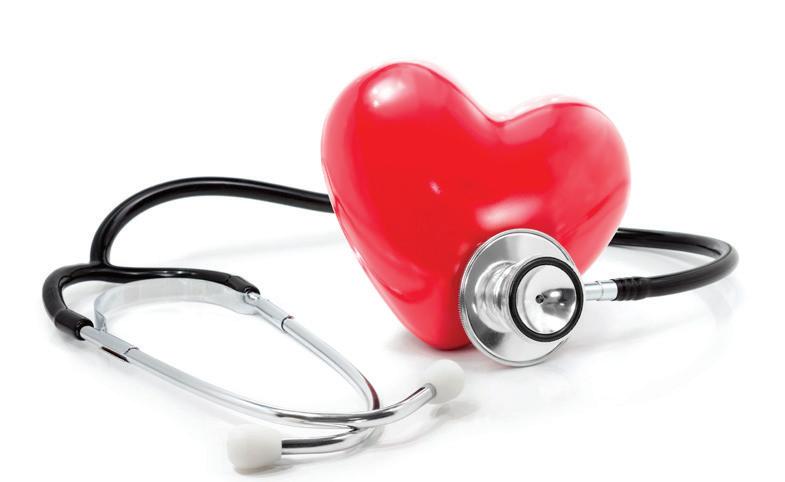
34 What Questions Should I Ask My Pregnancy Care Provider? Your pregnancy care provider is always there for you whenever you need them.


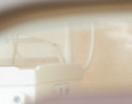











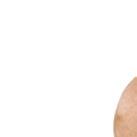






37 Why You May Get Readmitted to the Hospital Post-Birth

Healthcare professionals always want to ensure you are in good shape to enjoy time back home with your newborn.


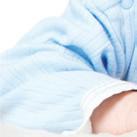
39 Is it Safe to Use Cannabis Products During Pregnancy? Steering away from cannabis use will allow baby to have a positive start in life.
40 Your Pregnant Plate is All About Optimal Nutrition!
Having a healthy diet of lean proteins, fruit, and vegetables during pregnancy will go a long way.
43 Here’s Why Skin-to-Skin is So Essential
Skin-to-skin contact helps creates a beautiful bond and make baby feel safe and secure.

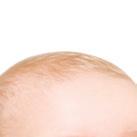
48 Healthy Sleep Habits Right from the Start Baby will sleep a lot but not necessarily always the same time as you!

50 How to Choose a Pediatrician
Choosing a pediatrician to care for your newborn is an important decision that you will want to make before you give birth.
52 Pediatricians Recommend Using Pacifiers with Baby from Birth




Pacifi ers are popular for a reason as they bring several benefi ts for your little one.
54 Must-Have Toys for Your Newborn Baby
When choosing toys for your newborn baby, stick to safe, simple items that encourage endless exploration and play.
57 Car Seat Safety: Get the Right Seat and

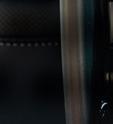




Assure baby is safe and secure so they can appreciate the ride.
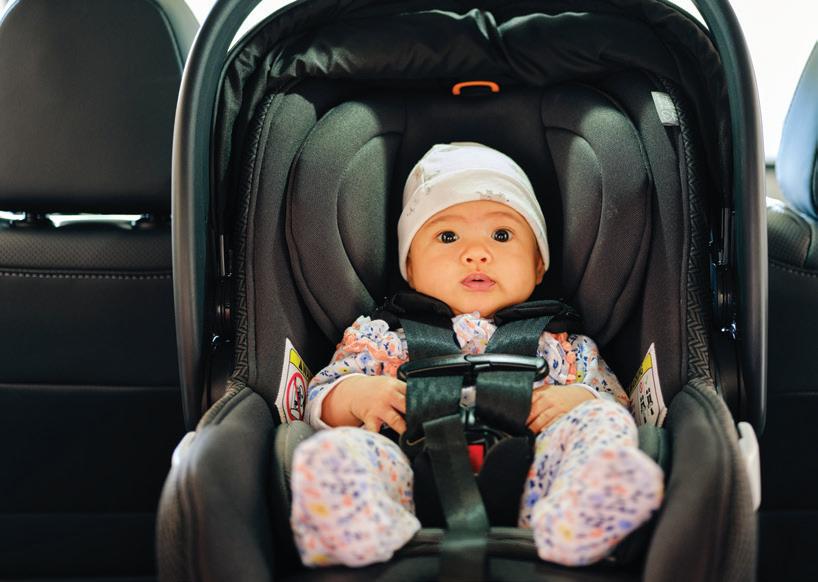
Why You May Get Readmitted to the Hospital Post-Birth Issue 34 / 2023 Contents
Your Heart Matters: Exploring Peripartum Cardiomyopathy Pediatricians Recommend Using Pacifiers with Baby from Birth Beginning Breastfeeding: Your Questions Answered Is Hookah Smoking Safe During Pregnancy Car Seat Safety: Get the Right Seat and Fit ◆ healthy moms ◆ healthy pregnancy ◆ healthy babies 19 33 52 37 26 57 11 New Mom Essentials for a Comfortable Postpartum Recovery Find out about the must-haves that moms use to ease their recovery. 12 Understanding Your Risks: High Blood Pressure in Pregnancy Managing your blood pressure can lead to healthy results for you and your loved one. 15 Top Must-Have Self-Care Items Following Vaginal or Cesarean
Fit
IMAGES: DREAMSTIME; GETTY IMAGES/ISTOCKPHOTO; LIGHTFIELD STUDIOSSTOCK.ADOBE.COM

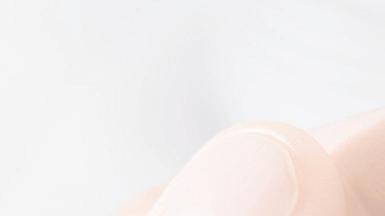





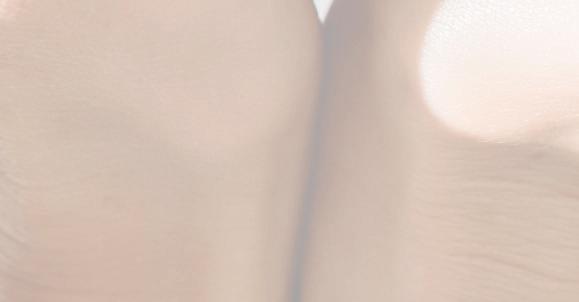
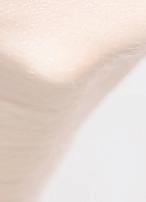






The 3-in-1 breastfeeding cup for collecting AND feeding breast milk Save leaking milk Hand expression Cup feeding Follow us! @kindestcup Available at
HEALTHY MOM&BABY EDITORIAL ADVISORY BOARD
LASHEA HAYNES MED, MSN, APRN, AGCNS-BC, RNC,C-EFM
Editor
Perinatal Potpourri, LLC Nurse Mentoring & Consulting Atlanta, Georgia
JAMIE VINCENT, MSN, APRN-CNS, RNCOB, C-EFM, C-ONQS
John Muir Health Walnut Creek, California
NIKITA JOHNSON, CPM-S, CBE, COBST, CNA, CD
Certified Doula & Professional Nurse Midwife Student Baltimore, Md
ALIAH THOMAS, RNC-OB Wellstar Health System Atlanta, Georgia
ESSENCE WILLIAMS, MSN, BSN, RNCMNN, CCB, LCCE
Southern New Jersey Perinatal Cooperative (SNJPC)
Crum Lynne, Pennsylvania
KIMBER STOVESAND, RN
Nomad Health Charlotte, North Carolina
LAKISA BALLARD, MSN, RN, C-EFM, RNCOB
Holy Cross Hospital Silver Spring, MD
SHAWANA S. MOORE, DNP, MSN, CRNP, WHNP-BC Emory University Atlanta, GA
RACHEL NAPOLI, DNP, PHN, CNS, RNCOB, IBCLC
Sonoma State University Petaluma, CA
JESSICA MCNEIL, DNP, APRN, CNM, RNCOB, C-EFM
Parkland Health & Hospital System Baylor University, School of Nursing Dallas, TX
HEATHER WATSON, PHD, MSN, RN
Johns Hopkins Health System Baltimore, MD
DANIELLE BEASLEY, PHD, RN, RNC-OB, CNE
University of South Florida Tampa, FL
JENNIFER PETERMAN, BSN, RN, IBCLC Hospital of the University of Pennsylvania Philadelphia, Pennsylvania
SHARON HITCHCOCK, DNP, RNC-MNN
University of Arizona College of Nursing Tucson, Arizona
SHABRITTANEY L. CONDOL, BSN, RNCOB
Baton Rouge General Medical Center Baton Rouge, Louisiana
NATALIE SHELTON, MSN, APRN, ACNS-C, FNP-C
Clinical Nurse Specialist & Nurse Practitioner Atlanta, Georgia
Join us on Facebook facebook.com/HealthyMomAndBaby
Prepare for Your Fourth Trimester
By Sandra Cesario, PhD, MS, RNC, FAAN
You’re likely familiar with the first, second and third trimesters of pregnancy—but did you know there’s a fourth? And it’s just as important for baby’s and your health as the first three.

The fourth trimester is comprised of your pregnancy recovery and baby’s first full year following birth. Your body also needs this time to heal from the many months of pregnancy, labor, and birth. This trimester is all about recovery and it’s full of physical, emotional, and mental transitions.
Seek support from family and friends for the days and weeks following birth. Having extra hands help with ordinary household tasks, caring for other children in your home, or running errands such as shopping, will help immeasurably.
As you recover, trust your instincts, and call your healthcare provider if you feel something’s just not right with you physically or emotionally. Here’s what you can expect from the first few weeks: Post-birth bleeding may last 4 to 6 weeks, and should get progressively lighter Swelling in your legs if you’ve had IV fluids; your legs should not feel warm or hot to the touch
Steady healing of the vaginal tissues or cesarean incision; pain and discomfort should steadily subside
Mood and emotional shifts including tearfulness, irritability, anxiety, feeling overwhelmed—these feelings should resolve within the first two weeks, but if they don’t, please contact your healthcare provider for additional care and support
Post-Birth Warning Signs
The following symptoms and signs after the birth of your baby should never be ignored—and in fact may require emergency care. Call your healthcare provider or 911 if you have: chest pain difficulty breathing fever (100.4 F or higher) a severe headache heavy vaginal bleeding seizures a red or swollen leg, painful or warm to touch incision that is not healing thoughts of hurting yourself or your baby
Wishing you a healthy pregnancy, labor, and birth. The nurses of the Association of Women’s Health, Obstetric & Neonatal Nurses (AWHONN), which publishes this magazine for their patients, will be by your side in the hospital providing expert care, comfort, and education toward your healthy best start with your newborn.
SANDRA CESARIO, PHD, MS, RNC, FAAN , is a professor and PhD program director in the College of Nursing at Texas Woman’s University in Houston, TX, and the AWHONN 2022 President.
IMAGES: DREAMSTIME
◆
AWHONN’s mission is to improve and promote the health of women and babies. Healthy Mom&Baby is powered by the nurses of AWHONN. ISSUE 34 / 2023 Healthy Mom&Baby 5
Ferretts®
Iron I like because it likes me.
Why is Iron Important?



Iron is an essential mineral which plays a key role in the making of healthy red blood cells. Without healthy red blood cells, your body doesn’t get enough oxygen. When you don’t get sufficient oxygen throughout your body, you’re going to be exhausted, which can affect everything from your brain function to your immune system’s ability to fight off infections. Iron deficiency in infants* may adversely affect the long-term neuro development and behavior, some of these effects may be irreversible.

Finish Strong

A whopping 80% of a full-term baby’s iron needs are accumulated during the mother’s third trimester of pregnancy, making adequate iron intake of most importance.

If you’re concerned you or your baby may be suffering from iron deficiency, talk with your health care provider before taking any iron supplement.

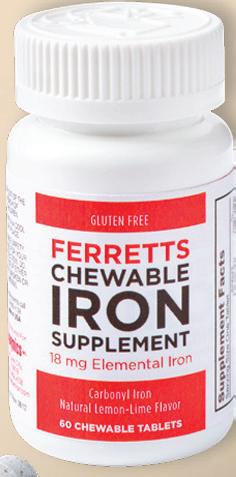


*These statements have not been evaluated by the Food and Drug
These products are not intended to diagnose, treat, cure or prevent any disease. Gentle and Effective — Feel the Difference Chewable, Tablet or Liquid
Administration.
Available at your Local Pharmacy, Ask the Pharmacist To order call 800-456-4138 or shop online at www.BetterIron.com and save 10% with coupon code: HMB10 (expires 1/1/23) Also available on Amazon
◆
AWHONN
AWHONN 2022 President
Sandra Cesario, PhD, MS, RNC, FAAN
Chief Executive Offi cer
Jonathan Webb, MPH, MBA
Senior Vice President, Strategic Partnerships, Communications & Meetings
Billie Robinson, MBA, CAE

Senior Director, Strategic Partnerships & Publications
Carolyn Davis Cockey, MLS, LCCE
Editor in Chief
LaShea Haynes MEd, MSN, APRN, AGCNS-BC, RNC,C-EFM
Assistant Managing Editor
Sofia Navard
MAITLAND WARNE
Group CEO & Publisher Kevin Harrington
Sub Editor Emmanuel Berhanu
Design Joanna Harrington Production Delicia Tasinda
Cover image © Getty Images/iStockphoto
Healthy Mom&Baby is published by Maitland Warne in partnership with AWHONN. © AWHONN, 2023. All rights reserved. All material in Healthy Mom&Baby is wholly copyright. Reproduction without the written permission of AWHONN is strictly forbidden.
Neither this magazine nor its contents constitute an explicit or implied endorsement by AWHONN or by Maitland Warne of the products or services mentioned in advertising or editorial content. The editorial content in this publication does not necessarily represent policies or recommendations by AWHONN. This publication is not intended to be exhaustive. While every eff ort has been made to ensure accuracy, neither AWHONN nor Maitland Warne shall have any liability for any errors or omissions. Readers who may have questions should consult their healthcare provider.
PUBLISHER MAITLAND WARNE 29 East Madison Street, Suite 809, Chicago, IL 60602, USA Tel: (312) 572 7729 www.maitlandwarne.com
EDITORIAL INQUIRIES
AWHONN Sofia Navard snavard@awhonn.org www.AWHONN.org
Stay Informed for Your Very Best Maternal Health
By LaShea Haynes MEd,
Happy Fall Y’all! My favorite time of the year, the temperature cools, the colors are so vibrant, and why not take it all in with a warm cup of apple cider! Or better yet did you know in every ½ cup serving of pumpkin you will receive a nice dose of protein, fiber, and 280% of the Vitamin A needed for the day!
Isn’t this great news to learn while enjoying a piece of pumpkin bread that boosts vitamin A in your body essential for embryo development and growth. Let’s not forget, Vitamin A is also used to maintain your immune system and it combines with special proteins to support color in your vision. So, eat up and enjoy that pumpkin flavor this season.
In this edition, you will enjoy learning a few things we have rarely talked about before like how hookah or cannabis can affect your pregnancy and your developing baby, and tips for all the party planning you may be doing in preparation for your new bundle of joy. Want new ideas for planning your gender reveal or baby shower? Those tips are provided by a real party planner, how exciting!
Remember to read more on the topics in the magazine, find the extended version of our articles, or further content on your favorite topics, at Health4mom.org.

Please follow us on Facebook and Instagram as well for news and updates. Additionally, if you have not already, please tune in to our Facebook live discussions on your favorite topics bimonthly.
As nurses, we’re here with you as you plan and go through a healthy pregnancy, labor, birth, and begin breastfeeding. This new year ahead will be even better than the last, so let’s stay in touch!
Have a great winter season and happy baby growing!
Yours Truly,
LaShea
IMAGES: TERRANCE PETERSON
LaShea Haynes, MEd, MSN, APRN, AGCNS-BC, RNC, C-EFM Editor in Chief, Healthy Mom&Baby
MSN, APRN, AGCNS-BC, RNC, C-EFM
ISSUE 34 / 2023 Healthy Mom&Baby 7
During a time of uncertainty, numerous supplements promise virus protection and immune boosting properties. However, unless they specifically address the most critical aspect of good overall health, that is the health of the gut, they miss the mark on the importance of the immune system.
Look for solutions with scientific support. Prebiotin Prebiotic Fiber is a simple, all-natural, gluten-free solution to address this critical need to strengthen and maintain a healthy immune system. No hype, science based, highest quality prebiotic from Oligofructose-enriched Inulin (OEI). Beneficial to every one of every age, especially our elderly population and those struggling with compromised immunity, as well as for yourself before, during and after your pregnancy.
As prebiotic pioneer, Dr. Frank Jackson first learned over 20 years ago, “A prebiotic is a food fiber that is present in plants. The very best of these make the good bacteria in the gut grow prodigiously and make good things happen in the gut and body. There is now significant experimental evidence in the medical literature these good bacteria strengthen the immune system by stimulating the immune cells to be resistant to infection.”
To learn more about gut immunity, watch Prebiotin founder, Dr. Frank Jackson, gastroenterologist, discuss how your immune system works.


Recent clinical studies are focusing more and more on the importance of the gut and it's myriad of related impacts on the rest of the body Formula manufacturers recognize the connection between breast milk, gastrointestinal tract health, and the development of the immune system - https://bit ly/prebiotin1
Recent studies are even examining the association between the composition of the infant microbiome and early childhood behavioral health - https://bit ly/prebiotin2
Some suggest these associations may be direct and sex-specfichttps://go nature com/3VwmY25
You can find updated information from the NIH here - https:// bit ly/prebiotin3


Check out Prebiotin's FDA submitted structure function claims to show how Prebiotin specifically supports health and immunitybottom of page https://bit ly/prebiotin4
Health Benefits and Cost Savings with Prebiotin® Prebiotic Fiber




Made of oligofructose-enriched inulin (OEI) derived from 100% chicory root, a rich source of prebiotic fiber, Prebiotin helps feed beneficial bacteria that crowd out undesirable bacteria. A wide range of benefits result, including:
Improved digestion
Enhanced immunity
Decreased risk of heart disease, diabetes, and cancer
Increased calcium absorption for stronger bones
Improved brain function

Frequent use of sanitizers and disinfectants will also contribute to less microbiome diversity going forward, which then can weaken our immune system, creating dysbiosis and resulting in increased inflammation and chronic diseases.
During this challenging time, when fiber-filled fresh fruits and vegetables m ay be hard to obtain, shelf-stable Prebiotin will enable you and your family to nurture the beneficial bacteria in your gut microbiome. Prebiotin is the fertilizer for your “inner garden” that is home to 80% of your immune system and can help you to “feel better, do more ”
This product is not intended to diagnose, treat, cure or prevent any disease.
Scan For More Information We always recommend consulting with your pediatrician or health professional when making dietary changes. Feel free to contact us at 855-good-gut for more information and visit us at www.prebiotin.com/kids SAVE 25% PLUS FREE SHIPPING Use Code Baby25 It’s all about Immunity for Mom, Baby and Family... Feel Better, Do More! One of the most important things you can do to benefit you, your baby and whole family's health is support your gut and strengthen your immune system.
Earlier Mammograms May Reduce & Prevent Advanced Breast Cancer

The U.S. Preventative Services Task Force says the decision to start breast cancer screening before age 50 should be an individual decision, and adds if women begin screening earlier, there’s more of a benefit than harm with screening once every two years between ages 40 and 49.
Now, researchers from the University of Ottawa in Canada say breast cancer screening before age 50 helps reduce advanced breast cancer. The study, published in Current Oncology, found less stage 2, 3 and 4 breast cancer in women ages 40-49 and less stage 2 and 3 breast cancer in women
ages 50-59 who began screening in their 40s.
“Women who are not screened in their 40s are presenting with later stage breast cancer in their 50s. This means more intensive treatment and a worse prognosis for these women than if their cancers were diagnosed at an earlier stage,” said Dr. Anna Wilkinson, associate professor in the Faculty of Medicine at uOttawa. Survival rates are affected by cancer stage at diagnoses. The five-year survival rate for stage 1 breast cancer is 99.8% compared to 23.2% for cancers diagnosed at stage 4.
Boost Potassium Intake to Protect Your Heart
Go bananas for bananas, avocados and salmon as these foods are protective against heart attacks, say experts in the European Heart Journal, which found that potassium-rich diets are associated with lower blood pressure, particularly in women with high salt intake common in diets with lots of processed foods.
“It is well known that high salt consumption is associated with elevated blood pressure and a raised risk of heart attacks and strokes,” said Professor Liffert Vogt of Amsterdam University Medical Centers in the Netherlands. Potassium helps the body excrete more sodium in the urine, especially in women. “The results suggest that potassium helps preserve heart health, but that women benefit more than men.”
In women, as potassium increases, blood pressure decreases. In fact, for every 1-gram increase in daily potassium, women can see a 2.4 mmHg drop in their systolic blood pressure (the “top” number signifying the pressure in your arteries each time your heart beats).
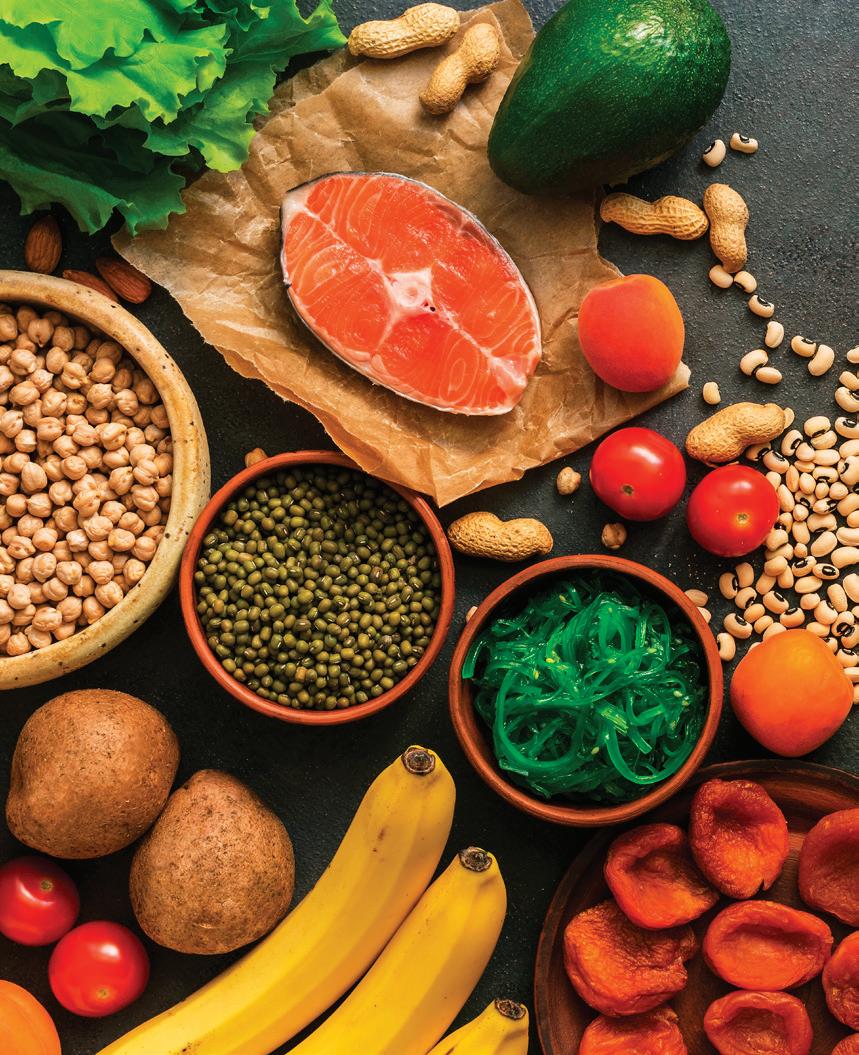
IMAGES: DREAMSTIME
healthy
Join us on Facebook facebook.com/HealthyMomAndBaby
moms
◆
ISSUE 34 / 2023 Healthy Mom&Baby 9
Seniors: Public toilets are often too low for older people to easily get up from. Having a pStyle allows the seniors in your life to use public facilities with confidence and dignity.





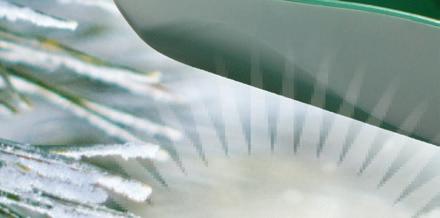

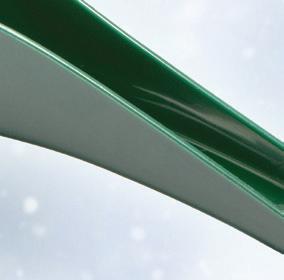



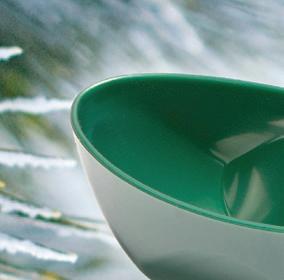






Stand up & pee with pStyle! Thepstyle.com Free shipping Bulk discounts Relieve the stress of holiday shopping with Pregnancy: pStyle
pee in public restrooms when
sit. Children:
pStyle
Looking for the perfect gift? HMB Winter Ad'.indd 1 11/11/2022 8:43:21 AM MOMS are with this CONVERTIBLE DIAPER BAG with All the Pockets For Work, Baby, Travel, & More The Bag That Does It All USE CODE HMB10 FOR AN EXTRA 10% OFF ANY PURCHASE Obsessed
allows the expectant parents on your holiday list to stand and
it is uncomfortable or undesirable for them to
With pStyle, kids can use public facilities in a more hygienic way.
has a variety of colors and carrying case designs to choose from. You’ll be able to get them something that is practical and fun!
Mom & Baby on the Go!
Essential Baby Gear to Get Out & About
By Carolyn Davis Cockey, MLS, LCCE







Following baby’s birth, the next most exciting moment is baby’s first car ride. Baby can’t even leave the hospital without being strapped into their car seat—and that’s going to be an infant car seat that may be part of a larger travel system to help you tote and roll them everywhere you go.
We’ve assembled the best advice from the experts on essential baby items you’re likely to need when getting out of house or home.
Baby’s First Car Seat
Keep your baby/toddler in a rear-facing car seat for as long as possible. All infants should ride rear facing through at least 1 year and longer as possible, as much as up through age 2+.
If your baby was born in the upper percentiles for height and weight, the American Academy of Pediatrics (AAP) suggests that your newborn remain rear-facing until they reach the highest weight or height limit allowed by the car seat manufacturer.
Tip: A convertible car seat typically has a heavier weight limit, and your child may be able to ride rear facing as long as their length and weight are appropriate for the seat. Find the right seat and size for your child at safecar.gov.
Buy a car seat that:
Fits your child’s appropriate age, weight, and height





















Passes inspection. Get your installed seat inspected at a certified car seat inspection station
Roll With Baby
Strollers open the big wide world for babies as they roll along. You’ll need
one that is stable and safe. Test to ensure your stroller can’t unlock and fold while baby is seated. Babies can become entrapped, have their fingers pinched or cut, or get injured when strollers topple over. For these reasons, the AAP recommends prioritizing the following features in any stroller you buy:
Lightweight






Easy to fold and store Wide wheelbase
Lockable brake without a brake release near baby’s hands or feet Harness that includes a seat belt Footrest
Baby’s Carrier or Sling
Get out and about hands-free with a front carrier or a sling during baby’s earliest months. Baby will love to feel your closeness and smell your familiar scent. Some slings even double as nursing drapes for those moments you nurse while running errands or visiting with friends.
Front or parent-facing baby carriers are generally considered safer than slings as they don’t have the same suffocation risks of slings when used improperly.
If your baby was born early, or has respiratory problems, avoid slings, front carriers, and backpacks as well as other upright positioning devices— these can make it harder for baby to breathe, say the experts at the AAP.






Also, avoid carriers that can push your baby’s body into a C-shape as this makes it harder for baby to breathe. Ensure baby’s face—especially their mouth and nose—is not covered by any




of the fabric or straps.




Tip: Wait until after baby is born and then “borrow” various carriers from other parents before you “buy” to determine the best kind of carrier for you and baby. Wider straps will help distribute baby’s weight on your body. A carrier with a padded frame will feel more cozy for yourself and for baby.

If you opt for a sling, wait until baby is 4 months old to reduce suffocation risks; and have a friend help you when you’re learning to use it according to the manufacturer’s instructions. Slings require ongoing adjustment. Avoid any carrier or sling where baby’s head rests with their chin upon their chest, which can block their airway.

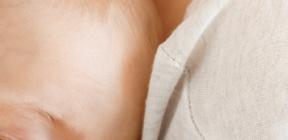
Wait until baby can confidently hold their head with their neck for longer periods of time before using a backpack carrier. Each time you wear baby in the carrier, ensure the straps are secure and aren’t pinching baby’s arms or legs. Also, consider a sunshade for a front or back backpack carrier. Avoid “spilling” baby out of the carrier if you bend down to pick something up as you may also inadvertently hurt your back. Ensure that all openings in any backpack carrier or sling is padded and doesn’t pinch or impede baby’s movements or breathing.
With just a little gear and preparation you and baby will be off on the kind of adventures that build lifetime memories.
IMAGES: DREAMSTIME
CAROLYN DAVIS COCKEY, MLS, LCCE , is the founding editor of Healthy Mom&Baby, Senior Director of Partnerships & Publications at AWHONN, and a Lamaze-Certifi ed childbirth educator in Sarasota, FL.
ISSUE 34 / 2023 Healthy Mom&Baby 11 healthy moms
Understanding Your Risks: High Blood Pressure in Pregnancy
By Rachel Napoli, DNP, CNS, PHN, RNC-OB, IBCLC
Has your pregnancy provider told you that your blood pressure in pregnancy is higher than normal? High blood pressure, also called hypertension, can put both you and your baby at risk of problems and complications.
High blood pressure can also cause problems during birth and recovery. The good news is that high blood pressure is preventable and treatable. High blood pressure is common and complicates as many as 10% of pregnancies.
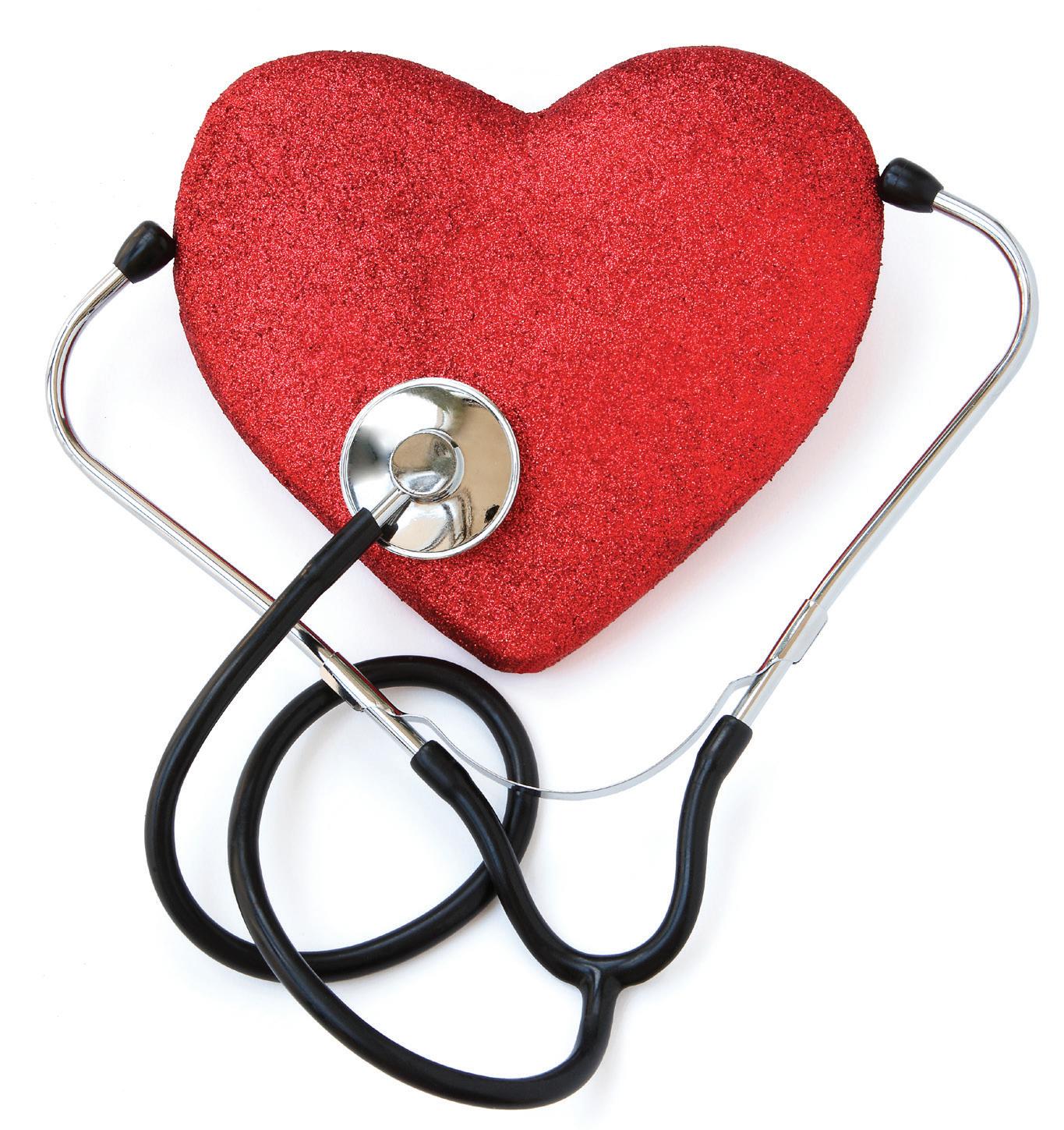
Managing your blood pressure during pregnancy can help ensure a healthy outcome for both you and your baby. Getting treatment for high blood pressure is important before, during, and after pregnancy. Blood pressure is a silent sign, meaning you must actively measure it to and track it over time to know if your blood pressure is normal or worsening.
High Blood Pressure in Pregnancy
You’re at risk of high blood pressure in pregnancy if you’re obese, have high blood sugar, or have uncontrolled diabetes.
Protect your health, and baby’s too, in pregnancy with the following actions:
h Avoid excessive salt and caffeine
High Blood Pressure Complications in Pregnancy
For Mom: Having high blood pressure in pregnancy can lead to:
X Stroke
X Needing your labor induced
X Placenta separating from the wall of your uterus (this is an emergency)
For Baby: Mom’s high blood pressure can affect baby by:
X Leading to preterm birth (birth before 37 weeks)
X Low birth weight (baby born less than 5 pounds and 8 ounces)
h Stop smoking if you use tobacco h Eat a balanced diet of healthy foods h Check your blood pressure regularly at a pharmacy or with an at-home blood pressure monitor
How Where You Live Affects Your Blood Pressure
There are living conditions that can affect your health, including increasing your risk of high blood pressure. These conditions are called “social determinants of health,” meaning they can put you and your health at risk, including during pregnancy. These conditions and factors include:
h Living in poverty, with little to no access to transportation or safe housing
12 health4mom.org healthy moms
h Living in unsafe or unhealthy conditions
h Lacking access to nutritious food and grocery stores with fresh food (what’s called a “food desert”)
h Living in or near a polluted environment
h Not having safe, clean water
h Living with an abusive individual or partner
h Experiencing “weathering,” which is when a person of color faces ongoing racism or discrimination in their life—the cumulative effect of which accelerates disease
Stress & Your Blood Pressure
Your body is designed to deal with short-term periods of stress. When those stressors don’t go away, you live in a state of chronic stress. This chronic stress affects your body at the
cellular level, damaging your body’s system, which in turn can increase your blood pressure.
For babies, your high blood pressure makes it harder for baby to get enough oxygen and nutrition to grow, which can lead to the risks of being born too early and being born at a low birth weight.
For Black American mothers and other people of color, “weathering” is the deterioration of their everyday health because of ongoing racism and discrimination, the result of which creates chronic stress, premature aging, and overall early health deterioration. If you’re living with persistent racism and discrimination, your body may experience weathering and start to decline earlier than the normal aging process. Weathering puts you at high risk of chronic diseases earlier in life, including high
blood pressure.
A healthy routine is to discuss your blood pressure with your healthcare providers at every checkup, during pregnancy, and after giving birth.
RACHEL NAPOLI, DNP, PHN, CNS, RNCOB, IBCLC , is an Assistant Professor of Nursing at Sonoma State University (SSU). She also serves as Assistant Director of the Pre-Licensure BSN Program. She is the lead course instructor for the Care of the Childbearing Family course. She has a passion for expanding baby friendly initiatives and breastfeeding.
Concerning Signs Related to High Blood Pressure
Partner with your pregnancy care provider to manage your personal blood pressure risks, if any, during pregnancy. Ask what specific steps you can take to monitor and ensure you maintain healthy blood pressure throughout pregnancy.

Watch for these concerning signs and symptoms that may mean your blood pressure is beyond a normal range:
X Headache, especially if it comes on strong and suddenly
X Changes in your vision (seeing spots, blurry vision, etc.)
X Puffiness or swelling in your feet, legs, hands, or face, especially if icing or relaxation doesn’t reduce the swelling
X Nausea or vomiting
X Pain below your ribs around your upper belly
X Decreased fetal movement; it’s important to feel for your baby’s movements each day and to “count” baby’s kicks to reassure yourself baby is OK. Contact your pregnancy provider if you notice decreased kicks or movements from your baby
IMAGES: DREAMSTIME
ISSUE 34 / 2023 Healthy Mom&Baby 13 healthy moms




Top Must-Have Self-Care Items Following Vaginal or Cesarean Birth


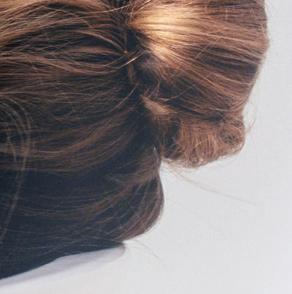
 By Shawana S. Moore, DNP, MSN, CRNP, WHNP-BC
By Shawana S. Moore, DNP, MSN, CRNP, WHNP-BC
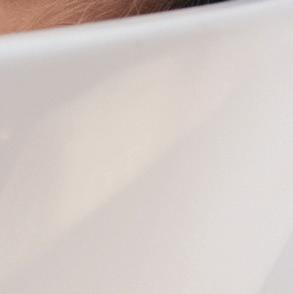






















































Recovery after giving birth— either vaginally or by cesarean surgery—can take at least 4-6 weeks, or longer. Recovering from birthing requires time and patience as your body heals. As you embrace your post-pregnancy phase, please take time to allow yourself to heal and transition with your new baby.


Stash These Items Before Birthing
To support you during this process, here’s a list of “must have” items most nurses recommend in aiding your restoration. You may experience a wide range of symptoms during the first six weeks of your postbirth recovery. You can expect to have bleeding, perineal pain, sore nipples, fatigue, constipation, just to name a few. Stash these helpful
























items at home to support your recovery process.
Maternity Pads: Your uterine lining was home for baby, and it will now shed after the birth causing vaginal bleeding known as lochia. The bleeding will be like a long, heavy period, and you may bleed for 3-10 days. Some women continue to have spotting for another six weeks. You should exclusively use pads during this time as tampons can introduce bacteria into the vagina canal.
Perineal Spray: An over-the-counter local pain spray, ointment, cream, or pad will help with postpartum perineal pain. Some perineal sprays contain benzocaine, ale, lanolin, and menthol, which soothe and moisturize damaged skin.
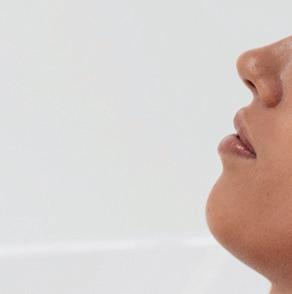

Peri-Rinse Bottle: You will likely receive a peri-rinse bottle at the hospital; it will be helpful to keep your perineal area clean and infection-free. This is especially important if you had an episiotomy or tearing during birth. Rinsing with warm water after urination helps reduce a burning sensation some women experience, and it keeps the area clean.
Warm Bath or Sitz Bath Device: Soak in a warm bath daily for 1520 minutes to ease perineal pain following vaginal birth. Warm baths provide relaxation, reduce itching, and soothe soreness. Don’t have a bathtub? Use a sitz bath basin you can rest on your toilet seat filled with warm water.



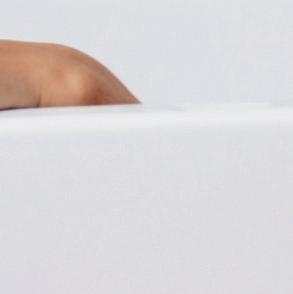



IMAGES: ADOBE STOCK
ISSUE 34 / 2023 Healthy Mom&Baby 15 healthy moms
Stool Softeners: You may have weakened adnominal muscles and constipation from using pain medication during or after birth. Drink plenty of water, fill up on fiber, and take short walks to get your system back on track.
Perineal Cooling Pad: Apply a cooling pad to your perineum every couple of hours for the first day or two following a vaginal birth to reduce swelling and discomfort. Some perineal cooling pads absorb bleeding and don’t require freezing for use.
Overnight Nursing Bra: Wearing a well-fitted and comfortable nursing bra is an essential part of your wardrobe post-pregnancy. Cotton/ spandex blend products are excellent because they’re soft and stretchy. You may want to avoid bras with hooks, plastics, or metals, to be more comfortable.
Nursing Cooling Pads: You may experience sore or cracked nipples while nursing. Using a cooling pad made for sore nipples can soothe and heal your breasts. Consider storing them in the refrigerator for added cooling comfort.
Organic Coconut Oil: Coconut oil is great for soothing sore nipples as it moisturizes irritated skin.
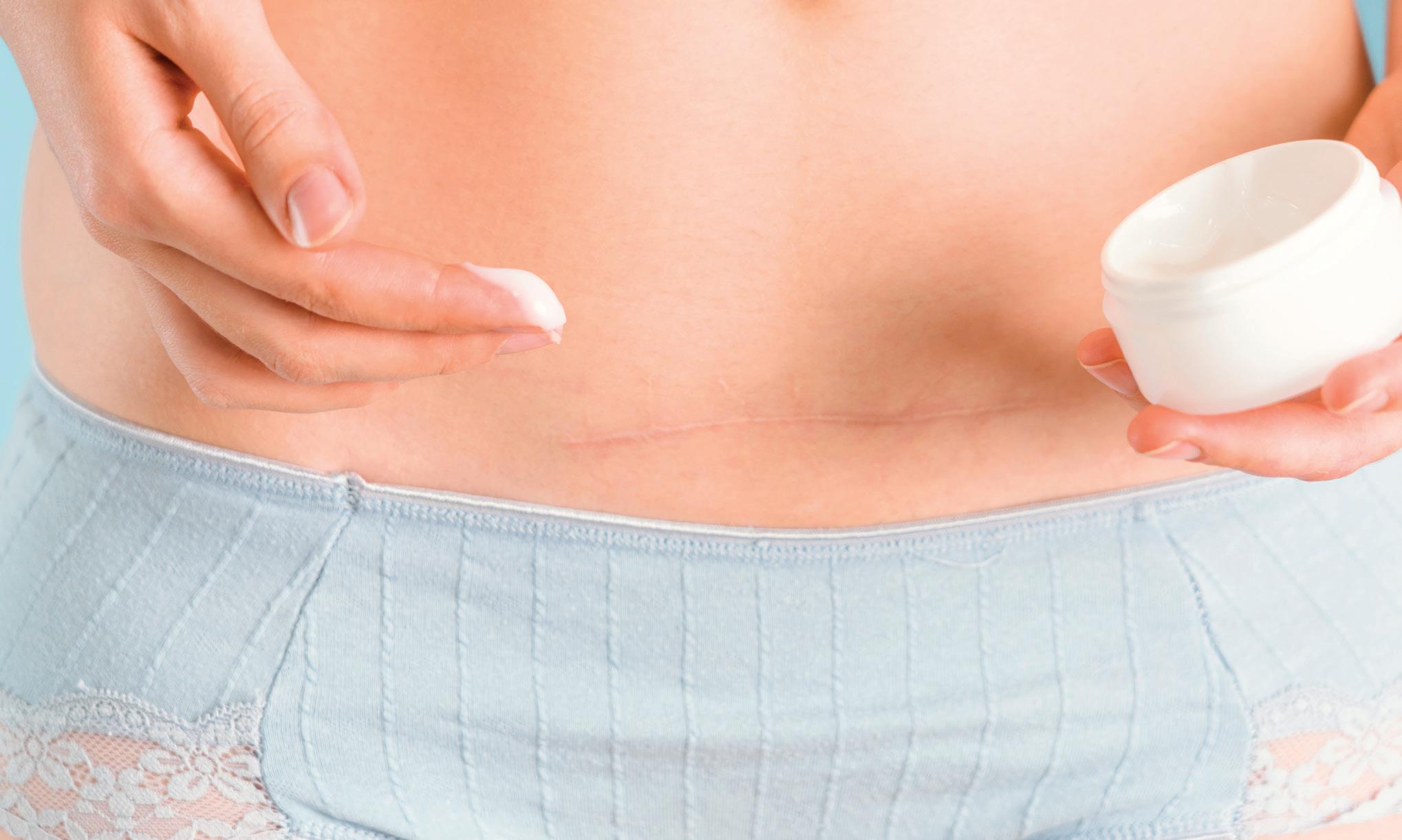
Recovering From Cesarean Birth
Recovering from a cesarean birth typically takes longer than from a vaginal birth. It may take at least four to six weeks at home before you feel somewhat back to normal. Stash these products for extra help and support:
Cesarean Scar Prevention: You can use creams and scar ointments to assist in reducing the appearance of your cesarean scar and promote its healing.
Postpartum Belly Binder: A belly binder can support your stomach, and the incision site, by helping decrease pain and discomfort following cesarean surgery.
Supportive Underwear: Wearing high-waisted underwear that doesn’t rub across the incision will cut down on irritation and itching in the healing scar area.
Nursing Pillow: Using a breastfeeding/chestfeeding pillow is a great way to keep pressure off your tender stomach. Additionally, consider using a nursing pillow against your incision when sneezing or coughing to provide additional abdominal support. You may also want a pillow that provides back and lumbar support, especially after cesarean surgery.
IMAGES: DREAMSTIME
16 health4mom.org healthy moms
SHAWANA S. MOORE DNP, MSN, CRNP, WHNP-BC , is a women’s health nurse practitioner. She serves as an Assistant Professor and the Director of the Women’s Health Gender-Related Nurse Practitioner Program at Jefferson College of Nursing.

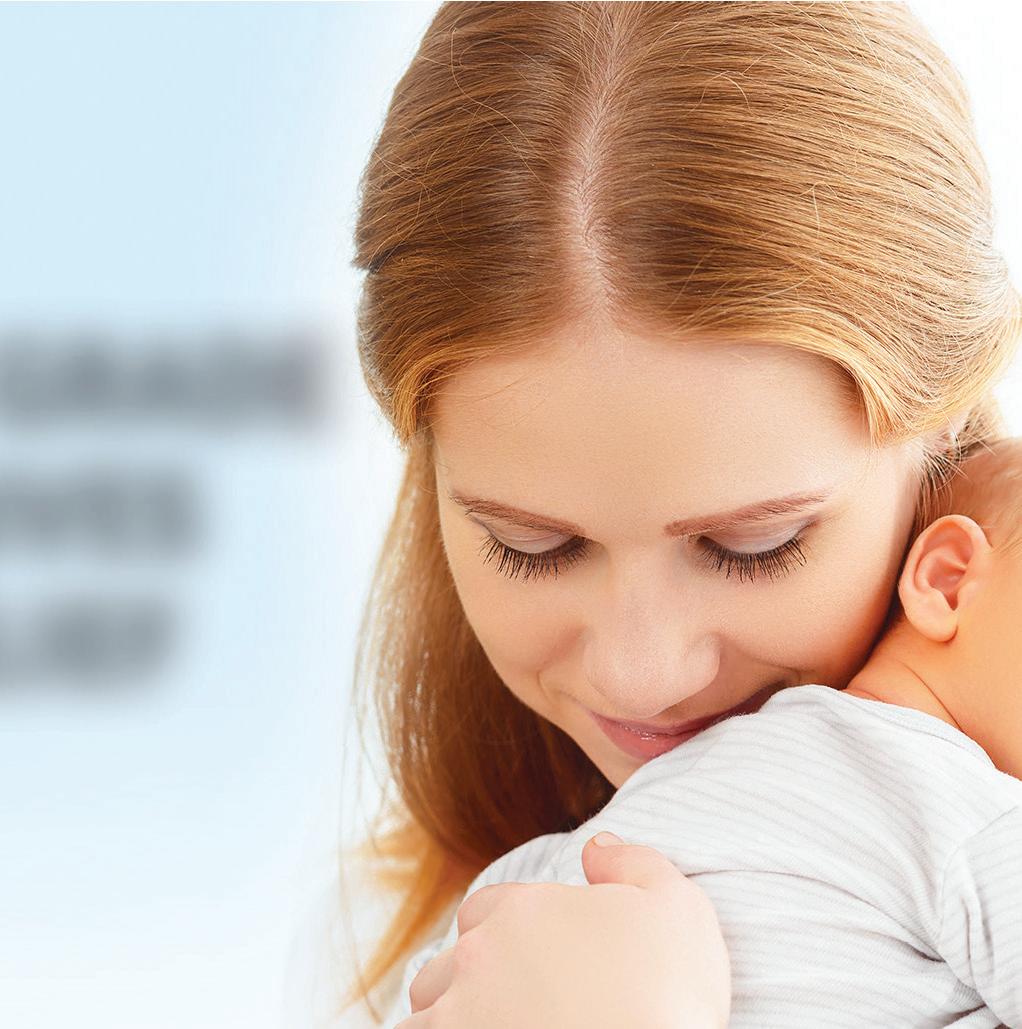


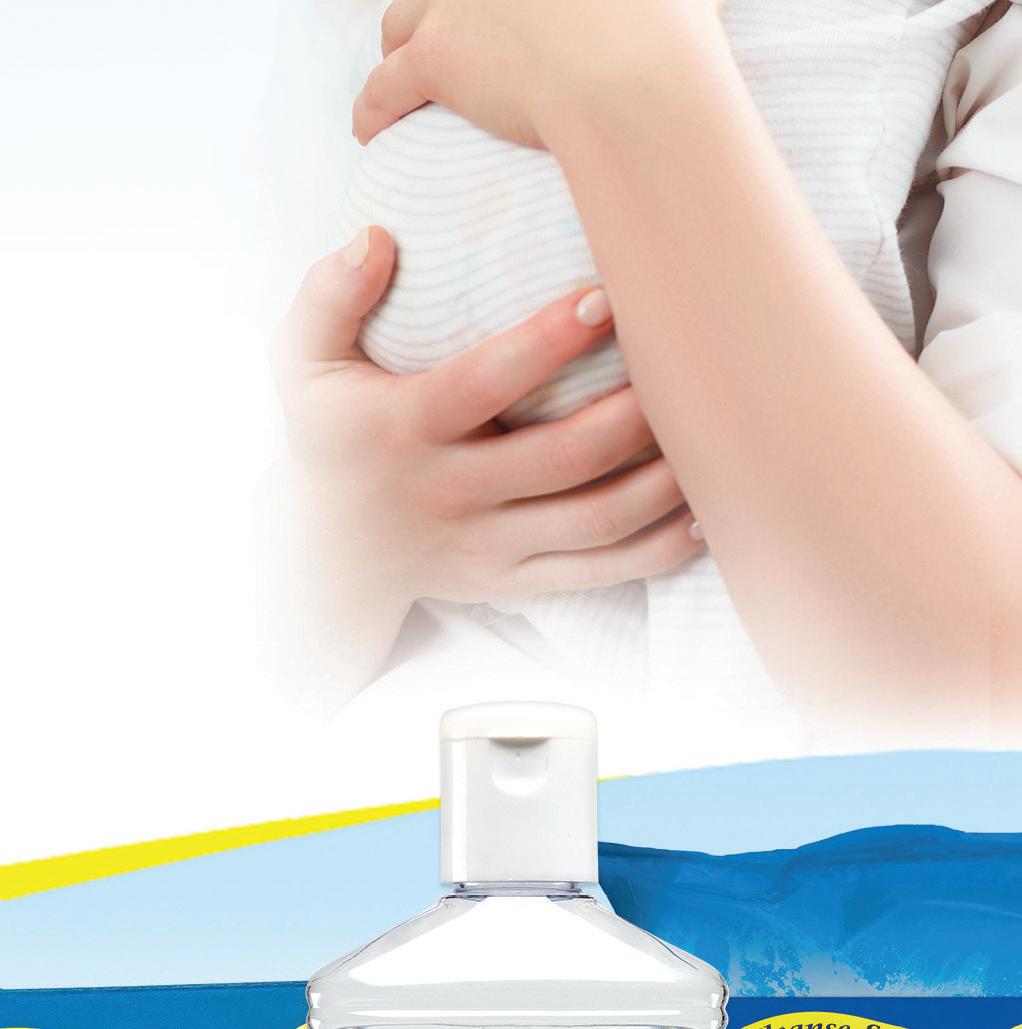



Promoting Healthy Milk Supply From The Start
Having that unfulfilled sensation when pumping? Baby fussing unhappily during feedings? Here’s a comforting thought: Moms are created to naturally feed their offspring and keep them satisfied.
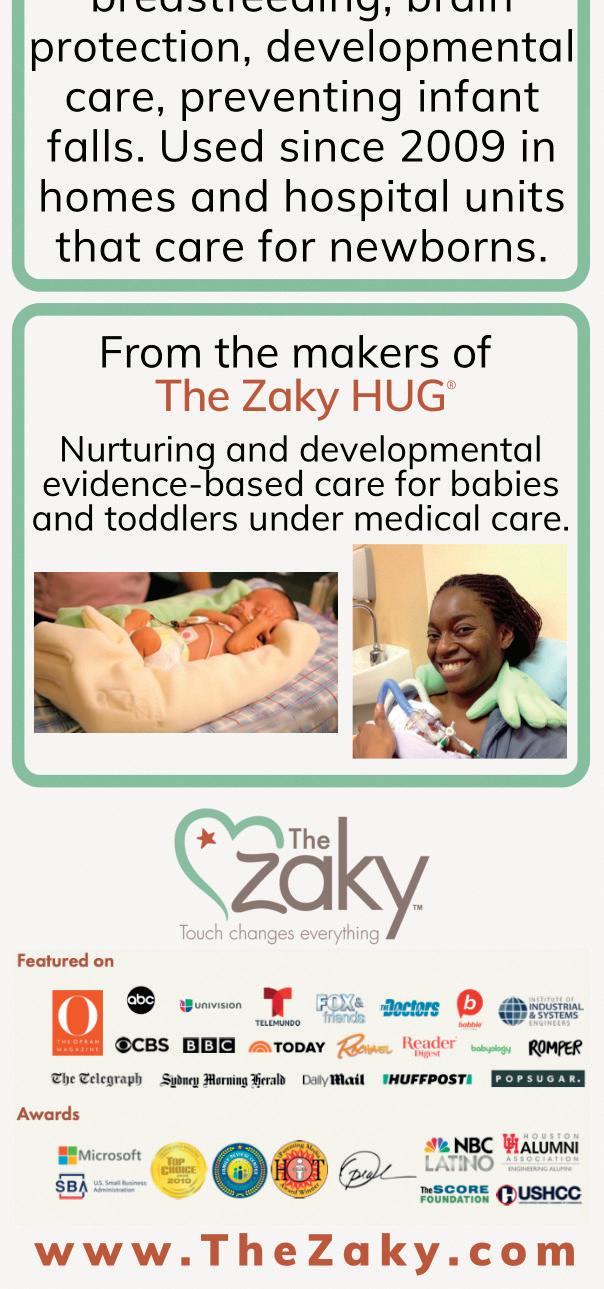



Mom’s diet plays a huge role in milk supply. Certain herbs (mint, sage) weaken supply. Other foods are known to boost supply (avocado, brown rice).
With all that, who’s not looking for a quick snack to boost energy and supply… Mommy’s Cookie Jar cookies don’t merely taste great but contain the finest quality of key ingredients known to augment Mom’s milk supply. These include brewer’s yeast, flaxseed and oats.
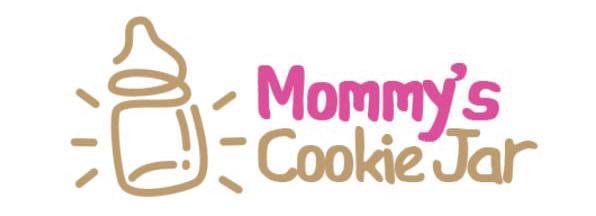
The New Mom Starter Kit comes with a variety of flavors, such as White Chip Cranberry and Mocha Chip, in convenient packs of two to grab and go.

www.mommyscookiejar.com @MommysCookiejar
Made by a mama for her own baby, Toki Mats are 100% non-toxic, easy to clean, and portable. All natural plant latex Organic, globally-certified materials Supports gross motor development Over 1,000 5-star reviews Meet the super soft play mat of your dreams. Use code HealthyMom10 for 10% off
Beginning Breastfeeding: Your Questions Answered
By Helen Hurst, DNP, RNC, APRN-CNM
Breastfeeding is wonderfully natural and simple, yet it is complex enough to fill books on the subject. As you look forward to completing pregnancy and welcoming your new little one, here are answers to the most common questions from
first-time moms about beginning breastfeeding.
Talk to your healthcare provider about your breastfeeding goals to ensure your whole labor and birth team work together to get you and baby off to a wonderful start.
When Can I Start Nursing My Newborn?
Experts agree that it’s best for moms and babies to begin nursing as soon after baby’s birth as possible—well within the first hour—if all is well. You can even breastfeed following cesarean

IMAGES: LIGHTFIELD STUDIOSSTOCK.ADOBE.COM
ISSUE 34 / 2023 Healthy Mom&Baby 19 healthy moms
by asking to have baby placed on your chest while your incisions are being closed. If this isn’t possible, you can begin nursing in the recovery room.
Your baby’s natural instinct to nurse peaks within 30 minutes of birth and getting right down to nursing gives baby the protective effects of colostrum (the first pre-milk you produce during pregnancy), which will help protect baby against infection, and helps baby act on their natural desire to suck and swallow. Nursing also gives you a natural oxytocin (“love” hormone) boost that will help your uterus begin to shrink and help prevent excess bleeding.
If you’ve had medicine or an epidural during labor, this can sometime make baby’s reflexes a little sluggish. But don’t worry; having your baby on your chest, skin-to-skin, will help awaken those natural urges to feed.
How Long Will It Take for My Milk to Come in?
The thicker, yellowish and protein-rich pre-milk called colostrum will flow for
the first few days and will give your newborn important immunity against illness and infection. Colostrum helps baby pass meconium—that sticky, black first poop you may have heard of. Colostrum is very rich and your baby only needs a few teaspoons to satisfy their small tummy for the first few days.
It is considered the perfect food for infants and it will be present in your milk for up to 2 weeks as it gradually shifts over to what looks like regular milk. Your milk will “come in” between days 3-5, and sometimes it will squirt out so quickly that baby will get a milk shower. If you find your milk initially flows too fast, try to first pump a little off so that baby doesn’t have to gulp to keep up with the flow.
How Often Should I Nurse My Baby?
The latest evidence and experts agree that breastfed babies should eat “on demand.” Babies should eat when they’re hungry, nursing until they lose interest in each feeding. In those first

few days, that could mean as often as every 2 hours for as many as 8-12 feedings in the first 24 hours!
Your baby’s need to eat will gradually transition to every 2-3 hours during the day and every 4-5 hours at night, although some babies keep the 2–3 hour schedule for several months. Nursing takes a lot of energy so eat when baby eats, and rest when baby rests. You’re recovering from pregnancy and birth, too, and breastfeeding is one way your body forces you to relax, nurse, and sleep when baby sleeps.
Eventually, you will get into a feeding pattern and the time spent nursing will decrease even as the time between feedings increases. As baby grows, these patterns will change, and you may notice that baby increases their nursing right before a growth spurt.
Nursing is tiring, but you will never regret the time you spent providing your baby with your milk that was specifically designed for their needs!
HELEN HURST, DNP, RNC, APRN-CNM , is a nurse expert adviser to Healthy Mom&Baby
IMAGES: DREAMSTIME
20 health4mom.org healthy moms
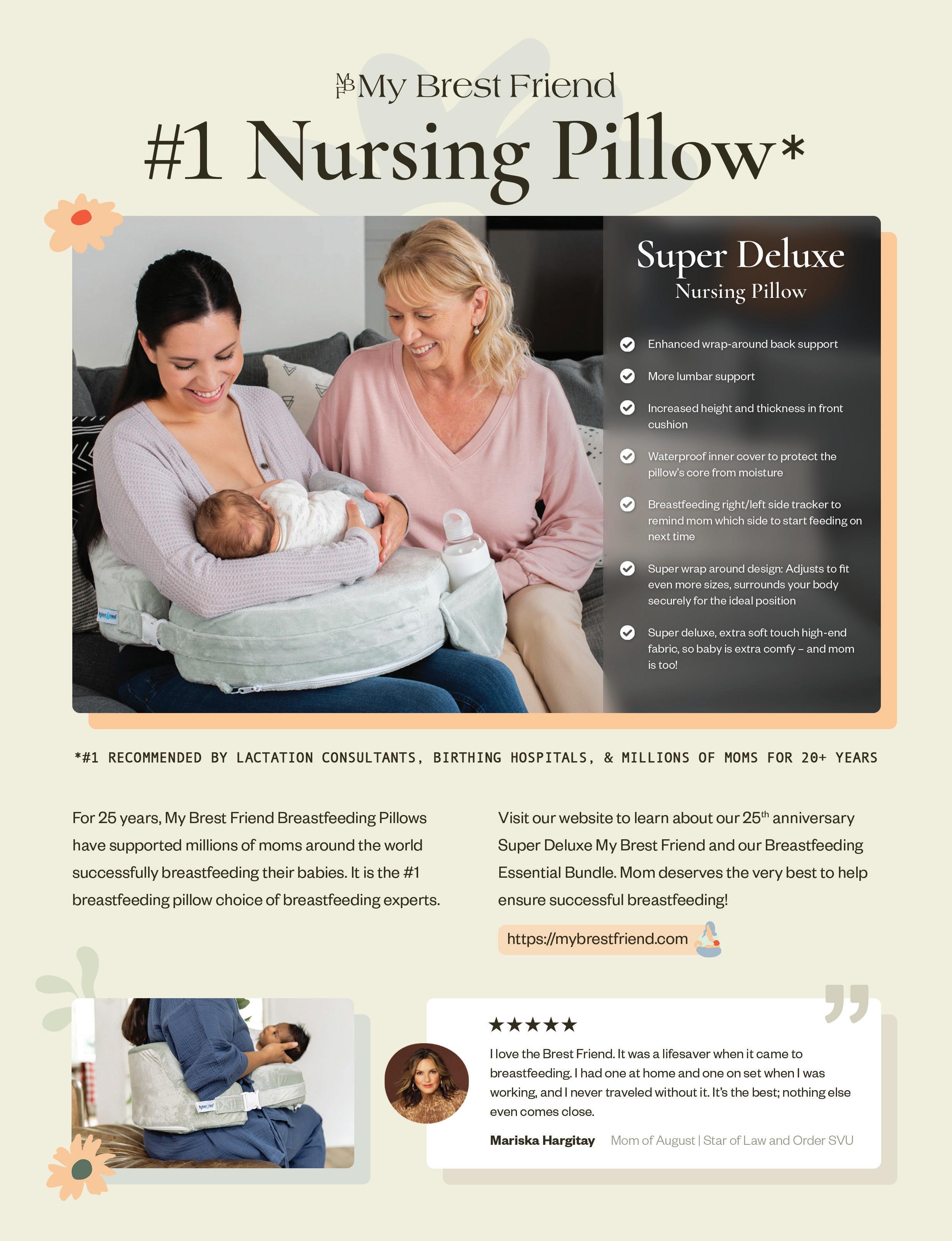







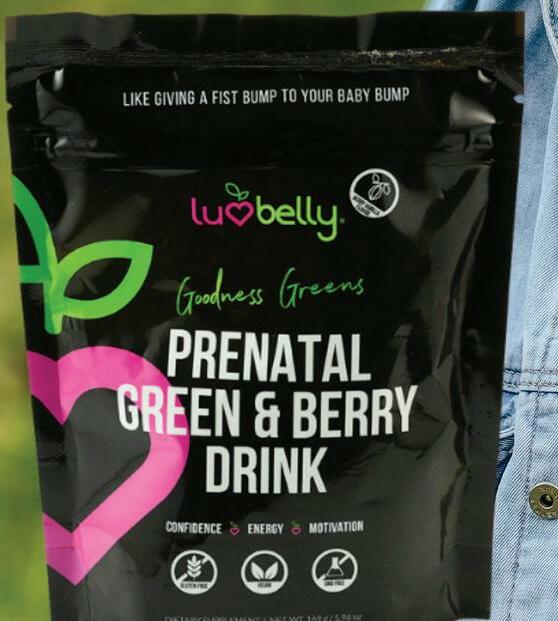





Nutrients for two, packed in one powerful scoop. THE PRENATAL GREEN DRINK TO NOURISH YOUR BODY & BABE. Scan the QR code and enter FREESHIP at checkout for free shipping. • 100% safe ingredients for fertility, pregnancy and beyond • Produce aisle, wholefood ingredients that you can actually pronounce • Pregnancy-perfect blend created by doctors and moms • Delicious nourishment for you & baby. One scoop in 8 ounces of water... That’s it! LUVBELLY.COM ALSO AVAILABLE ON Follow us HealthyMomAndBaby
◆ healthy pregnancy
COVID-19 Vaccines Don’t Increase Risk
New research continues to show that getting vaccinated against Covid-19 while pregnant doesn’t increase prenatal risks for preterm birth, birthing a baby who is small for their gestational age at birth, or stillbirth, concluding a large study from Canada published by the medical journal, The BMJ.







Covid-19 infection is far riskier during pregnancy and is linked to increased risks of complications, including hospital admission, preterm birth, stillbirth, and even death during pregnancy, researchers note.
Using maternal immunization and
newborn birth records from May 2021 through December 2021 among babies born after 20 weeks of gestation, researchers assessed a wide range of factors to assess for risks of Covid-19 immunization, including mother’s age at the infant’s birth, pre-pregnancy body mass index, reported smoking or substance use during pregnancy, preexisting health conditions, number of previous live births and stillbirths, and area of residence and income.
Of 85,162 births, half occurred in women who received one dose or more of a Covid-19 vaccine during pregnancy, mainly Pfizer-BioNTech or Moderna.
The researchers found that vaccination during pregnancy didn’t increase an infant’s overall risk for:
Small for gestational age at birth (9.1% among vaccinated versus 9.2% among non-vaccinated)
Preterm birth (6.5% versus 6.9%) Spontaneous preterm birth (3.7% v 4.4%)
Very preterm birth (0.59% v 0.89%) Stillbirth (0.25% v 0.44%).
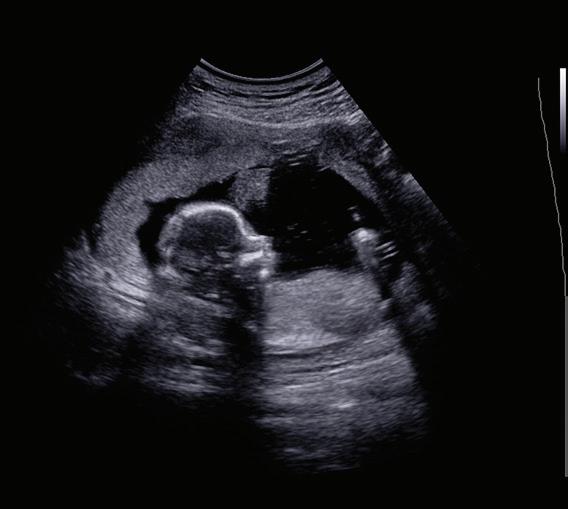
These findings remained the same regardless of the trimester in which the vaccine was given, number of doses received, or which vaccine received.
We’re Expecting!
Looking for Instagram-worthy ways to announce your wee one? From pics to pumpkins, here are a few delicious and fun ways to share your joy: Let a decorated cook deliver the update Post your ultrasound image featuring baby’s due date Carve a pumpkin to feature your bumpkin’s expected arrival Pin a pic of tiny baby shoes with the impending birthday Embellish a bandana with baby’s anticipated arrival

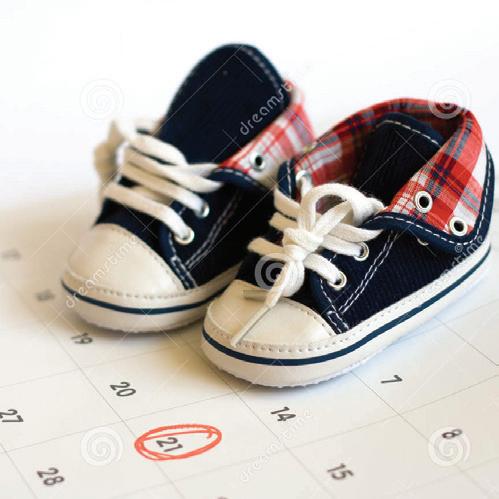
May 6 IMAGES: DREAMSTIME
ISSUE 34 / 2023 Healthy Mom&Baby 23 Join us on Facebook facebook.com/HealthyMomAndBaby
Safe Travel During Pregnancy, Trimester by Trimester
By Jamie Vincent, MSN, APRN-CNS, RNC-OB, C-EFM
As the pandemic-era travel restrictions are lifted, you may be dreaming of a vacation away from home. Where can you safely go while pregnant? What activities can you safely engage in? Let’s explore safe travel during pregnancy.

Safe Travel by Trimester
Each trimester of pregnancy presents different considerations for safe travel and your own medical history and risks may affect your options. No matter your stage in pregnancy, you may want to discuss your travel plans with your pregnancy care provider. They can help you make decisions based on your health and pregnancy considerations.
First Trimester Travel
In the first trimester (weeks 1-12), morning sickness, fatigue, and the frequent need to go to the bathroom may dampen your desire to travel. The motion of a car, bus, or cruise ship may worsen morning sickness.
If you have a history of miscarriage or threatened miscarriage, travel during your first trimester may need to be avoided. However, the first trimester may also be a time where the normal physical changes of pregnancy are less obvious and allow you to continue to enjoy activities that you did before you were pregnant. Although bathroom trips may be more frequent and need to be planned for, if you are healthy, travel is considered safe during the first trimester of pregnancy.
24 health4mom.org healthy pregnancy
Second Trimester Travel
The second trimester (weeks 13-26), or mid-pregnancy, may be the best time to travel. Morning sickness has usually resolved or is less severe, your energy has returned, and the baby and your uterus is small enough to allow you to move around easily. Also, cruise ships and airlines have fewer restrictions for travel during this trimester.
Third Trimester Travel
As you approach the last couple months of pregnancy, during the third trimester, the physical changes in your body are the most evident and may make travel more uncomfortable and possibly more challenging. Long car rides and flights may be both strenuous and uncomfortable and may put you at an increased risk for blood clots.
This is also a time when airlines and cruise ships have the greatest restrictions for travel during pregnancy. For example, most cruise lines won’t permit travel after 24-28 weeks of pregnancy. Most airlines will allow travel up to 36 weeks of pregnancy but may require a note from your pregnancy care provider stating that you are fit to travel beyond 36 weeks of pregnancy.
International flights may restrict travel after 28 weeks. Check with your airline for their restrictions and speak with your pregnancy care provider to see if you are safe to travel. As you approach the last few weeks of your pregnancy, you may want to select travel destinations closer to home, decreasing travel time and keeping you closer to your planned birthing provider and location.
With a bit of careful planning and possibly an adjustment to your activities or destination, you can ensure that you and your baby are safe and comfortable during travel.
 JAMIE VINCENT, MSN, APRN-CNS, RNC-OB, C-EFM is a nurse expert adviser to Healthy Mom&Baby
JAMIE VINCENT, MSN, APRN-CNS, RNC-OB, C-EFM is a nurse expert adviser to Healthy Mom&Baby
Healthy Pregnancy Travel Tips
X Discuss your travel plans with your pregnancy care provider to help determine your safest options
X Avoid travel to areas where you might be exposed to Malaria, Zika virus, or other communicable diseases
X Know where you can get pregnancy care at or around your travel destination
X Plan to frequently wash your hands and use hand sanitizer if soap and water are not available
X Wear a seat belt when traveling in all forms of transportation, including cars, buses, and planes –place the lap strap below your belly and the shoulder strap (if available) above your belly
X Plan for frequent stops or opportunities to walk around, go to the bathroom, and to stretch and move your legs
X Wear comfortable clothes that are not too tight or restrictive and comfortable shoes
X Consider compression socks to help reduce swelling in your feet and lower legs
X Stay hydrated – drink plenty of water. Make sure your travel destination has access to safe drinking water – if in doubt, bottled water is recommended
X Take healthy snacks with you for the trip
X Pack a health kit including any prescription medication, prenatal vitamins, antacids, or anti-nausea medications that you might need to have at hand. Don’t forget your sunscreen
X Avoid activities that put you at risk for falling or injury, as well as activities that are bumpy or jarring - for example, rock climbing, off-roading, riding ATVs or jet skis, water or snow skiing
X Swimming and snorkeling are generally safe activities, but experts recommend avoiding scuba diving during pregnancy
X Routine vaccinations for influenza (flu), COVID-19, and Tdap are usually recommended by obstetric providers prior to travel, and additional vaccinations may be recommended depending on your destination. Check with your obstetric provider for their recommendations so you can make an informed decision
IMAGES: DREAMSTIME
You may be advised not to travel if you have any of the following concerns or history: X Premature (preterm) labor X Early cervical changes (where the cervix opens too early during pregnancy) X History of bleeding, placental abruption, or placenta previa in pregnancy X High blood pressure X History of early pregnancy loss X History of going into labor early in previous pregnancies X Severe nausea or morning sickness Pregnancy Concerns that May Restrict Travel ISSUE 34 / 2023 Healthy Mom&Baby 25 healthy pregnancy

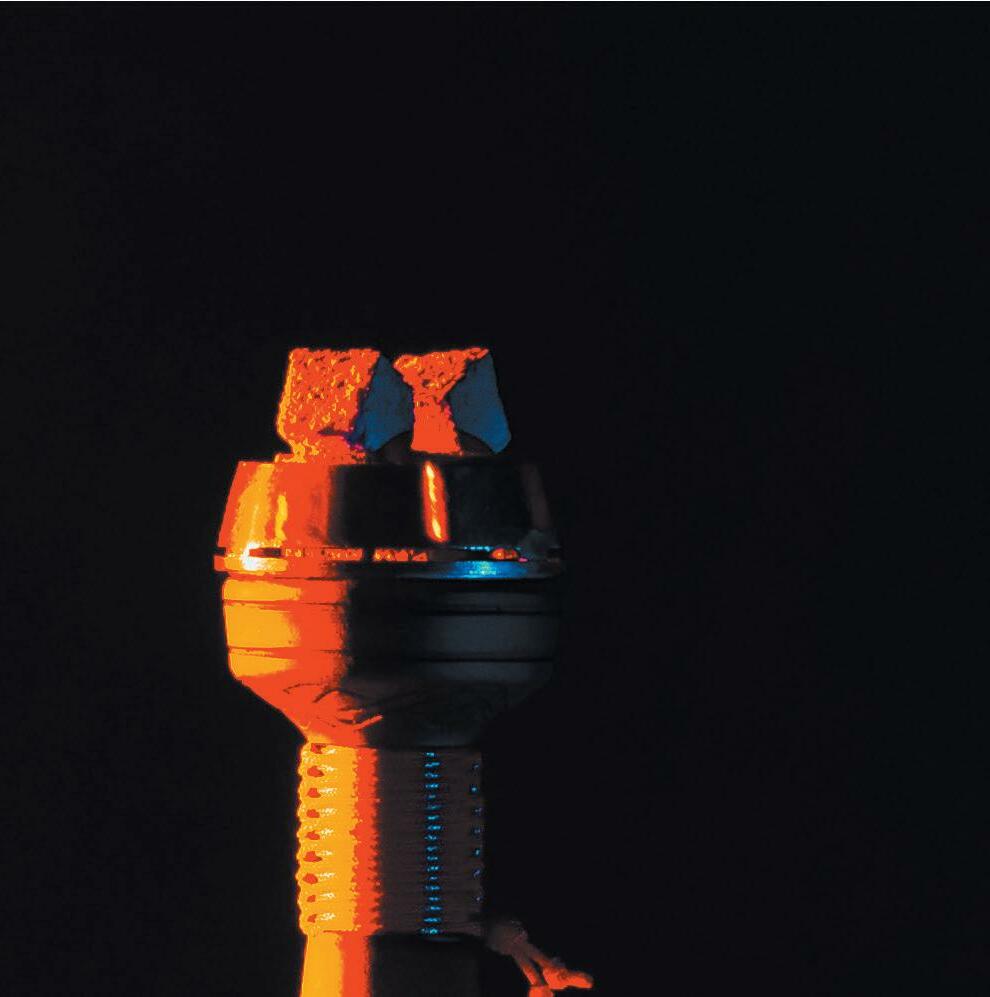

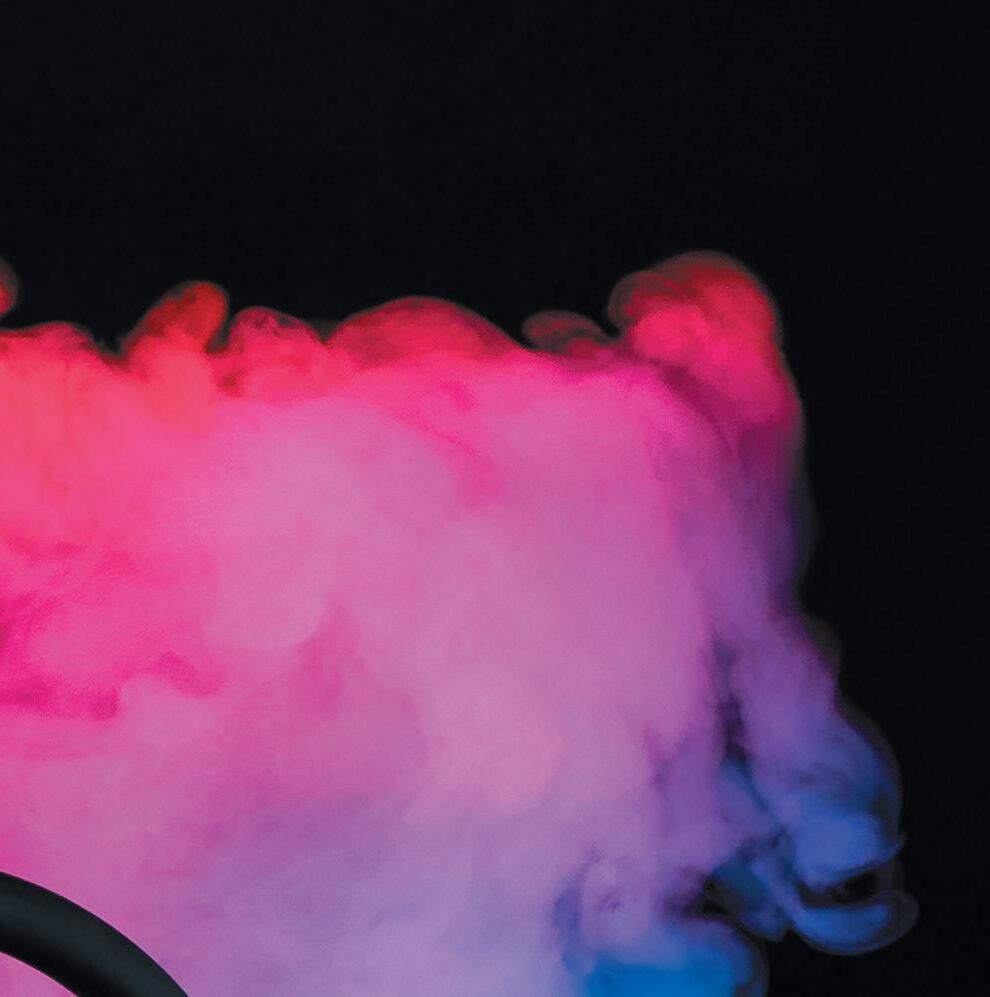








26 health4mom.org healthy
pregnancy
Is Hookah Smoking Safe During Pregnancy?
By ShaBrittaney Condol, BSN, RNC-OB


Hookah, or smoking tobacco through a water pipe, is popular because it lets a person smoke tobacco with added fl avors, such as apple, chocolate, blueberry, grape, or watermelon.
Is Hookah as Risky as Cigarettes?

As you inhale through a mouthpiece, the tobacco is heated, and its smoke passes through water before it’s drawn through a rubber hose to the mouthpiece, where it can be inhaled into your lungs, and blown out through your mouth.


The vapors leave a sweet aroma from the smoke and a fl avorful taste in your mouth. Although this trend is popular, it carries the same risks and toxic eff ects as smoking a cigarette because it contains nicotine. Smoking hookah while trying to conceive can cause delays or diffi culties in getting pregnant.






Quit Smoking in Pregnancy

If you’re trying to conceive or are pregnant and smoking tobacco in any form, the recommendation is to quit. Smoking, vaping, and using hookah can cause serious harm to you and your baby. Secondhand smoke should also be avoided due to exposure of toxins.
If you need help quitting, smoking cessation support is covered by many insurance plans and Medicaid during pregnancy. In states that have expanded Medicaid under the Aff ordable Care Act, smoking cessation services are provided for all women. Talk to your healthcare provider as soon as you plan on conceiving or as soon as you fi nd out you are pregnant to get help quitting tobacco in all forms.
Dangers of Hookah During Pregnancy
Hookah carries the same risks for you and your baby as smoking cigarettes
Being Born at a Low Birth Weight: Smoking slows your baby’s growth; your baby may be born too small, even with a fullterm pregnancy
Born Premature: Your baby may be born too early (premature birth). Babies born prematurely (before 37 weeks) may have difficulties holding their body temperature and feeding problems because their suck/swallow reflexes haven’t yet developed
Developmental Delays: Smoking can damage your baby’s developing lungs and brain; baby may struggle to breathe at birth
Bleeding Risks: Smoking doubles your risk of abnormal bleeding during pregnancy and birth. This can put both you and your baby in life-threatening danger
Birth Defects: Smoking raises your baby’s risk for defects such as cleft lip or palate, heart defects, abnormal limb development, and neural tube defects (such as spina bifida)
Sudden Infant Death Syndrome: Babies exposed to smoke during pregnancy and after birth have a higher risk for sudden infant death syndrome (SIDS)
IMAGES: DREAMSTIME
SHABRITTANEY CONDOL, BSN, RNC-OB is a labor and delivery nurse at the Baton Rouge General Medical Center. Smoking Cessation Resources SmokeFree.gov 1-800—QUIT-NOW
ISSUE 34 / 2023 Healthy Mom&Baby 27 healthy pregnancy

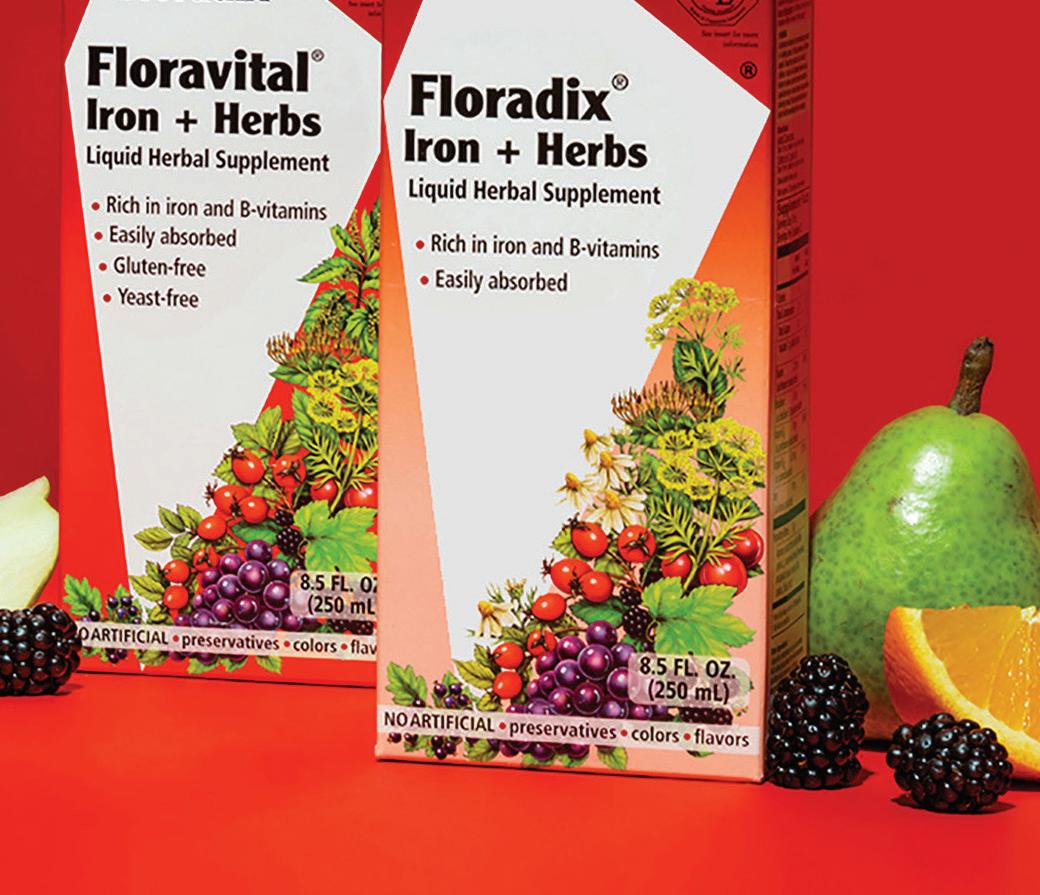












Life, activated New and soon-to-be-moms take America’s #1 liquid iron supplement to energize their wellness†* † SPINS Vitamins & Minerals Iron: Natural Channel 52 Weeks End 7-Aug-2022 * THIS STATEMENT HAS NOT BEEN EVALUATED BY THE FOOD AND DRUG ADMINISTRATION.THIS PRODUCT IS NOT INTENDED TO DIAGNOSE, TREAT, CURE OR PREVENT ANY DISEASE. 20% OFF IRON + HERBS Promotion code: HEALTHYMOM20 Valid: 10/1/2022 - 12/31/2022 11:59 PM EST
Anemia and Low-Iron in Pregnancy:

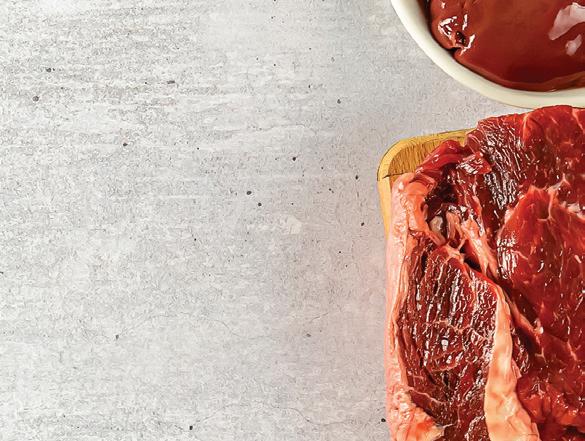

Is There Anything You Can Do About It?
By LaShea Haynes, MEd, MSN, APRN, AGCNS-BC, RNC, C-EFM
Early in prenatal care you will have your blood drawn and you may learn you have anemia, which means your body doesn’t have enough healthy red blood cells. During pregnancy, your blood volume increases by up to 50% to support your growing baby, and you’re more vulnerable to anemia if your diet doesn’t have enough iron, folate, or Vitamin B-12.
What Causes Anemia?
Dietary deficiencies are the most common cause of anemia. When your body lacks the nutrients to make healthy red blood cells, it won’t have enough hemoglobin (the substance inside red blood cells that enables them to carry oxygen). This can affect your baby’s growth and make childbirth more dangerous for you. Less common causes of anemia include heavy bleeding and the body’s destruction of its own red blood cells.
What are Symptoms of Anemia?
With anemia, you may experience extreme fatigue, cold hands and feet, weakness, pale skin, headaches, dizziness, chest pain, rapid heartbeat, shortness of breath, brittle nails, and/ or PICA (craving to eat things that aren’t food, such as ice, starch, or dirt). You can help prevent some anemia with a healthy diet including the following:





Iron: Meat, beans, lentils, and darkgreen leafy vegetables

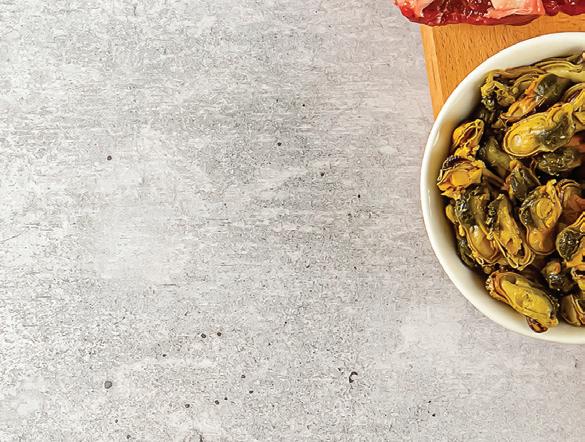

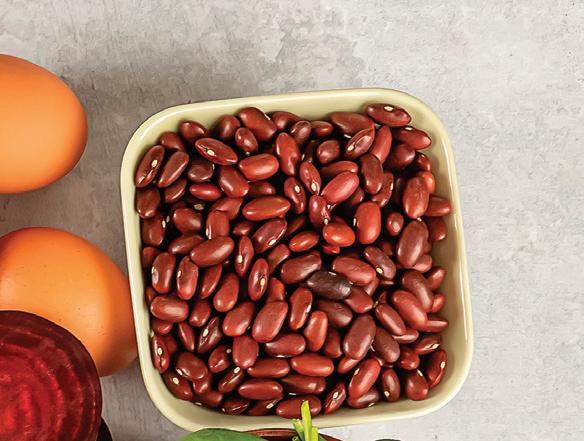
Folate (folic acid): Fruits, dark-green leafy vegetables, green peas, kidney beans, cheese, eggs, fish, almonds,
and peanuts. It can also be found in vitamin-enriched grain products such as bread, cereal, pasta, and rice
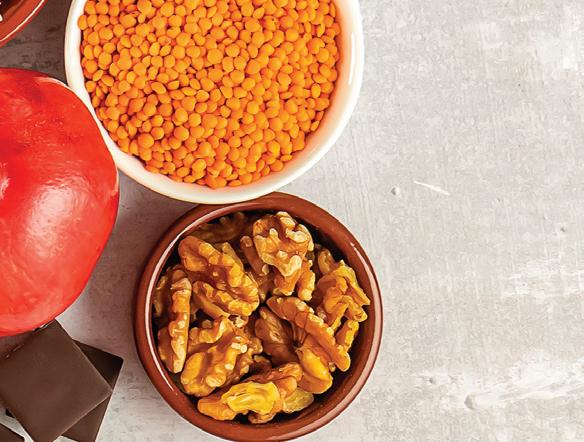
Vitamin B12: Meat, dairy products, eggs, and fortified cereals
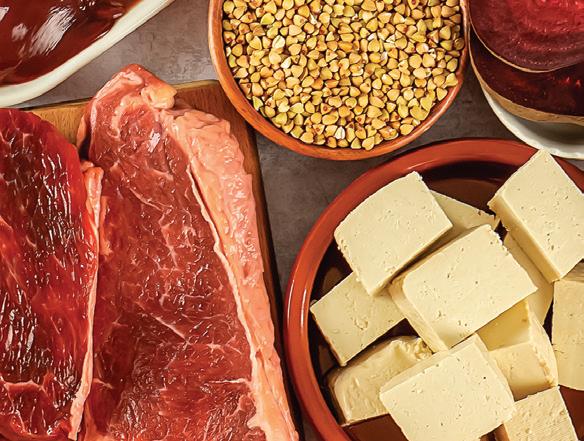
Vitamin C: Citrus fruits, peppers, broccoli, tomatoes, melons, and strawberries. Foods with vitamin C help your body to absorb iron
Supplements for Anemia

If diet alone isn’t enough, you may need supplementation. Talk with your pregnancy provider about the following:





Liquid iron: If your provider has prescribed iron pills and you find that constipation or nausea is a problem,
discuss the possibility of taking iron in liquid form









Iron infusion: Intravenous iron may replenish iron stores more quickly and efficiently than oral iron therapy
Erythropoietin therapy: This can increase your red blood cell mass without any maternal, fetal, or neonatal adverse effects
With anemia, the good news is that you have options and things you can actively do every day to improve the health of you and your baby.
LASHEA HAYNES, MED, MSN, APRN, AGCNSBC, RNC, C-EFM is the Editor of our Healthy Mom&Baby magazine. Her nursing career spans 25 years, and she is founder and owner of her own nursing mentoring and education company.
IMAGES: DREAMSTIME
ISSUE 34 / 2023 Healthy Mom&Baby 29 healthy pregnancy
Plan a Gender Reveal
By Steph Storm
Gender reveals are another opportunity to gather with family and friends to reveal the gender of the expected baby. Sometimes, a baby’s gender is kept secret from the parents-to-be while a trusted family member or close friend plans a fun way to reveal baby’s gender as a surprise at an event.

Parents who want to be surprised by baby’s gender will be asked to close or avert their eyes from the screen during an ultrasound. The technician then seals the baby’s gender results in an envelope for the parents to pass to the host of the gender reveal event.
Plan the Gender Reveal
This event is usually smaller, more intimate than a baby shower, with the
closest relatives and friends attending. Decorations and the reveal method can be as creative as you can imagine. Still, many people use the traditional blue or pink to reveal the gender. A popular alternative theme is “What Will Our Honey Bee?” featuring black and yellow.
Gender Reveal Activities
Guests can play guessing games or choose to be “team girl” or “team boy.” Food is usually a simple menu of assorted small bites and sweets. Baby’s gender may be revealed by colored confetti inside a balloon, smoke bombs, or slicing a cake with the gender color in the middle. Party favors are also appropriate for guests as an appreciation for sharing in the special occasion.
Should Guests Bring Gifts for Baby?
It’s not expected that guest would bring gifts for the baby at this time. Most are waiting to learn the gender before purchasing items specific to a boy or a girl. Some guests may bring a small gift for the parents, especially if this is their first baby, and if the guest isn’t available to attend a baby shower. Keep this celebration small and special. However, be flexible with your expectations, because sometimes ultrasound results can be read incorrectly. Designate someone to take plenty of pictures and video. You will want to treasure these memories for the rest of your life.
STEPH STORM is an event planner, interior decorator and a digital artist.
IMAGES: DREAMSTIME
30 health4mom.org healthy pregnancy
Let us know your thoughts and comments on the Healthy Mom&Baby magazine and website.


What do you like? What do you dislike?
What subjects would you like to read more about?
Email your feedback to: health4mom@ awhonn.org

Nobody likes to be rushed, especially babies.



Your baby needs at least a full 40 weeks of pregnancy to grow and develop. Inducing labor even a week or two early is associated with a host of risks, including prematurity, cesarean surgery, hemorrhage and infection.

While it may seem convenient for you or your health care provider, labor should only be induced for medical reasons.







Your baby will let you know when he’s ready to come out, so give him at least a full 40 weeks.



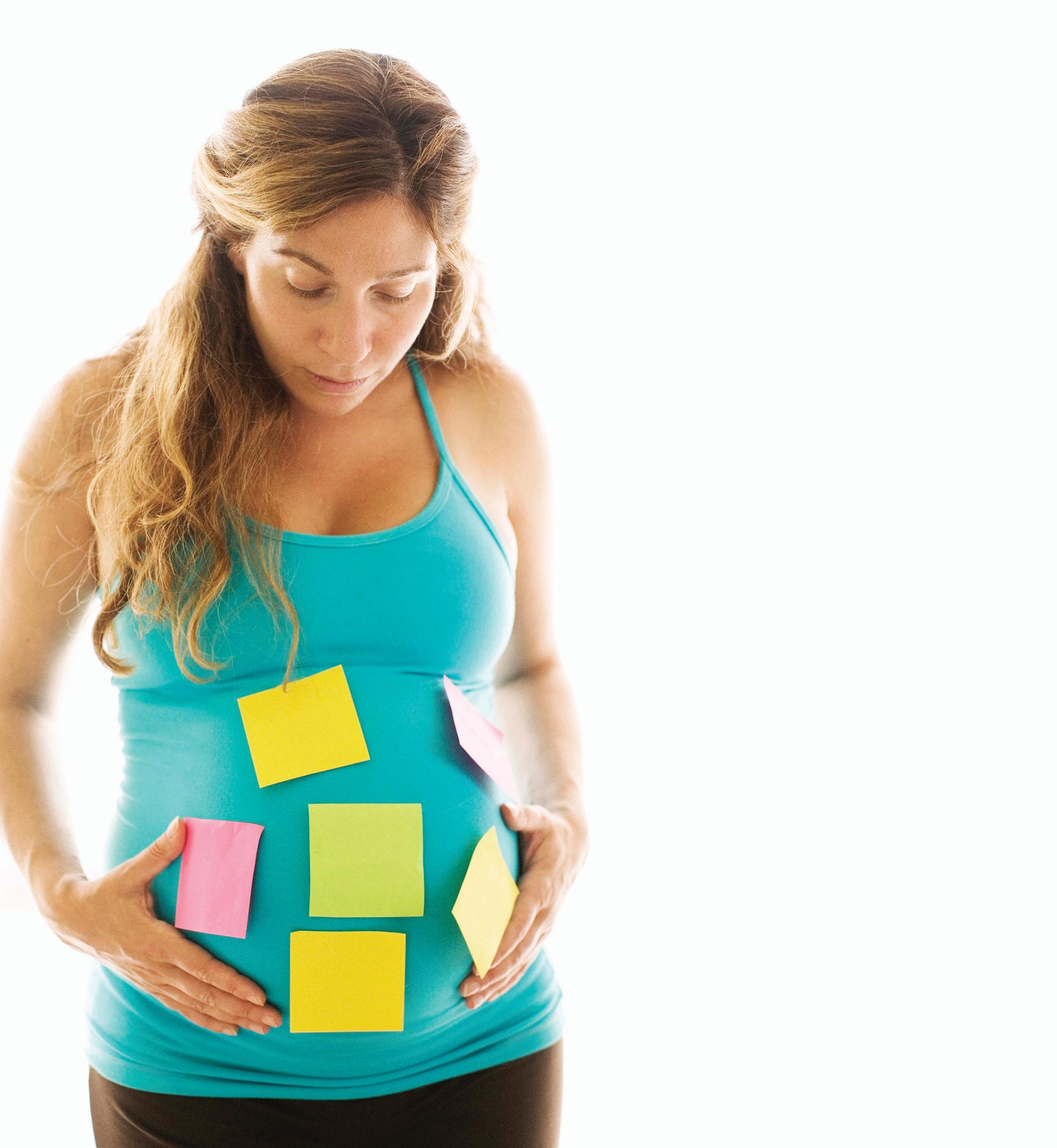
Don’t rush me! Download a free copy of 40 Reasons to Go the Full 40 at www.gothefull40.com. The nurses of AWHONN remind you not to rush your baby—give him at least a full 40 weeks!
Slow down! What’s the hurry? Relax. 40!Gofor meGivetime. AWHONN PROMOTING THE HEALTH OF WOMEN AND NEWBORNS
Your Heart Matters: Exploring Peripartum Cardiomyopathy
 By Natalie Shelton MSN, APRN, ACNS-C, FNP-C
By Natalie Shelton MSN, APRN, ACNS-C, FNP-C
While pregnancy is a natural health event in a woman’s life, at least 15%-20% of women experience complications with existing health conditions or face a new health complication because of pregnancy. One of those complications can be peripartum cardiomyopathy (PPCM).
How Pregnancy Can Affect Your Heart
PPCM is a weakening of the heart muscle that occurs without apparent cause from the last month of pregnancy through baby’s 6th month postpartum. Peripartum cardiomyopathy usually emerges shortly after birthing. Peripartum cardiomyopathy is a rare illness with symptoms that ranges from mild to severe. Symptoms include: h swelling in the legs, ankles, or feet h shortness of breath h fatigue h feeling like your heart is racing or skipping beats h need to urinate more frequently at night h feeling breathless while laying down h swelling in the veins of your neck h low blood pressure h blood pressure that drops when you stand up
Pay attention to these symptoms because many of them can easily be mistaken as normal third trimester pregnancy or postpartum recovery symptoms. Your pregnancy provider will likely have you undergo an echocardiogram to confirm the condition.
Managing Peripartum Cardiomyopathy
Most women recover on their own without further medical treatment, particularly if they experience severe shortness of breath and prolonged swelling of legs and feet after birth. When the heart doesn’t pump well, fluid can build up in the body, most noticeably in the lungs and the feet.
h An echocardiogram can detect reduced functioning of the heart h Blood tests are used to assess kidney, liver, and thyroid function h An assessment of electrolytes, including sodium and potassium; and a complete blood count to look for anemia or evidence of infection may be done as well
What Causes Peripartum Cardiomyopathy?
The underlying cause of PPCM is unclear but researchers have found that genetics may play a role in addition to risk factors including:
h Obesity h History of cardiac disorders, such as inflammation of the heart muscle h Smoking h Alcoholism h Multiple pregnancies h Unhealthy eating habits h Living in an unhealthy environment
If you’ve ever had peripartum cardiomyopathy, tell your healthcare provider before you have a subsequent pregnancy. You will likely need another echocardiogram to assess the strength of your heart to support a subsequent pregnancy. If echocardiograms show that your heart remains weakened, future pregnancies are strongly discouraged. In these circumstances, the physical stress of pregnancy could cause further damage to your heart and you could risk heart failure, leading to death.
NATALIE SHELTON MSN, APRN, ACNS-C, FNP-C is a dual board-certified Family Nurse Practitioner and Clinical Nurse Specialist.
IMAGES: DREAMSTIME
ISSUE 34 / 2023 Healthy Mom&Baby 33 healthy pregnancy
What Questions Should I Ask My Pregnancy Care Provider?
 By Nikita Johnson
By Nikita Johnson
As soon as you find out that you’re pregnant, many questions may come your way. Will you give birth in a hospital or at home? Will you opt for pain relief in labor? What kind of healthcare provider will help you birth your baby? How can you choose a pregnancy care provider who supports your goals? Knowing what options are available is an essential step in selecting a pregnancy caregiver.
Pregnancy Care Providers
There are all types of pregnancy care providers, including certified nurse-
midwives, obstetricians (OB), family practice doctors, advanced practice nurses, and so forth. Most births are attended by obstetricians or certified nurse midwives in the U.S.
The most notable difference between midwives and obstetricians is the years of medical training. An OB must complete four years of undergraduate school, four years of medical school, and three-to-four years as a resident doctor rotating throughout OBGYN office visits, surgery, and working in labor and delivery.
To become a certified nurse-
midwife (CNM), you must first be a registered nurse, work two years in labor & delivery, complete a graduate education program in midwifery, and pass a national certification exam.
A certified professional midwife must have a previous background as a doula or labor and delivery health professional, complete a direct-entry program for three years, and pass a national certification exam.
Although all three practitioners are trained and experienced in labor and delivery, nurse midwives and professional midwives have a different scope of practice and provide care
IMAGES: DREAMSTIME
34 health4mom.org healthy pregnancy
in different birth environments.
Obstetricians provide birthing care to women in hospitals, where medical interventions and surgery can take place. Certified nurse-midwives also work in hospitals, birth centers, or attend home births. Professional Midwives only support home births and provide holistic health care. Asking questions will help you make an informed choice about your provider with the comfort of knowing their practices align with your goals and expectations. When interviewing providers, ask:
h What is your approach to prenatal care?
h If we have a difference in opinion, is their opportunity for shared decision making, or will I be asked to leave the practice if we disagree?
h Will you allow me the autonomy to have input in how I birth my baby, including my preferences, and positions for birth?
h What if my baby isn’t ideally positioned for birth, will you encourage a cesarean birth or recommend alternatives (such as chiropractic care, spinning babies, etc.)?
h What is your approach to labor and birth?
h If I desire a natural birth, will you patiently support me and provide resources to optimize my birth experience?
h How will you communicate with me if an urgent issue arises during birth? Are you proactive with communication or will you wait to explain your actions later?
h Do you have a formalized plan for communicating any kind of birth trauma or emergency that may occur in my birth process? Can I count on you or someone in your practice to personally brief me on what happened afterwards?
h Will you allow me to make my own choices without bias?
h Will you discharge me from your practice if I don’t agree with
your professional opinion or recommendations?
h What is your approach to postpartum recovery?
h If I experience abnormal pain or bleeding after birth, will you address it in a timely manner?
How Do I Choose My Pregnancy Care Provider?
Use these questions to help you determine the best type of pregnancy care provider based on the birthing experience you desire:
h Is my pregnancy considered low-risk or high-risk?
h Do I want to birth naturally?
h Do I want freedom to birth as I feel?
Once you know how you desire to birth your baby, begin your search for providers convenient to where you live:
h Schedule interviews or consultations before selecting a provider

h Bring a list of questions to your initial visit
h Ask about whether the provider would support the presence of a doula during labor and birth
Hiring a Doula
Doulas are pregnancy support persons who can provide you with evidencebased education, care, and support throughout your pregnancy, birth, and postpartum recovery. Ask if the hospital or facility where you will give birth has doulas available for support.
Many of these questions may not be scenarios you experience in your birth experience, but by having a real open, honest, and transparent conversation with your provider, you can truly optimize your ideal experience.
NIKITA JOHNSON is a midwifery student, doula and doula trainer in Baltimore Md. She is the Founder of DMV Birth Doulas, LLC and the Black Doula Training.
ISSUE 34 / 2023 Healthy Mom&Baby 35 healthy pregnancy
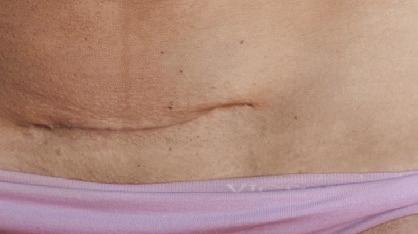
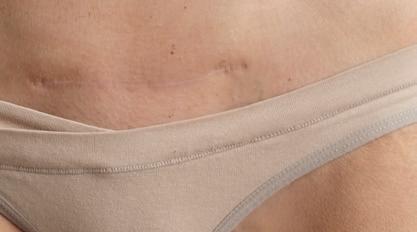



















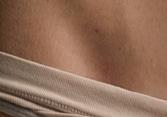
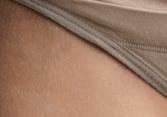





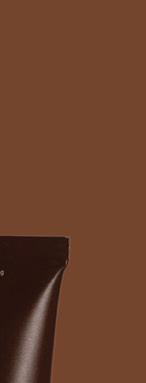






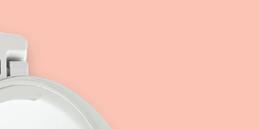

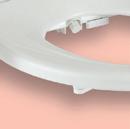







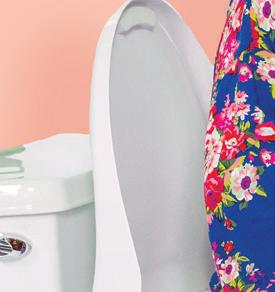
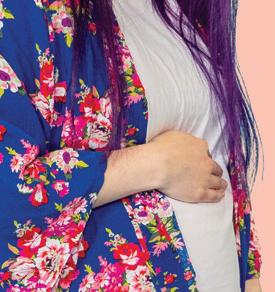

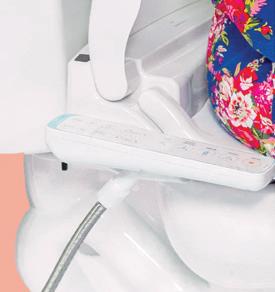

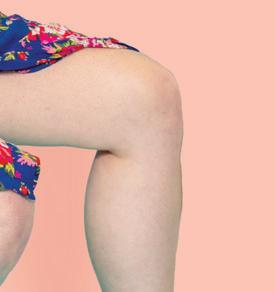







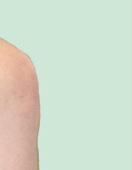
















Why You May Get Readmitted to the Hospital Post-Birth
 By Aliah Thomas, RNC-OB
By Aliah Thomas, RNC-OB
Following birth, nearly every mom longs to go home with their beautiful bundle of joy. Relieved, so many moms express, “I’m so glad to be out of the hospital.”
Most postpartum moms won’t need to return to the hospital for additional care once they’ve taken their newborn home. But for some women, complications from two leading concerns—high blood pressure complications and infection related to cesarean surgery—may force them to return to the hospital for additional care.
High Blood Pressure Concerns
New moms who start to experience complications from childbirth typically come to the emergency room on average 5-7 days after being discharged home, but it may be sooner if they’re having complications from high blood pressure, measured as 140/90 millimeters of mercury (mm Hg) or greater, which is a condition called postpartum preeclampsia. Postpartum preeclampsia is a rare condition that occurs when you have high blood pressure and excess
protein in your urine soon after childbirth. Symptoms of postpartum preeclampsia include headache, particularly one that does not go away after taking pain medications, changes in your vision such as seeing spots or having blurred vision, and pain in the center of your chest.
When to Go to the Emergency Room
Some patients can be treated in the ER and sent home, while others, depending on the severity of the postpartum preeclampsia. Depending
IMAGES: DREAMSTIME
ISSUE 34 / 2023 Healthy Mom&Baby 37 healthy pregnancy
Cesarean Incision Care
If you have a healing cesarean incision, follow the directions for care from your pregnancy provider. If none were provided, here’s how to care for your cesarean incision as it heals:

X Your incision needs to be kept dry and clean
X Wash the incision daily with warm, soapy water; pat the incision and the area around it dry after cleansing
X If there is surgical tape or strips on your incision, allow them to fall off on their own. This can take about a week as your incision heals
on your blood pressure reading and the amount of protein in your urine, you may need to be readmitted to the hospital and monitored closely. If you are readmitted, ask that your baby and your partner or support person stay with you as well so not to interrupt bonding and breastfeeding.
High blood pressure affects 10% of pregnancies. If you notice any of these symptoms while at home, it’s important that you call your doctor’s office or triage after-hours line immediately. Prompt attention and care is paramount to prevent the situation from worsening.
If you were told you have gestational high blood pressure (hypertension), chronic hypertension, or preeclampsia during pregnancy or labor, you will need to check your blood pressure daily once you’re discharged home. Research shows that increases in blood pressures happen roughly 48 to 72 hours after birth. If you are on a new blood pressure medication or newly
diagnosed with a hypertensive disorder related to pregnancy, you’ll need to follow up with your pregnancy care provider within three to four days of birthing.
As you monitor your blood pressure at home, remember that if you see a blood pressure reading of 140/90 or more immediately call your pregnancy care provider or regular healthcare provider. If you’re on blood pressure medication, you may need to increase your dosage.
Complications with Cesarean Surgery
Infection also brings new moms back to the hospital, especially after cesarean surgery. When your obstetrician closes your cesarean incision, they may use either absorbable stitches or staples to close your incision. No matter the closure, a normal healing C-section incision should be fully closed, with no open gaps, and appear slightly pink in color.
It is ok for your incision to have a
little bit of drainage, and it should be clear in color. Signs of an infected incision include: h foul smelling, pus-like discharge in a yellowish color h an incision that is red around the edges h an incision that isn’t fully closed or looks like it is not healing h warm to the touch h fever of 100.4 degrees or more
You will need to be seen by your pregnancy care provider if you have any of the above signs. Prompt attention to these signs of developing complications can keep a minor situation from turning into a worsening one. As they often say in healthcare, “when it doubt, get it checked out.”
ALIAH THOMAS, RNC-OB , is a perinatal nurse who has worked in women’s health for her entire career. She also serves as a facilitator in the Nurse Residency Program for new graduates at her hospital and is passionate about patient education and advocacy.
IMAGES: DREAMSTIME
38 health4mom.org healthy pregnancy
Is it Safe to Use Cannabis Products during Pregnancy?
By Shawana S. Moore, DNP, MSN, CRNP, WHNP-BC
Experts strongly recommend that you not use cannabidiol (CBD), tetrahydrocannabinol (THC), and marijuana in any form during pregnancy or while breastfeeding/ chestfeeding.
Marijuana is the most widely used illegal drug in the U.S. It remains illegal at a federal level, although some states have legalized it for medicinal and recreational use. A growing number of pregnant persons consider it a safe, natural way to treat morning sickness (nausea and vomiting).
However, when it comes to your developing baby’s health, marijuana is not considered safe and may pose serious and deadly harms for baby. Those harms include:
h Growth restriction (decreased growth of the baby)
h Risk for stillbirth
h Low birthweight
h Long-term brain development issues affecting behavior, learning, and memory
Avoiding marijuana use during pregnancy and breastfeeding/ chestfeeding provides your baby a healthy start in life.
Safety of Marijuana and Cannabidiol Use
No amount of marijuana is considered safe during pregnancy or breastfeeding. The American Academy of Pediatrics released official guidelines in 2018 advising birthing persons and those who are breast/chestfeeding to avoid using marijuana because it is deemed unsafe. Additionally, the potential health effects of using CBD products during pregnancy are currently unknown; therefore, CBD should be avoided during pregnancy.

Edibles and Other Forms
Consuming marijuana in the form of smoke, foods, drinks, oils, creams, lotions, or vapor is risky for a developing baby’s health. Marijuana contains nearly 500 chemicals,
including THC and CBD. These chemicals can pass through a birthing person’s placenta to the developing baby and cause harm.
Use During Breastfeeding/ Chestfeeding
Individuals who are nursing are strongly advised to avoid marijuana use in all forms. The effects of marijuana use during this time are not yet fully known. What has been proven is that it passes to the baby through the mother’s milk.
If you are using marijuana or any CBD products and are pregnant, planning to become pregnant, or are breastfeeding, please talk to your healthcare provider about the risks you face, as well as the risks to your baby.
SHAWANA S. MOORE, DNP, MSN, CRNP, WHNP-BC is a women’s health nurse practitioner. She serves as an Associate Professor and the DNP Program Director at Emory University’s Nell Hodgson School of Nursing. She is passionate about equitable, respectful, and inclusive maternal-child care.
IMAGES: DREAMSTIME
ISSUE 34 / 2023 Healthy Mom&Baby 39 healthy pregnancy
Your Pregnant Plate is All About Optimal Nutrition!
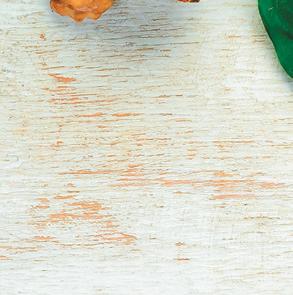
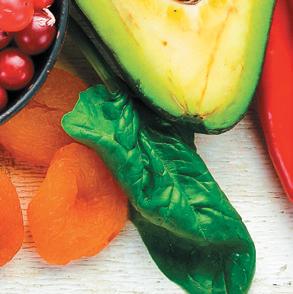

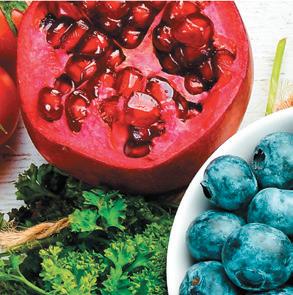 By Tamera L. Young, RN, MSN
By Tamera L. Young, RN, MSN
Your baby relies on you to provide the nutrition necessary for healthy growth and development. And what you eat also keeps you healthy. Your nurses know you have a lot of questions about what to eat in pregnancy—so we’ve got recommendations!
Lean proteins, fruits, vegetables, dairy, and whole grains are your best bets for more energy, to feel better and be healthier during and after pregnancy. Take in at least 400 micrograms of folic acid each day to prevent the most common spinal cord birth defects—you can get this through the foods you choose including leafy greens, and daily prenatal vitamins.
For constipation, try increasing fiber in your diet through more leafy greens, vegetables, and whole grains. Experts at the USDA’s “ChooseMyPlate. gov” recommend the following foods especially during pregnancy for the healthiest diet possible:

Lean Proteins
Beans and peas
Nuts and seeds
Salmon, trout, herring, sardines, and pollock
Lean beef, lamb, and pork
Shellfish

























































Vegetables
Greens, including spinach, kale, collards, turnip greens, and beet greens

Sweet potatoes

Squash
Pumpkin
Tomatoes and tomato sauces






Sweet peppers

Fruits
Cantaloupe
Honeydew melon
Mangoes
Prunes
Bananas
Apricots

Oranges

Red or pink grapefruit

100% prune juice or orange juice
Dairy
Fat-free or low-fat yogurt



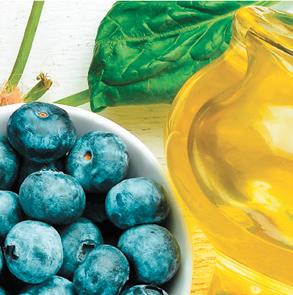
Fat-free milk (skim milk)
Low-fat milk (1% milk)



Calcium-fortified soymilk
Whole Grains
Fortified ready-to-eat cereals and breads
Fortified cooked cereals
YOUNG, RN, MSN , is an expert nurse adviser who writes for Healthy Mom&Baby

Avoid These Foods in Pregnancy
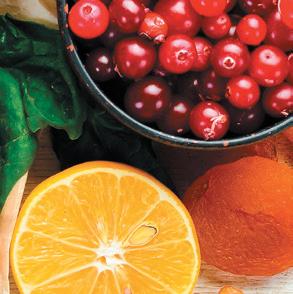
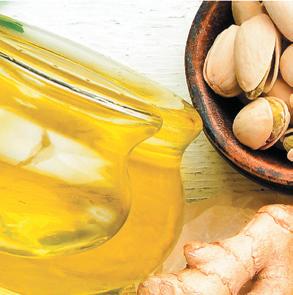
Alcohol—no safe amount in pregnancy


Caffeine —most experts say limit to 12 ounces of coffee or cola a day
Cold cuts and soft cheese —these foods can contain a bacteria called listeria that can harm your pregnancy


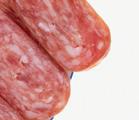






Fish high in mercury—shark, swordfish, king mackerel, and tilefish
White albacore tuna —no more than 6 ounces/week




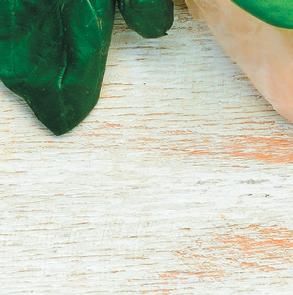
High-fat, sugary junk foods and drinks—just say no!
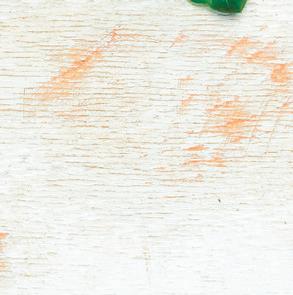
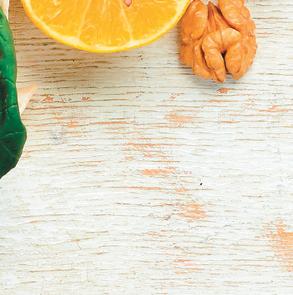


Unpasteurized foods—a no-no for pregnant women as they could make you sick
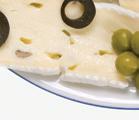
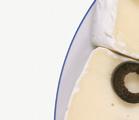
Undercooked meats and eggs make sure all meats are cooked thoroughly (that means no sushi!)
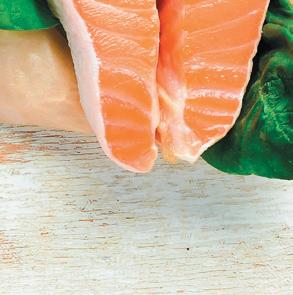
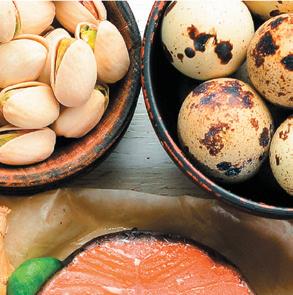
IMAGES: DREAMSTIME
40 health4mom.org healthy pregnancy
TAMARA
TAKE YOUR TIME BACK
Top Chef Meals: A customizable meal delivery service perfect for you and your partner—from pregnancy to postpartum and beyond
Eating well can be tough in general, but during your pregnancy and postpartum journey, it’s easy—and understandable!—to devote your time and energy to other things. Planning, prepping, cooking, and cleaning are likely at the bottom of your to-do list each day.
At Top Chef Meals we provide delicious and nourishing food, delivered right to your door. We source the best ingredients from trusted local partners, and our team of chefs cook all your meals fresh and made-to-order. The best part? Our meals are customizable, so you can mix and match your favorite side dishes and indulge your everchanging cravings.

We also offer dieticiandeveloped options to accommodate special diets including Low Sodium, Low Carb, Renal, Diabetic, and Gluten Free . No matter your preference or dietary needs, our meals are made with no artificial ingredients, GMO’s, preservatives, trans-fats, or
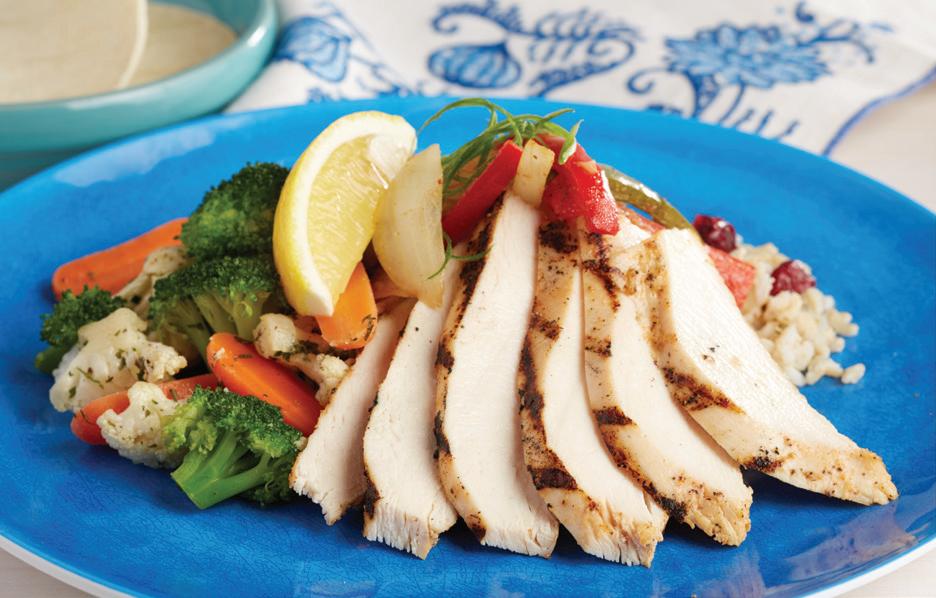
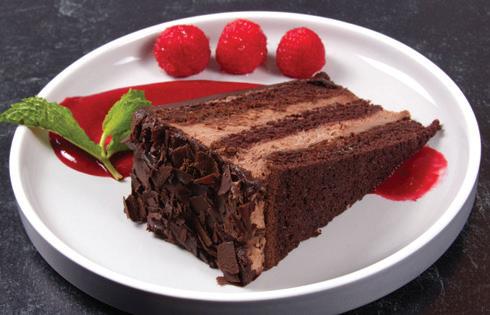
high fructose corn syrup. In addition to our collection of customizable meals, our Specials Menu offers a rotating assortment of chef-curated dishes made with the season’s best ingredients.
Since your day doesn’t start with dinner, we also offer options for breakfast, lunch, and dessert—so you can free up your time and focus on baby.
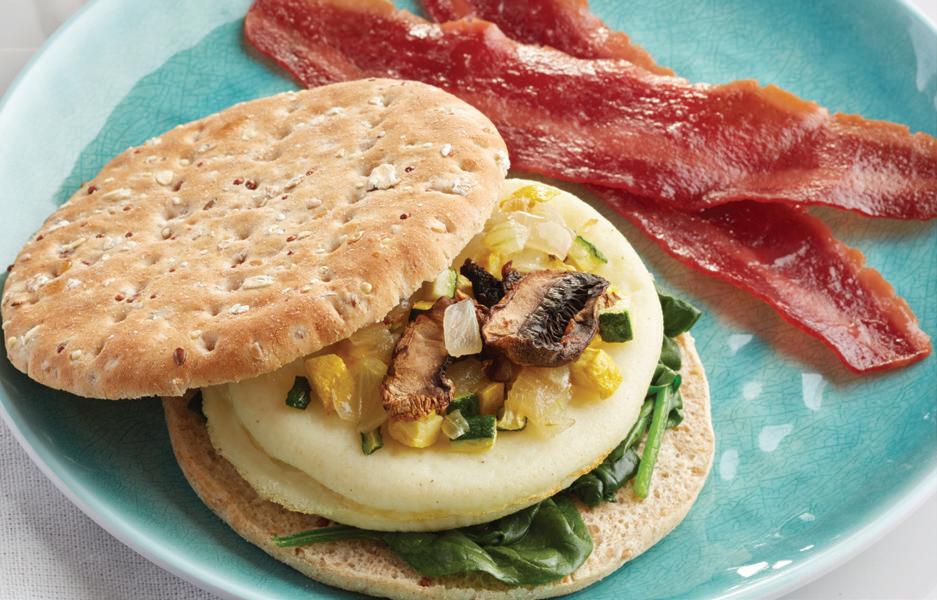
Simply visit our website to pick your meals, and we’ll do the rest. Place your Top Chef Meals order today!


TopChefMeals.com
10% off your first order with code HMB2022
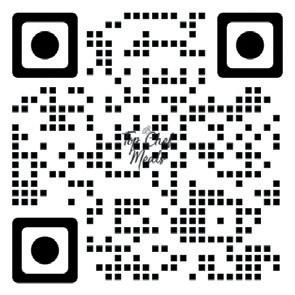 Chicken Fajita Bowl
Shrimp Pesto Cavatappi
Roasted Vegetable & Eggwhite Sandwich with Turkey Bacon
Braised Boneless Short Ribs
Chocolate Mousse Layer Cake
Chicken Fajita Bowl
Shrimp Pesto Cavatappi
Roasted Vegetable & Eggwhite Sandwich with Turkey Bacon
Braised Boneless Short Ribs
Chocolate Mousse Layer Cake
S k in to Skin Gowns
Make the first moments of meeting your newborn safe and secure

FEEL LIKE A WOMAN, NOT A PATIENT
Wear it during labor and get full coverage to move around (it covers your butt!). Wrap style back opens fully for epidural access and front slit opens for fetal monitoring and pelvic exams.
IMMEDIATE SKIN TO SKIN BONDING

After birth, baby can be placed right on your chest and gently held in place with the patented bonding panel.
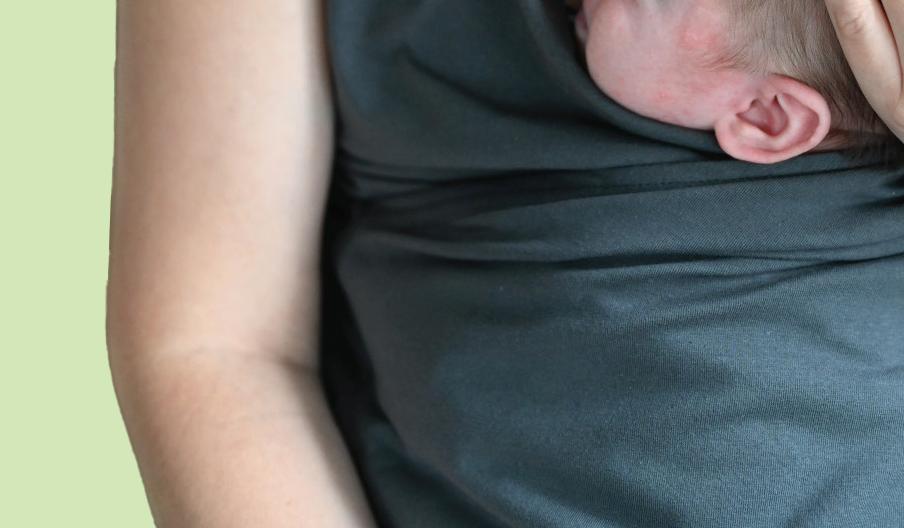
REST WITHOUT WORRY
Labor is hard work! Enjoy snuggle time while you rest* without fear of dropping baby if you start to doze off.
*Not intented to use with baby while you sleep
by Angel Wraps Baby, LLC | US Patent 11,406,145 B2
The patented alternative to the typical hospital gown, it maintains skin to skin contact while reducing baby’s risk of falling.
Golde n Hour

The initial hour or so after birth when skin to skin bonding is crucial for stabilizing baby's vitals, helping to stimulate milk production, and reducing the risk of postpartum depression.1
1. Neczypor JL, Holley SL. Providing Evidence-Based Care During the Golden Hour. Nurs Womens Health. 2017 Dec;21(6):462-472. doi: 10.1016/j.nwh.2017.10.011. PMID: 29223210.
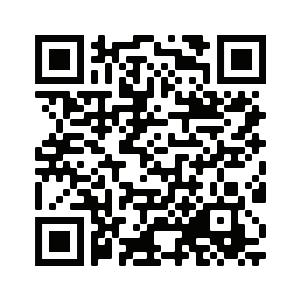
skintoskingowns.com Shop
Save $25 Use code skin2skin
now:
Here’s Why Skin-to-Skin is So Essential
By Rachel Napoli, DNP, PHN, CNS, RNC-OB, IBCLC
Research shows getting skinto-skin contact with your baby at birth, and thereafter, is ripe with benefits for both mom and baby. Still, there can be barriers in hospitals and birthplaces that inadvertently block this excellent opportunity. Even after you’re safely home with baby, well-meaning friends, family, and every day activities can sometimes interrupt this important time.
Snuggling skin-to-skin with baby on your chest right after birth helps:

h Stabilize baby’s body temperature
h Regulate their heart rate, breathing, and blood sugars by reducing stress
h Enhance bonding
h Reduce postpartum depression risks
h Minimize newborn crying while boosting their sleep
Most of all, skin-to-skin care is shown to help start and boost breastfeeding. In fact, your baby’s keen sense of smell at birth will guide them to your breast to begin nursing. This stimulates your milk supply and promotes longer breastfeeding times.
Going Skin-to-Skin with Baby
With all these amazing benefits, what’s a well-intentioned mom to do? Your baby has thrived on your connection for 9-plus months; skin-to-skin care is the natural extension of that continued connection following labor and birth. Baby goes through a period of activity that lasts up to 30 minutes after birth; holding baby skin-toskin during this time helps start and continue breastfeeding. Your nurses
are committed to encouraging skinto-skin care and bonding; ask for their help to get started.
9 Top Tips from Nurses that Leads to More Skinto-Skin Care:
1: Set the skin-to-skin expectation before birth
During prenatal care, discuss your plan to do skin-to-skin care and nursing at birth with your pregnancy care provider. Ask to have baby placed on your chest at birth—this helps decrease any miscommunication risks at baby’s birth. Tell extended family and friends about the importance of this one-on-one time with baby immediately following birth; this will help them understand your requests for uninterrupted care.
IMAGES: DREAMSTIME
ISSUE 34 / 2023 Healthy Mom&Baby 43 healthy pregnancy
2: Advocate for your choice
When you share the benefits of skinto-skin care with others, you become a better advocate for yourself and your baby, and you’re better able to communicate your preferences and requests with your health care providers. If baby is born early, ask how you may be able to practice this care in the Neonatal Intensive Care Unit (NICU).
3: Communicate your plans to everyone helping you birth
Explain that you want baby placed skinto-skin with you at birth, and that baby will stay in your room with you at all times. Unless complications arise that disrupt this opportunity, most nursing and other care can either be delayed or done with baby resting on your chest.
4: Practice skin-to-skin care after cesarean
While going skin-to-skin with baby after a cesarean is less common, for many moms it’s possible and is starting to become more popular. Ask to have baby placed on your chest in the operating room while your incision is closed. Gentle cesarean is an emerging
practice that helps promote skin-toskin care at birth; ask if your birthing facility offers this.
5: Request all tests and procedures be done at your bedside Before baby goes home, they will undergo newborn screening. Ask to have these activities done while baby reclines on your chest, skin-to-skin with you. This helps relax baby and reduce any stress or pain from these procedures. If your baby has to go to another location for these activities, ask to accompany baby.
6: Have your partner and others practice skin-to-skin
If you’re not well enough to hold baby post-birth, request that your partner or another person go skin-to-skin with baby. This is a great practice to keep going once you’re home; everyone in the family can share the benefits of skin-to-skin bonding with baby.
7: Keep visitors to a minimum Allow for as much uninterrupted skin-to-skin time after delivery as possible to increase bonding and boost breastfeeding. Limit visitors during
your initial recovery. Birth can be exhausting! Relish this private, intimate time of recovery and bonding. Your nurses can help you; many hospitals now post signs on recovery room doors alerting both staff and visitors to mom’s desire for uninterrupted care and bonding time.

8: Normalize breastfeeding Stand up for your right to nurse your child. All 50 states have laws that protect mothers from shame or harassment while breastfeeding. As more women practice and advocate for breastfeeding, it will be easier for others.
9: Practice skin-to-skin even if you’re not breastfeeding
For all the other reasons regular skinto-skin care is important, practice it from birth even if you’re not planning on nursing your child.
RACHEL NAPOLI, DNP, PHN, CNS, RNC-OB, IBCLC , is an Assistant Professor of Nursing at Sonoma State University (SSU). She also serves as Assistant Director of the Pre-Licensure BSN Program. She is the lead course instructor for the Care of the Childbearing Family course. She has a passion for expanding baby friendly initiatives and breastfeeding.
IMAGES: DREAMSTIME
44 health4mom.org healthy pregnancy
Nobody likes to be rushed, especially babies.
Your baby needs at least a full 40 weeks of pregnancy to grow and develop. Inducing labor even a week or two early is associated with a host of risks, including prematurity, cesarean surgery, hemorrhage and infection.
While it may seem convenient for you or your health care provider, labor should only be induced for medical reasons.
Your baby will let you know when she’s ready to come out, so give her all the time she needs: at least the full 40 weeks.

Download a free copy of 40 Reasons to Go the Full 40 at www.gothefull40.com. The nurses of AWHONN remind you not to rush your baby—give her at least a full 40 weeks! AWHONN PROMOTING THE HEALTH OF WOMEN AND NEWBORNS

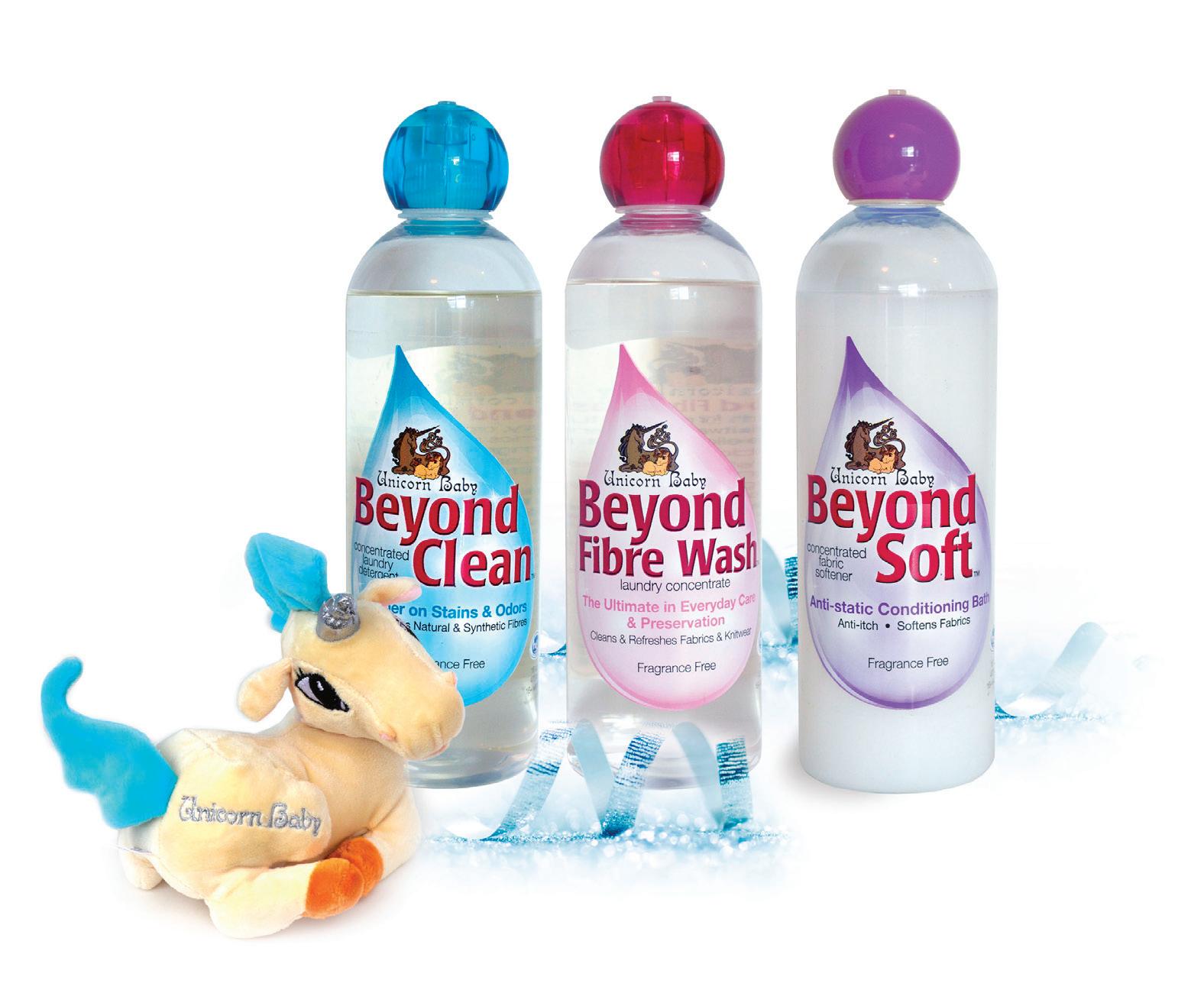
REMOVES: Soil • Stains • Odors • Lanolin Oil • Red Wine Spills • Pet Stains UnicornBaby.com 540-364-0156 Don’t just wash...CLEAN! TOUGH ON STAINS GENTLE ON SENSITIVE SKIN Low suds Stains don’t have a chance fragrance free A Unicorn Baby Gift Set is the Perfect Shower Gift! Use on: Diapers • Bibs • Soft Toys Wool Clothing • Knitwear • Blankets • Bedding 20% OFF WITH CODE MOM&BABY20
healthy babies
Eye Exams to Detect Autism?
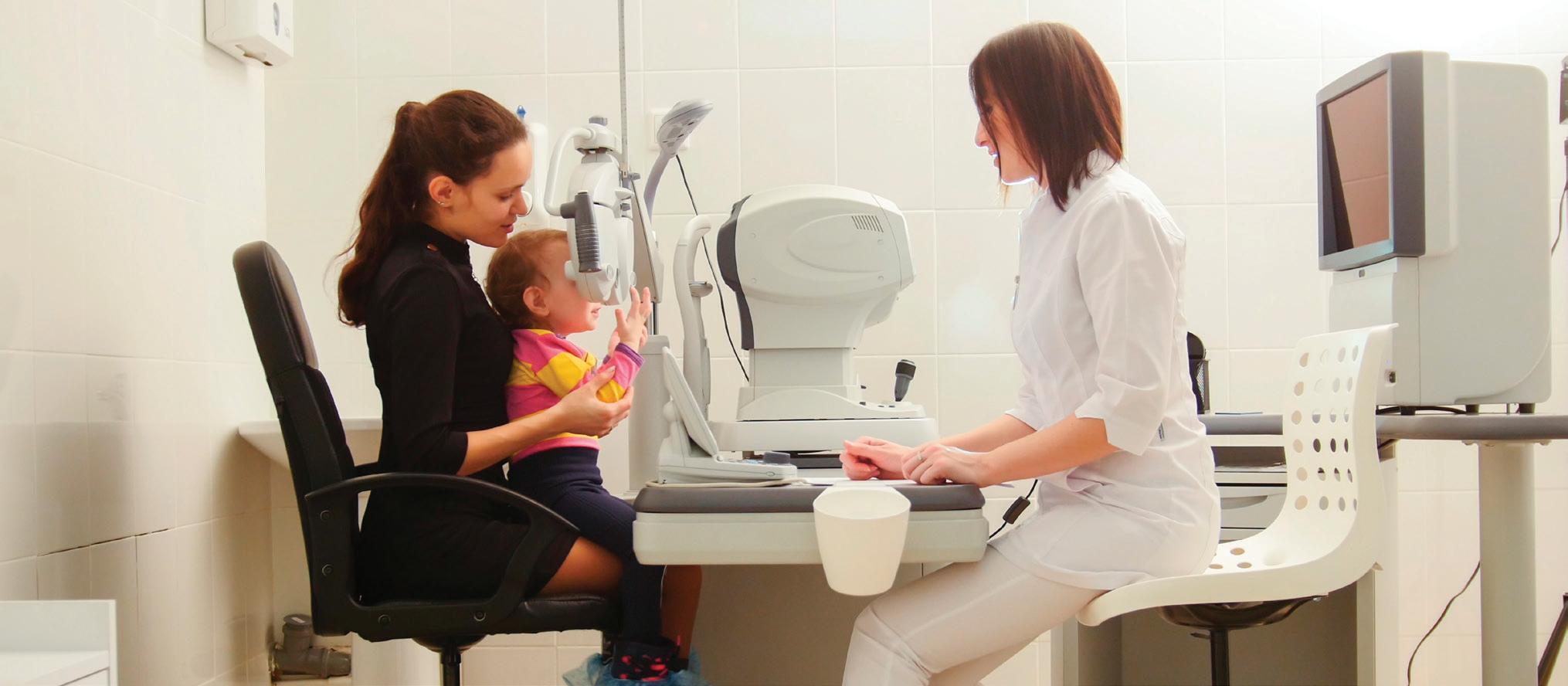
Could a test that measures how pupils react to light in young children’s eyes become an effective way to screen for autism?
Researchers at Washington State University who have been looking for an easy and early way to screen for autism have noticed that in children with autism, there are differences—delays—in the time it takes for their pupils to constrict in response to a light. That same lag is also present in how long it takes their pupils to return to their normal size after the light was removed.
This reflex, called the pupillary light reflex, may allow healthcare providers to potentially diagnose autism at younger ages. Most children diagnosed with autism in the U.S. are diagnosed around age 4. The earlier the diagnosis, the more effective the interventions can be across a child’s life.
“We know that when we intervene as early as ages 18 to 24 months it has a long-term impact on their outcomes,” said Georgina Lynch, an assistant professor in the WSU Elson S. Floyd College of Medicine who worked with children with autism while practicing as a speech-language pathologist. “Intervening during that critical window could be the difference between a child acquiring verbal speech and staying nonverbal.”
Autism is a disorder that greatly affects communication and social interaction with others, Lynch said of the research published in the journal, Neurological Sciences The study tested children ages 6-17. An estimated one in 44 children in the U.S. are diagnosed with autism spectrum disorder (ASD) by age 8 and many kids get misdiagnosed or missed altogether.
Baby’s New Name
Do parents ever change their minds about their baby’s names? You bet they do! According to data from the Social Security Administration and the Washington Post, in the past five years, more than 30,000 name changes have been entered for newborns.
h Isaac h Chloe h Sebastian h William h Olivia h Michael h Elijah h Matthew h Connor h Jonathan

Join us on Facebook facebook.com/HealthyMomAndBaby ◆ IMAGES: DREAMSTIME
It’s bye bye to names like Aiden, Elliott and Isabella, and hello to these popular new names: ISSUE 34 / 2023 Healthy Mom&Baby 47
Healthy Sleep Habits Right from the Start

 By Sharon Hitchcock, DNP, RNC-MNN
By Sharon Hitchcock, DNP, RNC-MNN

Setting good sleep habits with baby from birth is critical for both baby’s safety and your sanity. It may be months before your baby sleeps through the night so use this time to set good sleep habits because bad habits are hard to quit!
The fi rst few weeks with your newborn may be the most challenging as babies need to feed and be changed every 2-4 hours—this is


normal. Know it’s OK to be tired and feel exhausted; still, you can do this!







This time will seem long, but it will pass quickly as most babies begin to sleep “through the night” around 9-12 months.



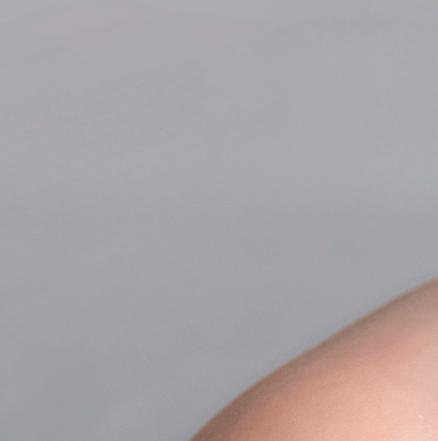









Until that happens, remember to: Nap when baby naps Go to bed when baby goes to bed Know your sleep will be interrupted—but not forever
Avoid these Infant Sleep Mistakes




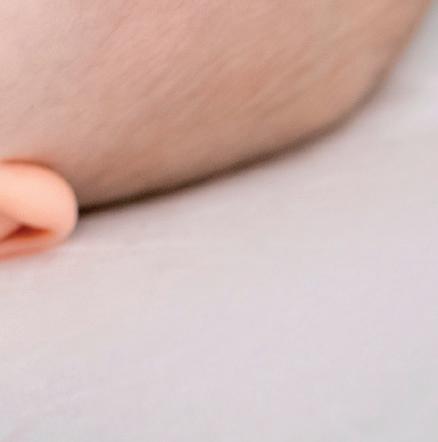

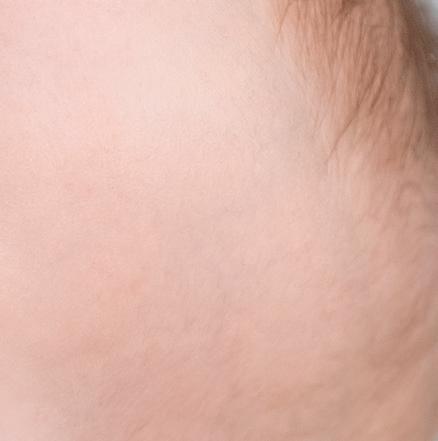


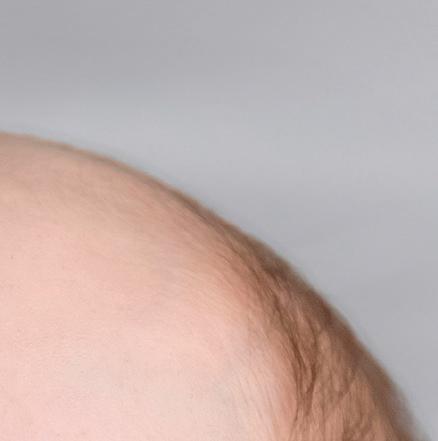

We get it, you’re exhausted—and this can lead to accidents that could be harmful for baby. To avoid these risks: Let baby sleep with you in your room, but never in your bed Always put baby to sleep on a safe infant sleep surface like a crib or bassinet that you can put close by in your room



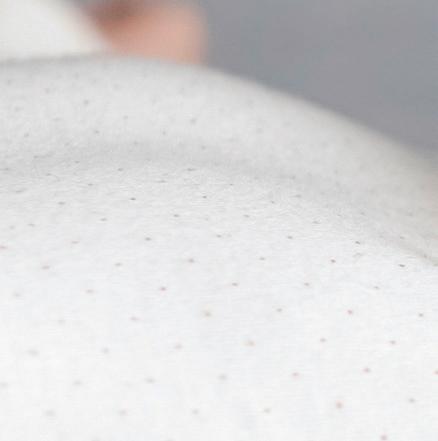

48 health4mom.org healthy babies
Always place baby on their back— never their stomach or sides—for sleep
Avoid making a “cozy nest” with pillows or other soft items in baby’s sleep space—those pictures are cute but dangerous for baby by increasing their risk of Sudden Infant Death Syndrome (SIDS)
Safe Sleep Recommendations














Do not sleep with your baby (called bedsharing). Room-share is best
Position baby on their back for all sleep. Side positions are not safe Use a safety-approved crib or bassinet with a firm mattress and tight sheet
Keep all soft items out of the bed, including blankets, pillows, bumper pads, and stuffed toys Breastfeed! It’s protective and the more the breastmilk your baby gets the better
Offer your baby a pacifier – it’s protective Avoid tobacco smoke exposure during pregnancy and after the baby is born Avoid alcohol, marijuana, or illicit drugs during pregnancy and after the infant is born Keep the baby from overheating with either clothing or high room temperatures
Go to all prenatal visits when you are pregnant Provide all recommended immunizations – this is protective Avoid monitors or devices marketed to reduce the risk of SIDS
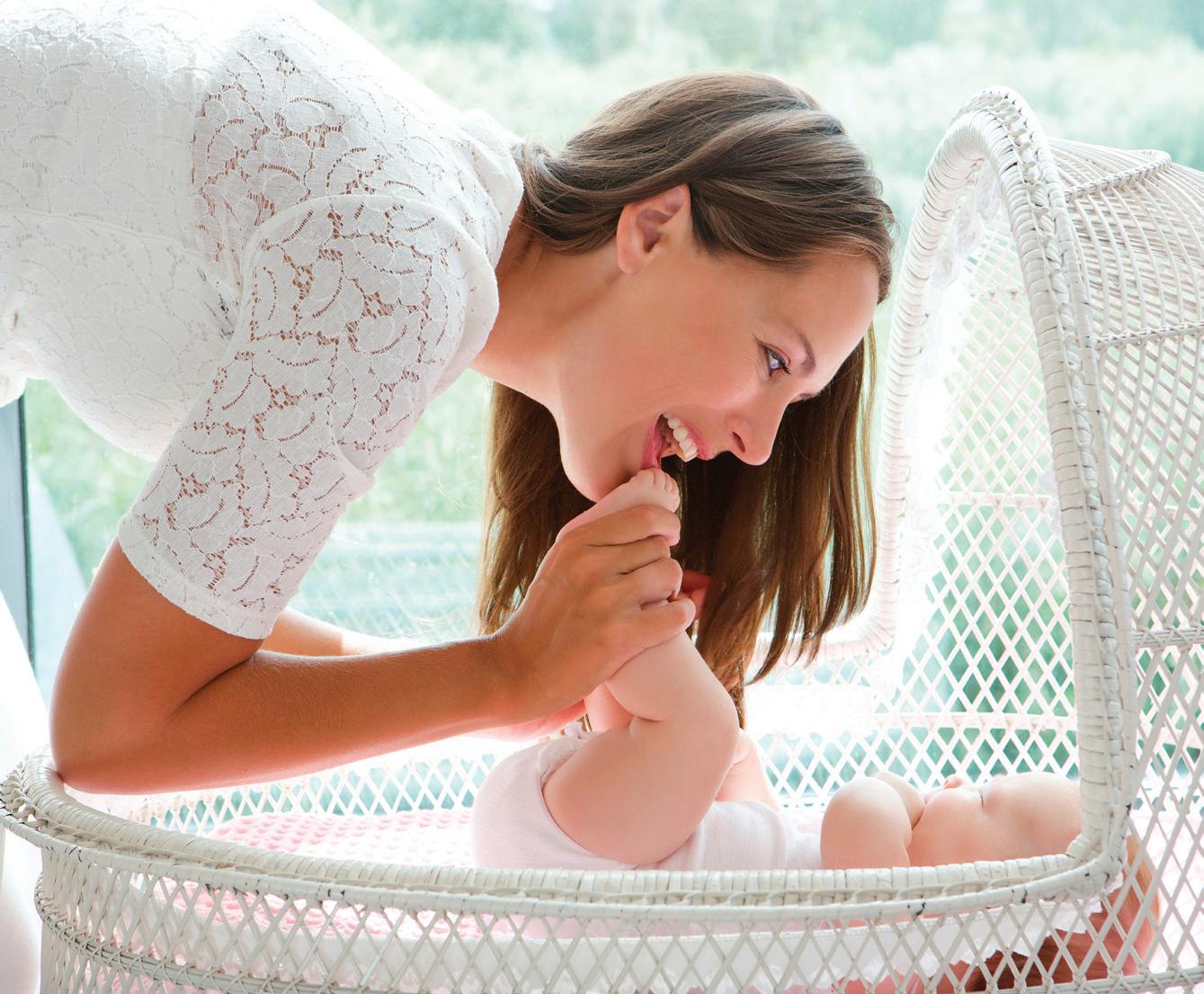
Do not use sitting and carrying devices for routine infant sleep
Provide “tummy time” when the baby is awake and supervised Educate everyone who cares for your baby about these safe sleep rules
Good Sleep Habits

Good sleep habits are safe sleep habits. In terms of safety, the American Academy of Pediatrics (AAP) has published a list of safe sleep recommendations to help prevent sleep related deaths, including SIDS (see Safe Sleep Recommendations). Following this advice from the AAP is a critical fi rst step.






















Next, think about developing a healthy (and consistent) bedtime routine. An important goal is for the baby to be able to go to sleep on their own, and eventually to be able to go back to sleep on their own when they are lightly awaken, this is called “selfsoothing.”
Healthy Bedtime Routines
Here are some ideas to help you form an enjoyable bedtime routine now and as your baby grows. Make your routine enjoyable so that baby will enjoy and look forward to this transition that signals that bedtime is coming soon.
Learn your baby’s sleepy cues, such as them rubbing their eyes, yawning, or getting fussy. Begin your bedtime routine 30-60 minutes before you
want baby to drift off to sleep. Set the stage for successful sleep with the following routines: Start your routine before baby is overly tired Decrease the lights, activities, and noise Sing softly, quietly talk, or read a book Give baby a bath or wash their face with calming warm water and a soft cloth Put on their cozy pyjamas or swaddle blanket Nurse or feed baby; try not to let them fall asleep in your arms as this becomes a hard habit to break Off er a pacifi er to reduce SIDS risk, as per the AAP
Finally, lay baby down in their crib as they become drowsy but before they fall sleep. This helps them learn to go to sleep without needing to be held, fed, or rocked.
SHARON HITCHCOCK, DNP, RNC-MNN teaches nursing at the University of Arizona in Tucson. She is passionate about reducing infant deaths and promoting infant safety. She serves on multiple state and national teams dedicated to reducing infant sleep-related deaths.
IMAGES: DREAMSTIME
ISSUE 34 / 2023 Healthy Mom&Baby 49 healthy babies
How to Choose a Pediatrician
By Lakisa Ballard, MSN, RN, C-EFM, RNC-OB
As you prepare for your sweet baby, an important choice you’ll make before your second trimester ends is choosing your baby’s doctor—their pediatrician.
Choosing a pediatrician can be a daunting task, especially if you’re new to a city, the only person you know with young kids, or if you’re just not sure how to choose a healthcare provider. Let’s discuss how you can confidently pick your baby’s pediatrician.

What is a Pediatrician?
Pediatricians are doctors that specialize in taking care of children from birth to age 18. Specialized doctors work in hospitals, private offices, and clinics. Following your baby’s birth, most hospitals require that your baby is evaluated by their pediatrician, family physician or pediatric nurse practitioner (PNP) within 24 hours.
When parents don’t have a provider chosen for their new baby, they will be assigned a provider during their stay in
the hospital. When you return home, your baby will need ongoing care from a pediatrician you will see at their office.
To find a great pediatrician, start with recommendations from friends and family members. Do you prefer a male or female pediatrician/pediatric NP? Does your preferred pediatrician’s office hours align with your schedule? Are there options for your baby to be seen on weekends?
Then ask about policies for practices such as vaccinations. Have your questions ready as you narrow your search. If you don’t have family and friends nearby, find new mom groups, and websites that rate pediatric providers in your area.
Convenience Matters
Be sure that you and your partner choose a provider who may be in the most convenient location to your home or work. Many of your baby’s appointments, scheduled and unscheduled, happen within the first
year of life. This could help to alleviate extra stress by avoiding the need to commute a long distance from the places you spend the most time!
It’s also important to know if your desired pediatrician is accepting new patients. Call the office to inquire and share your due date. Their current number of patients and practitioners in the office determines how many patients they can handle, so call as early as possible.
Often, your infant’s pediatrician becomes an important part of your family as your sweet baby grows up. Finding the best healthcare provider to fit your family’s needs is an important step and may require a little time and research. But your baby is worth it, so let’s get started new parents, you’ll be glad you did.
LAKISA BALLARD, MSN, RN, C-EFM, RNC-OB , is a Labor and Delivery Clinical Nurse Educator at Holy Cross Hospital in Maryland. Lakisa’s diverse clinical background contributes to her holistic approach to patient care and versatile teaching methods.
IMAGES: DREAMSTIME
50 health4mom.org healthy babies
While in the womb, babies are surrounded by constant sounds. These sounds contribute to an environment where they feel calm, safe, and secure. We know you want your special bundle of joy to feel comfy and safe, which is where Baby Shusher can help.
Baby Shusher uses a rhythmic "Shhh" sound to break baby's crying spell, mimicking life in the womb. Shushing is much more effective than just using white noise, with hospitals and NICU around the country using Baby Shusher to care for their most fragile babies. As parents ourselves, we know parenting can seem daunting, but you can do it! We would love to be part of your parenting journey, helping to give baby (and you) the sleep you need.
Portable & Wireless Take Baby Shusher anywhere baby goes! It's battery operated, with no wires or cords to tie you down.

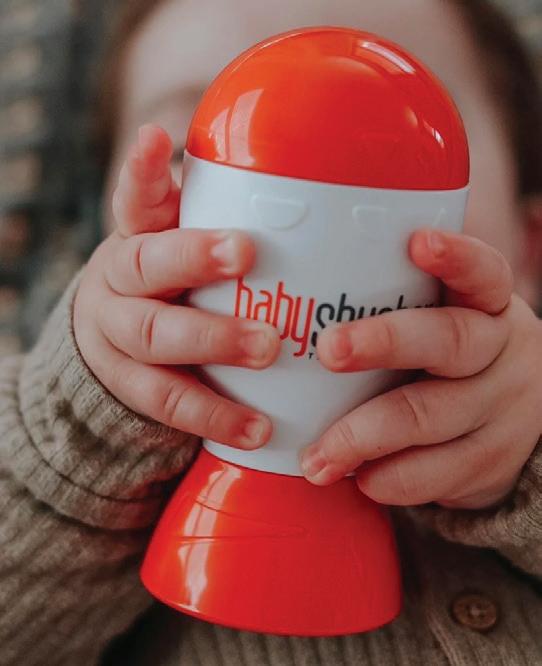
Adjustable Volume
The simple volume dial allows you to adjust the sound of the machine depending on baby's preferences.
Timer Options
Choose to play the sound for 15 or 30 minute intervals, depending on how long it takes baby to fall asleep.

ABCs of Safe Sleep
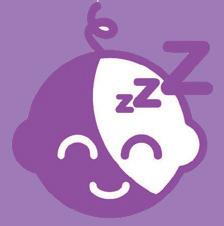
Baby should sleep by himself. No blankets, no pillows, no loveys, no people.
Baby should be placed on her back for every sleep for the first year of life.
Baby should be placed in their crib (or bassinet or play yard) that meets federal safety standards for every sleep.
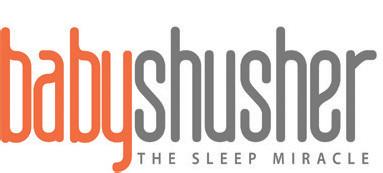
Safe sleep. Every sleep. AloneBackCrib -
Safe Infant Sleep
Pediatricians Recommend Using Pacifiers With Baby from Birth


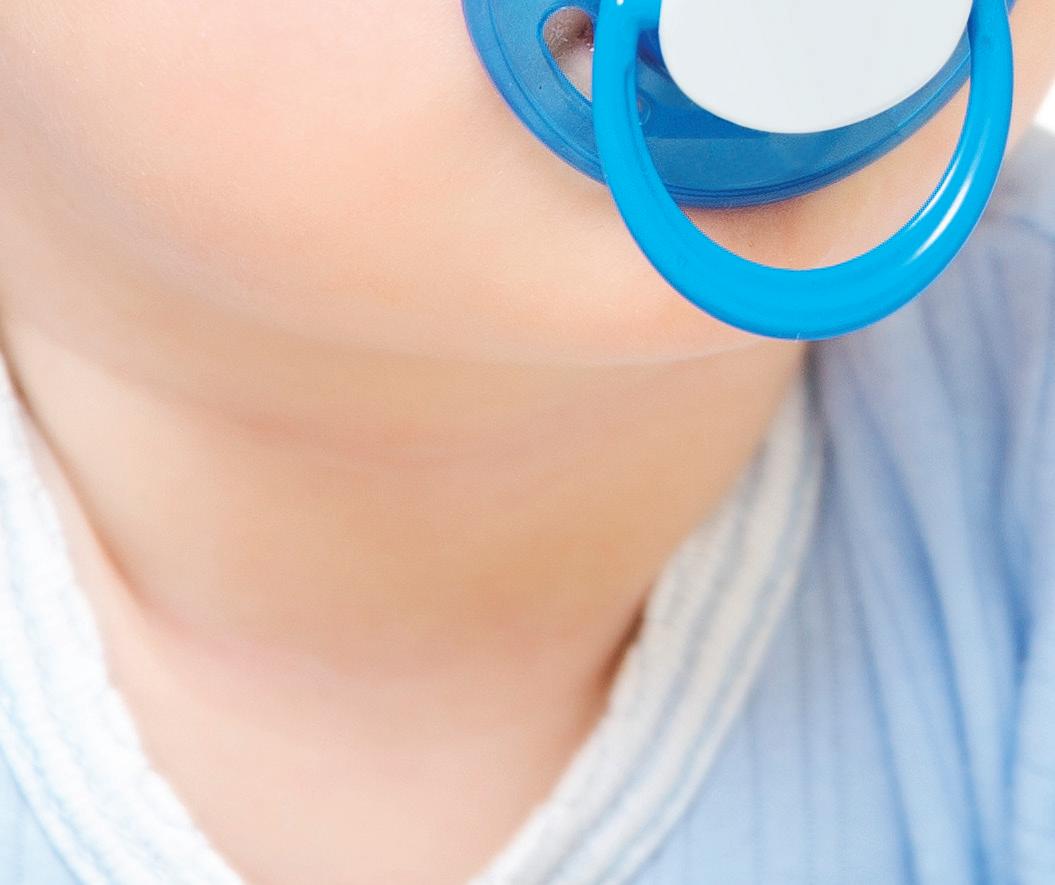


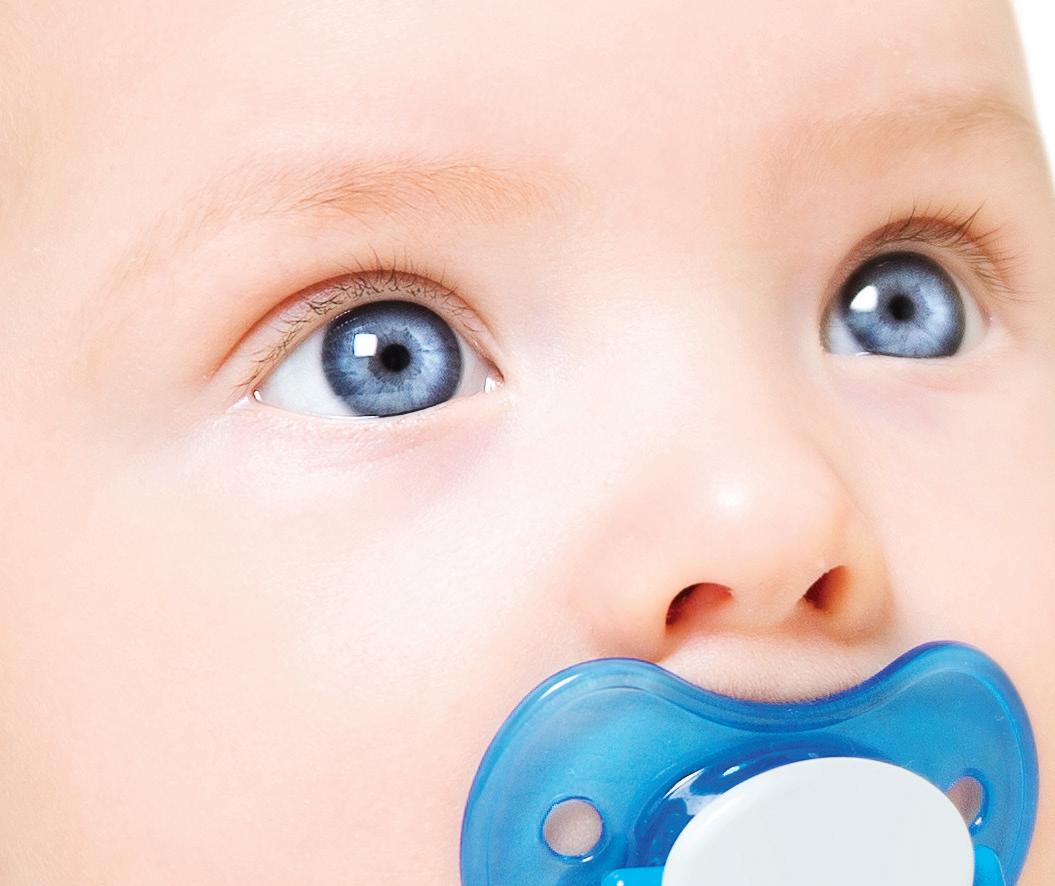
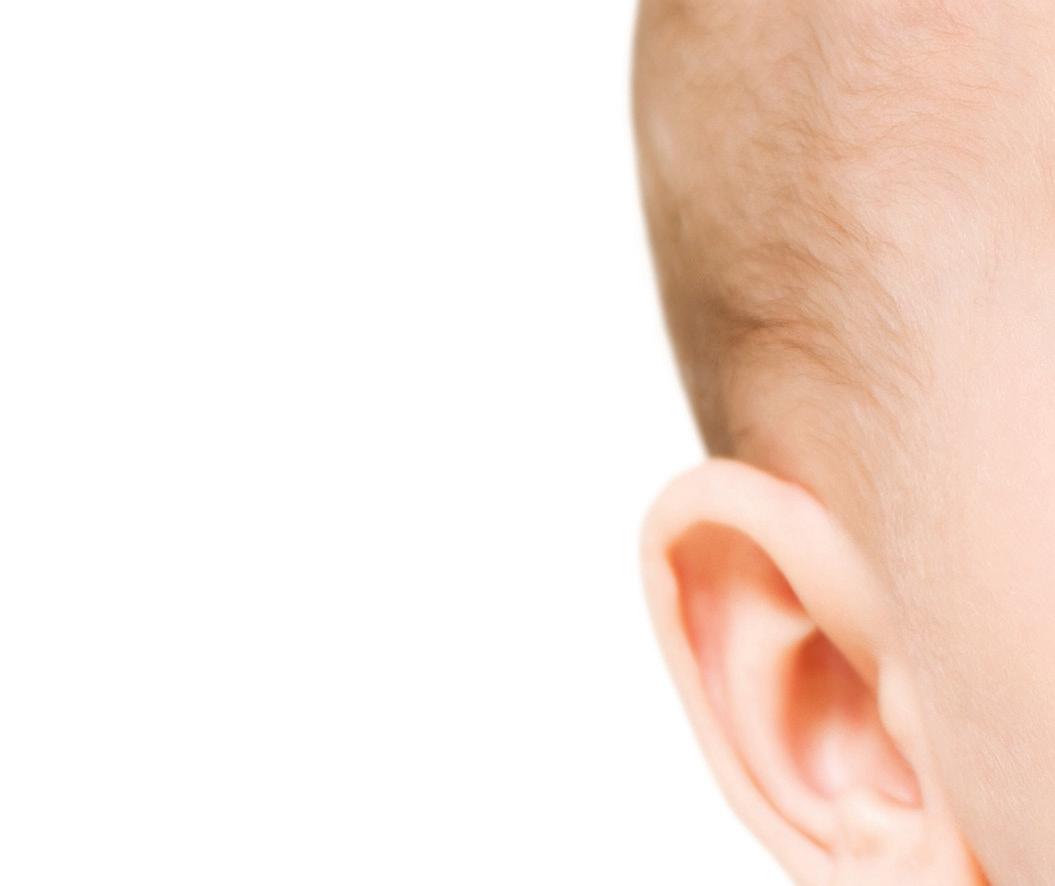

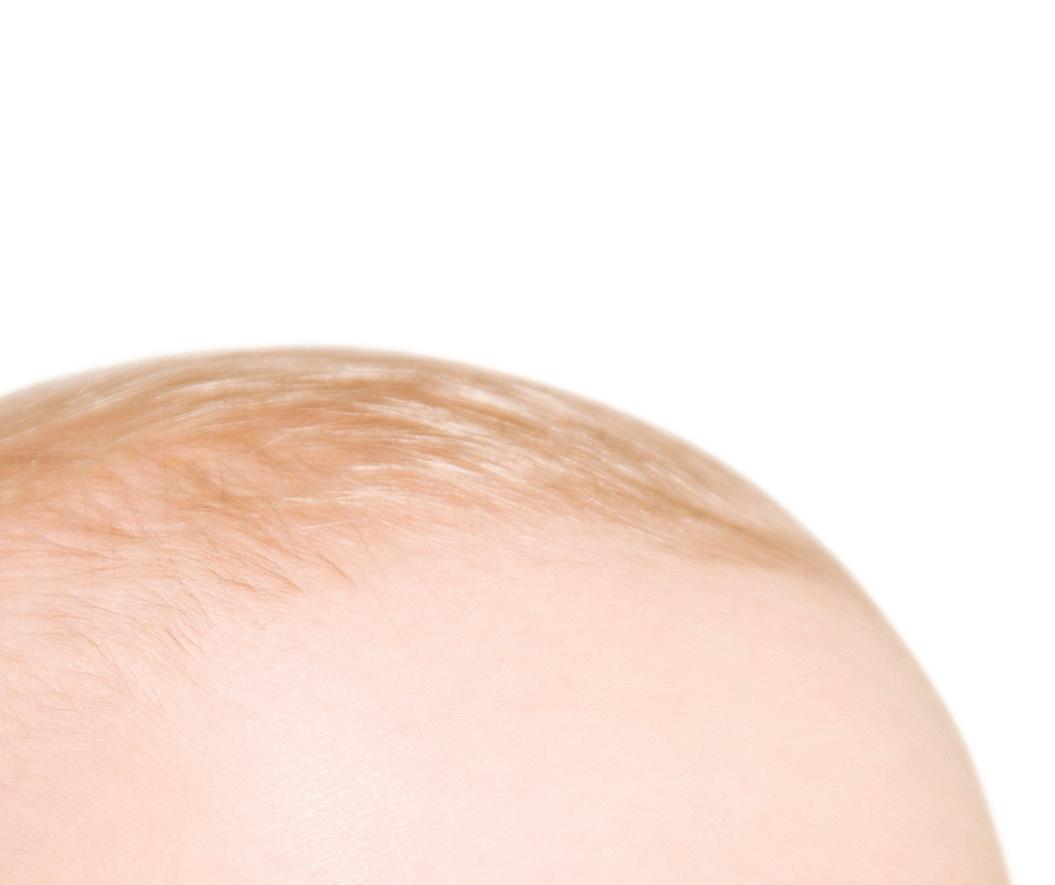
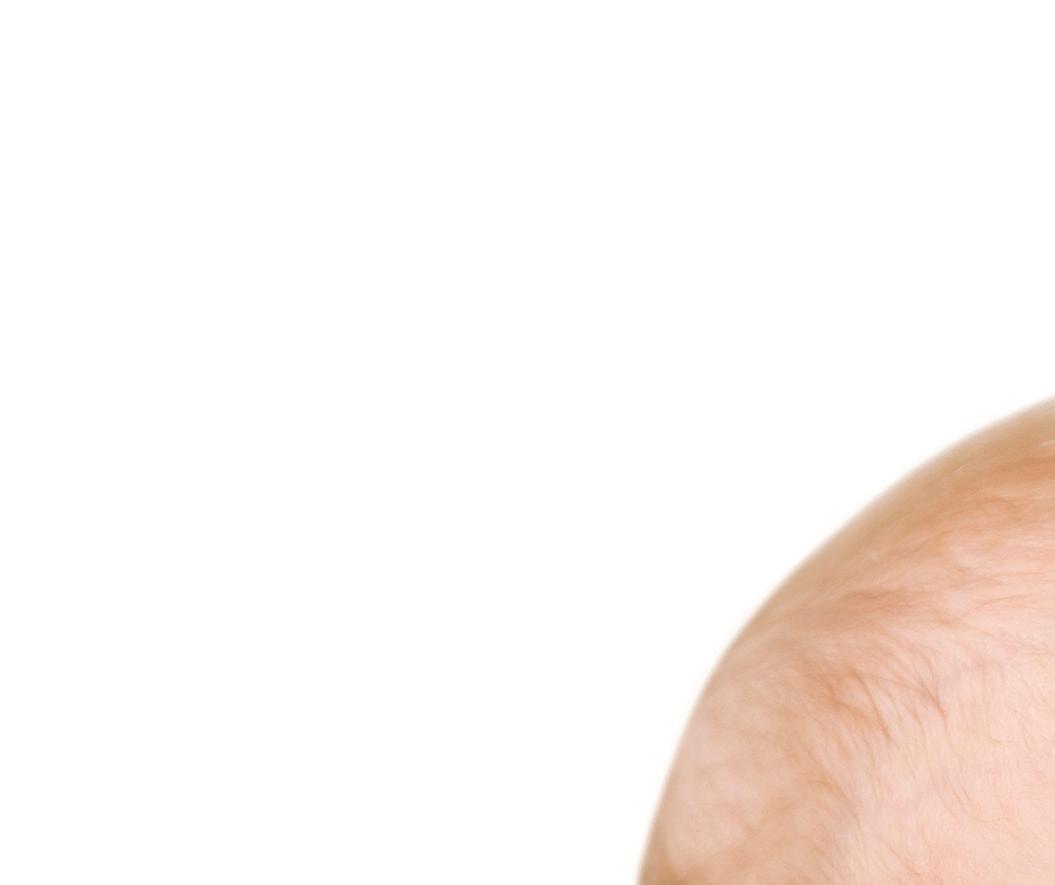 By Sharon Hitchcock, DNP, RNC-MNN
By Sharon Hitchcock, DNP, RNC-MNN



52 health4mom.org healthy babies
Face it, babies suck. They love to suck! For babies, sucking is a natural (and strong!) instinct that helps ensure they’re ready to eat soon after birth.
Sucking is a Natural Reflex
Baby’s desire is to suck early on in pregnancy. Ultrasounds will sometimes show a fetus sucking on their fi ngers or a toe. This is because sucking calms babies. And babies don’t just suck when they’re hungry— they suck anytime they want to relax.
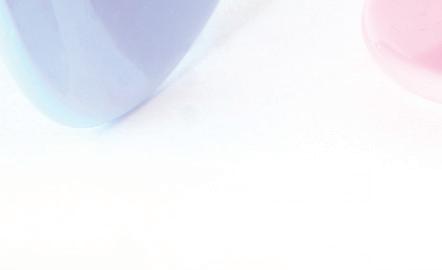
Sucking without wanting to eat is called “non-nutritive” sucking; this is baby’s natural way to calm themselves or simply relax a bit. You may notice your baby moving their lips in the sucking refl ex as they’re dozing off.
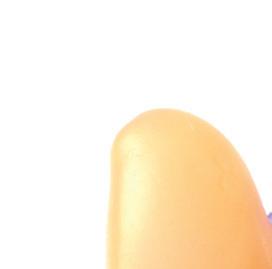

For baby, sucking on a pacifi er is like adults relaxing with soothing music, chewing gum, reading a good book, or taking a warm bath—things we do to slow down and unwind before sleep.
Benefits of Pacifier Use
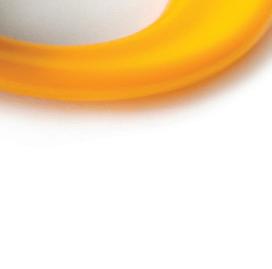
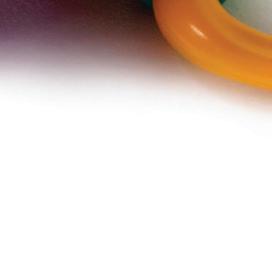
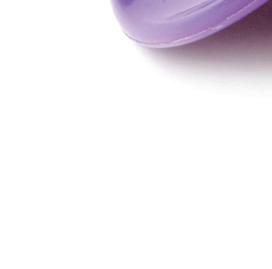
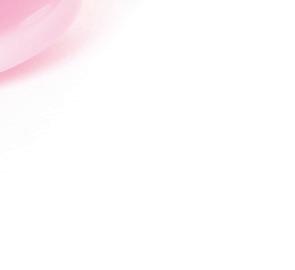


While calming, using a pacifi er when baby is drifting off to sleep has been shown to reduce baby’s risks of Sudden Infant Death Syndrome (SIDS). This is why the American Academy of Pediatrics recommends that parents place baby to sleep with a pacifi er.
Because pacifi ers are recommended by the American


















Academy of Pediatrics (AAP) and other baby experts, they are generally considered safe for baby. Clean your baby’s pacifi er each time before they use it and look for nicks, cuts, or wear that means it’s time to replace that beloved binkie.
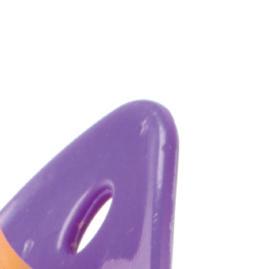
You may have heard that using pacifi ers can cause dental issues, speech problems, or ear infections— those are generally unfounded and not proven in research. Both the AAP and American Dental Association (ADA) recommend stopping pacifi er use between the ages of 2 and 4 years old if your toddler hasn’t stopped on their own by then.
While you can give your baby a pacifi er from birth, the AAP recommends off ering a pacifi er when breastfeeding is well established, typically by 3-4 weeks of life. The idea that pacifi ers could aff ect breastfeeding is not well supported by research.



Some parents prefer to let their little one suck on their fi ngers. However, if your child needs help breaking the sucking habit (not all do), a pacifi er may be easier to stop than fi nger sucking, since pacifi ers can “magically” begin to disappear when fi ngers obviously cannot!
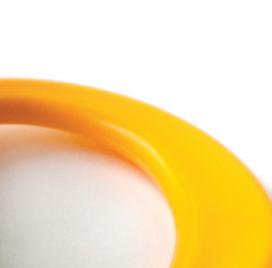
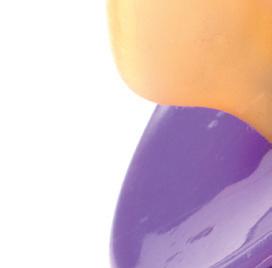
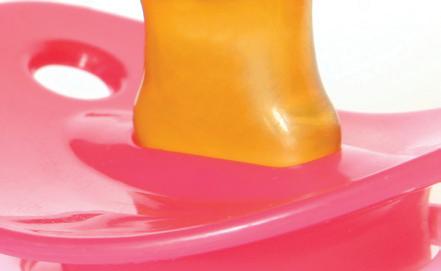

SHARON HITCHCOCK, DNP, RNC-MNN teaches nursing at the University of Arizona in Tucson. She is passionate about reducing infant deaths and promoting infant safety. She serves on multiple state and national teams dedicated to reducing infant sleeprelated deaths.
Healthfully Use a Pacifier
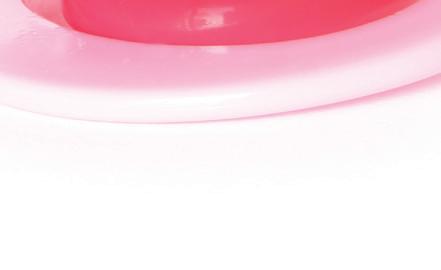
O er a pacifier at bedtime and for naps, but don’t force it if your baby isn’t interested Once baby falls asleep and the pacifier falls out, you do not need to replace it Don’t use any clips or ties to keep the pacifier from falling to the floor – these can be dangerous There is not one pacifier shape that is better than others –experiment and see what your baby prefers Keep a good supply! They tend to disappear or end up on the floor just when you need one the most Wash pacifier(s) frequently to keep them clean: For the first 6 month, boil them or put them through the dishwasher. A er that, soap and water are adequate Pacifiers wear out: Examine them o en to make sure they are not beginning to fall apart or are sticky Children o en stop using a pacifier (or finger sucking) all on their own. For those that need a little help, wean them o slowly. Use praise and rewards when they don’t use them, and o er support and reminders throughout the day and night when they “need” one

IMAGES: DREAMSTIME
ISSUE 34 / 2023 Healthy Mom&Baby 53 healthy babies
Must-Have Toys for Your Newborn Baby



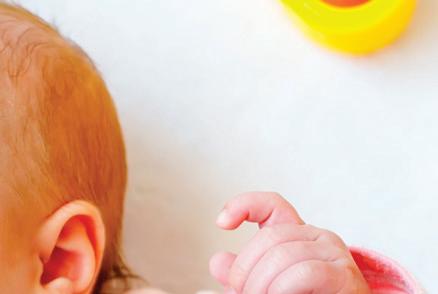
 By Dr. Danielle Beasley, PhD, RN, RNC-OB, CNE
By Dr. Danielle Beasley, PhD, RN, RNC-OB, CNE













































During baby’s fi rst 6 months of life, you can expect them to become more and more excited and curious to learn about the world around them. Provide your baby with safe toys that help them discover their sense of touch, hearing, taste, and sound. There are many toys to choose from; start with these basics and build out from there depending on what your baby likes most.
Rattles
Rattles are great for getting baby interested in sounds. Gripping the rattle will help baby strengthen their grasp. Place baby’s rattle out of reach to motivate them to lift their head, roll to get their rattle, or even squirm along the fl oor on their belly toward their toy.
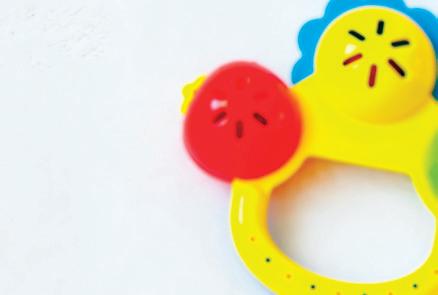
Teethers
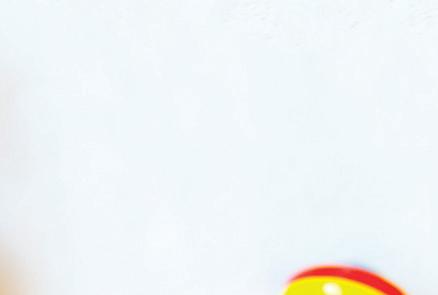
Teethers help babies sooth sore gums and explore their sense of taste. Some of the newest teethers include mesh that hold bits of small frozen snacks. Find a teether that’s easy for your baby
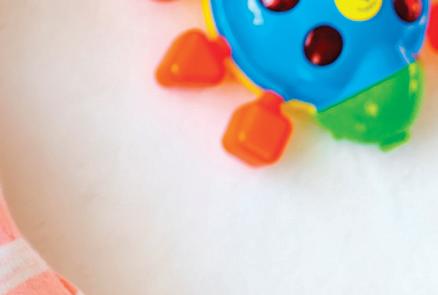
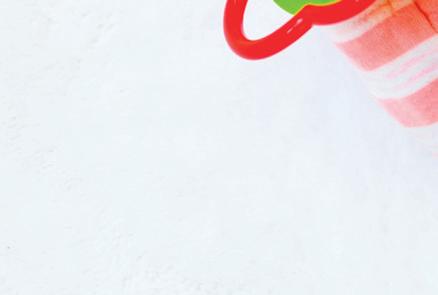

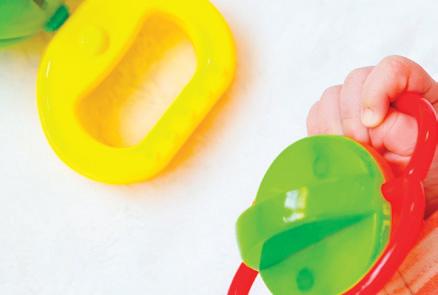
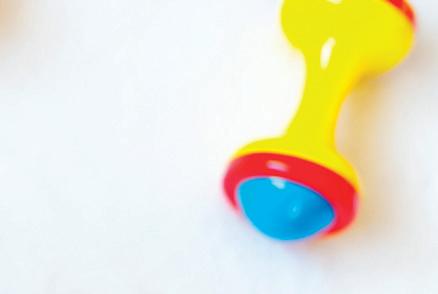


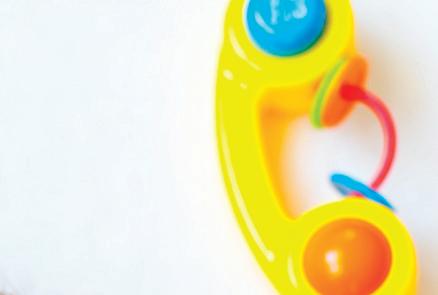


to hold. Always supervise your baby with anything they’re putting in their mouth.
Toys that Play Music
Toys that play music promote your baby’s physical, emotional, and intellectual development by strengthening cognition and fi netuning their senses. Just make sure the toy is age appropriate and watch your little one play and sway.
Baby Swings
It can be diffi cult to hold, shush, and rock your baby 24/7. A baby swing can soothe your baby and give you a muchneeded break. Swings can be snuggly, rock your baby, play music, emit shushing sounds, and entertain babies with lights or music.
Bouncy Seats
Babies love to bounce! Bouncy seats have a spring motion so you can sit your baby in a semi-reclined position, complete with a safety strap, and
watch them bounce to their heart’s content. This can be soothing for your baby since the seat can mimic your baby’s natural movements. Bouncy seats are also easy to move from room to room.
Play Gym
Play gyms come in diff erent shapes, sizes, and themes, and provide a safe, comfy spot for your baby to relax, explore toys and colors, and work on developing fi ne motor skills. Your baby may reach for the hanging toys and rattles. They may follow a swinging ring from side to side.
You can also use a play mat for tummy time, which is essential to help baby build strength in the muscles in their neck and arms. These muscles can help them with motor skills like crawling and even talking.
DR. DANIELLE BEASLEY, PHD, RN, RNC-OB, CNE , is an assistant professor and BSN Program Director at South University College of Nursing and Public Health in Tampa, FL.
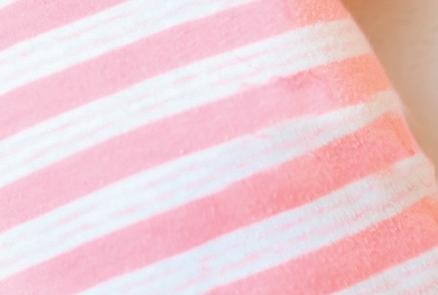
IMAGES: DREAMSTIME
54 health4mom.org healthy babies
For pregnancy and parenting advice at your fingertips, on any digital device from phone to tablet to desktop, the Healthy Mom&Baby digital edition is your searchable, clickable, readable friend!





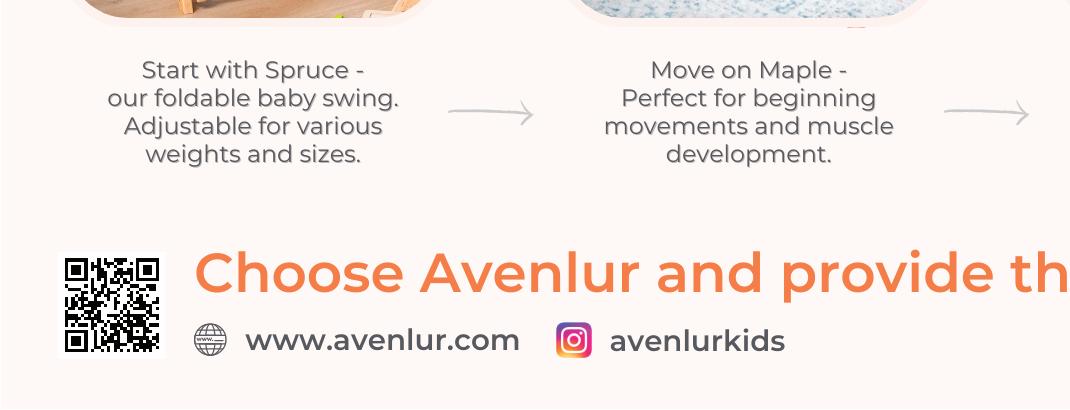
Read online at: www.health4mom.org/hmb




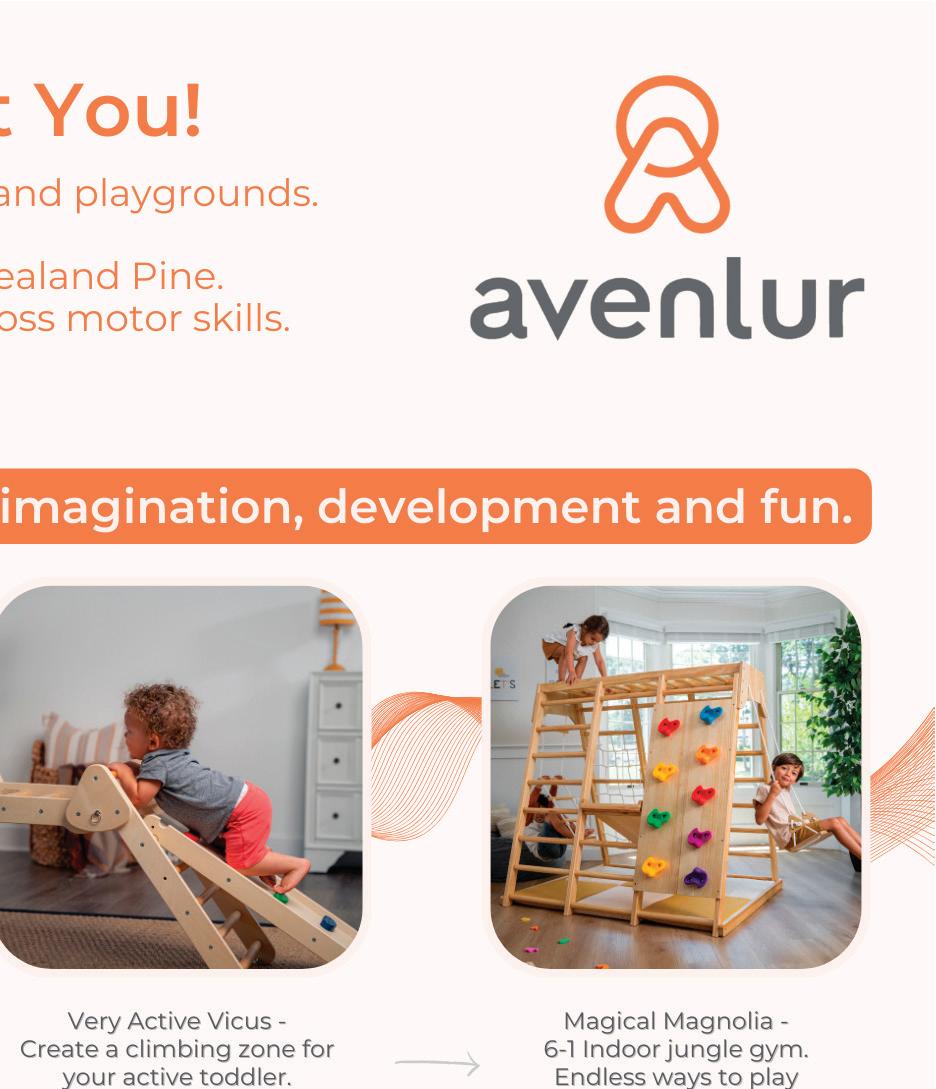
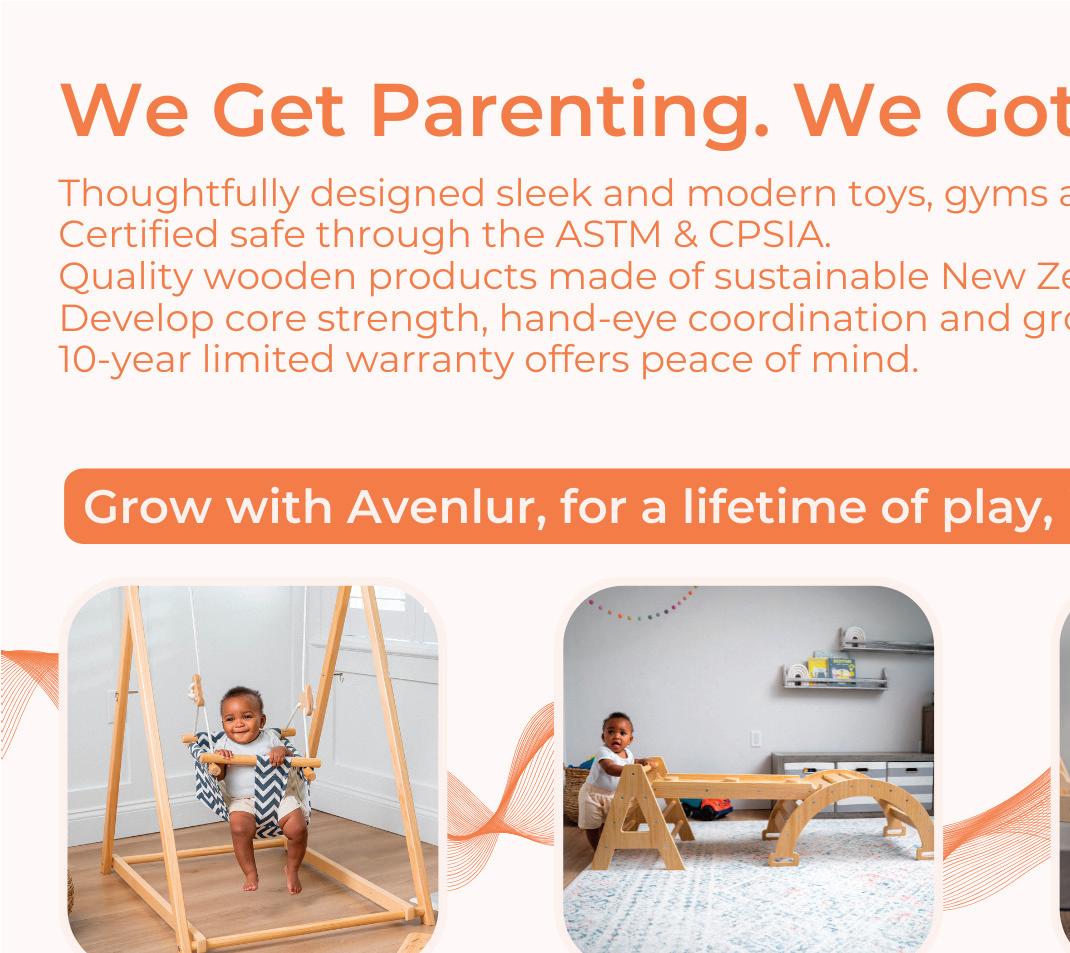
PRODUCT GUIDE
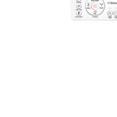
SOOTHING & COOLING
Support your postpartum health with expert-made relief from Doctor Butler’s. Their cooling spray soothes torn, tender, and burning perineal skin instantly, and provides a protective layer to encourage healing. Don’t love the numbness of Dermoplast? Try this soothing spray instead. www.doctorbutlers.com
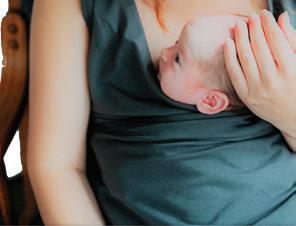

RELY ON FLORADIX
Floradix Iron + Herbs has been a leader in quality health and wellness solutions for more than 60 years and a beloved brand trusted by moms-tobe for generations. Floradix supports healthy iron levels to maintain energy for a life, activated. https://www.fl oradixusa.com/ products/fl oradix-iron-herbsliquid-herbal-supplement

FERRETTS IRON SUPPLEMENTS


SAFE & SECURE
Moms are tired after birth, but skin to skin bonding is essential. The solution? The Skin to Skin Gown! Designed with access for fetal monitoring and epidurals, it can be worn throughout labor. After delivery, place baby on mom’s chest and position bonding panel to secure baby so mom can relax without fear of dropping baby. Use code SKIN2SKIN for $25 off your order. www.skintoskingowns.com
*Not intended to be used while sleeping. Always put baby in safe location before going to sleep.
PREMIUM YET AFFORDABLE
The BidetMate 3000 Series Bidet seat brings comfort, luxury, and a premium experience to the bathroom for an affordable price. With its instant water heating, adjustable Cyclone-DRI dryer, and UV sterilizer, families will ask themselves how they lived without one. www.bidetmate.com
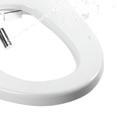

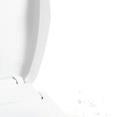


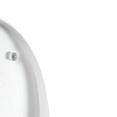


My pharmacist recommended Ferretts Iron over 7 years ago, I had been taking several different brands of iron supplements for low iron/anemia and the other brands were giving me an upset stomach and/or had not increased my iron levels on my lab work. I started taking the Ferretts and it has changed my life. No more upset stomach and my lab work remains consistent. My levels are in the healthy range, and I no longer feel that extreme fatigue. Just a fantastic product. I will never use anything else. www.betteriron.com
PREVENT & REMOVE STRETCH MARKS
FRESHNESS DELIVERED
Get fully prepared meals made to order fresh and cooked using only the best ingredients by our team of chefs. We cook, pack, and deliver right to your front door. Mix & match your sides to create meals you know your family will love. With breakfast, lunch, dinner, and dessert options, you’ll always have delicious meals ready to eat. Simply heat & enjoy! Use code HMB2022 for 10% Off your first order. www.topchefmeals.com


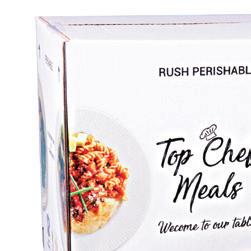
Nourish your bump with this Dermatologist Approved, UltraHydrating Cream. Proven to prevent and reduce the appearance of Stretch Marks by 62% after just 4 weeks, nêmah is clean, yet effective. Use code HMBNemah for 10% off your first order. www.nemah.com
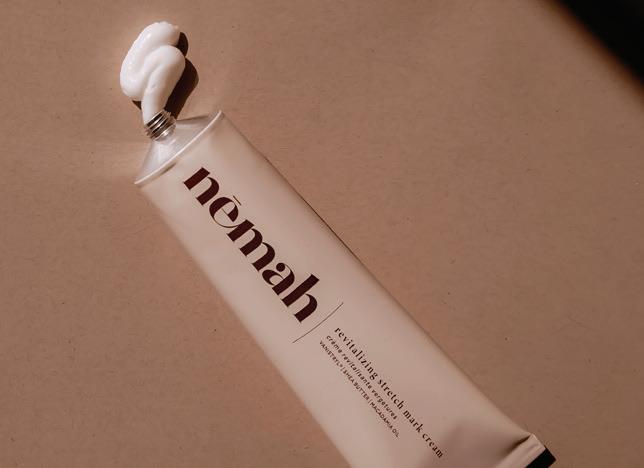
SOOTHIC SITZ BATH
Did you know, a sitz bath can help accelerate your postpartum recovery. Warm water promotes blood flow around the anogenital area which can help you heal faster. Recommended by doctors, doulas, and midwife-nurses since the early 1800’s, hip baths are still given out in hospitals around the world till this day. Soothic, soothing postpartum, one bath at a time. Ahhh. www.soothic.com
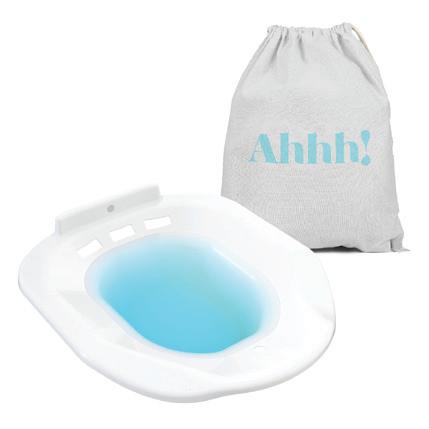

Check out these parent-approved favorites!
ADVERTISING PROMOTION
56 health4mom.org
Car Seat Safety: Get the Right Seat and Fit

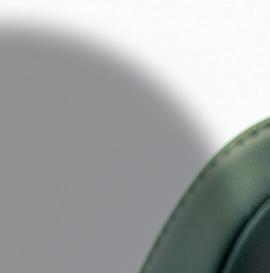 By Aliah Thomas, RNC-OB
By Aliah Thomas, RNC-OB
Keeping your child safe in the car is one of the primary concerns for parents, and for good reason. A study by the National Highway Traffi c Safety Administration (NHTSA) in 2019 revealed that 67% of children killed in car crashes were unrestrained and 46% of car and booster seats are used incorrectly.


It’s important to know that car
seats are not one-size-fi ts-all. The age, height, and weight of your kiddo determines which type to purchase. As a rule, all children ages 12 and younger are required to sit in the backseat of the car, regardless of age, weight, or height. In addition, not all car seats fi t every type of car, so be sure to test the car seat to ensure it fi ts your specifi c car.
Car Seat Types
There are three types of car seats for kids: rear-facing seat (infant car seat), forward-facing seat, and a booster seat.
For all infants and children younger than 4 years old, a rear-facing seat should be used until your child reaches the maximum height or weight of their car seat (usually about 25-60 pounds).

GETTY IMAGES
To reduce the risk of injury or death from the air bag in the event of a car crash, never place a rear-facing car seat in the front seat.
IMAGES:
ISSUE 34 / 2023 Healthy Mom&Baby 57 healthy babies
Rear-facing seats come in 3 different styles: rear-facing only, convertible, and a 3-in-1 car seat.
Rear-facing only car seats are portable, convertible car seats that can convert to a forward-facing seat, and the 3-in-1 car seat converts to a forward-facing and a booster seat.
Once your kiddo outgrows their rearfacing seat, or until age 5, they should sit in a forward-facing seat. Forwardfacing car seats also have a harness, as well as a tether that straps to your child’s chest and acts as a seat belt.
A booster seat should be used once your child outgrows the forwardfacing seat, which usually happens when they grow taller than 4 feet and 9 inches. Booster seats are available with a built-in high back or backless and both raise your child’s height so that the car’s seat belt fits properly over the center of the chest and on the upper thighs.
When using a booster seat, the seat belt should not cross over your child’s face or neck. Once your child has met the weight and height requirements
and is 13 years or older, they are able to sit in the front seat, and always with a seat belt, of course.
Installing a Car Seat
Installing a car seat is just as important as choosing the right one for your family. Be sure to read the manual for your car and the seat for proper installation. The middle seat in the back of the car is the safest place for your baby as it has the lowest chance of injury in the event of a car accident.
Get Your Seat Checked
Call your local fire or police departments to ask for assistance in installing your baby’s car seat. Car seats are secured by the lower anchors or by the car’s seat belt. The lower anchors have a weight limit as well, which can be found on the installation picture on the side of the car seat. The car seat is considered secured if it does not move side-to-side and only moves forward less than an inch.
Both rear-facing and forward-facing car seats have a harness, which are straps that secure and prevent your child from moving forward in the car seat. The harness should lay flat with the chest strap at the level of your child’s armpit. If you are not able to pinch any extra material of the harness at the shoulders, it is considered snug and secure.

It is imperative that you check the security of your child’s car seat before driving off and always use a car seat, booster or seat belt, no matter how short the drive is or how much of a rush you are in.
And remember parents, you should also set a good example for your kiddo by always wearing your seat belt as well. Children learn by doing but also by watching. A proper car seat can save your child’s life.
ALIAH THOMAS RNC-OB , is a perinatal nurse who has worked in women’s health for her entire career. She also serves as a facilitator in the Nurse Residency Program for new graduates at her hospital and is passionate about patient education and advocacy.
IMAGES: DREAMSTIME
58 health4mom.org healthy babies
FOR ALL YOUR

adventures ahead
Out around town or exploring faraway places, we know you need high-performance baby gear that’s in it for the long haul. Our style is timeless, while the features we build into our products are expertly engineered to make travel with baby easier—giving you the convenience you need to discover the world in style.


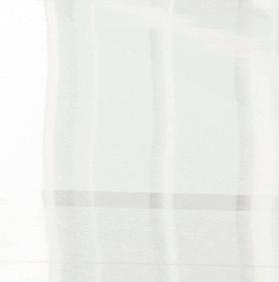



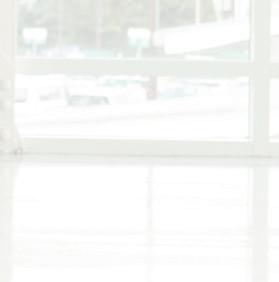


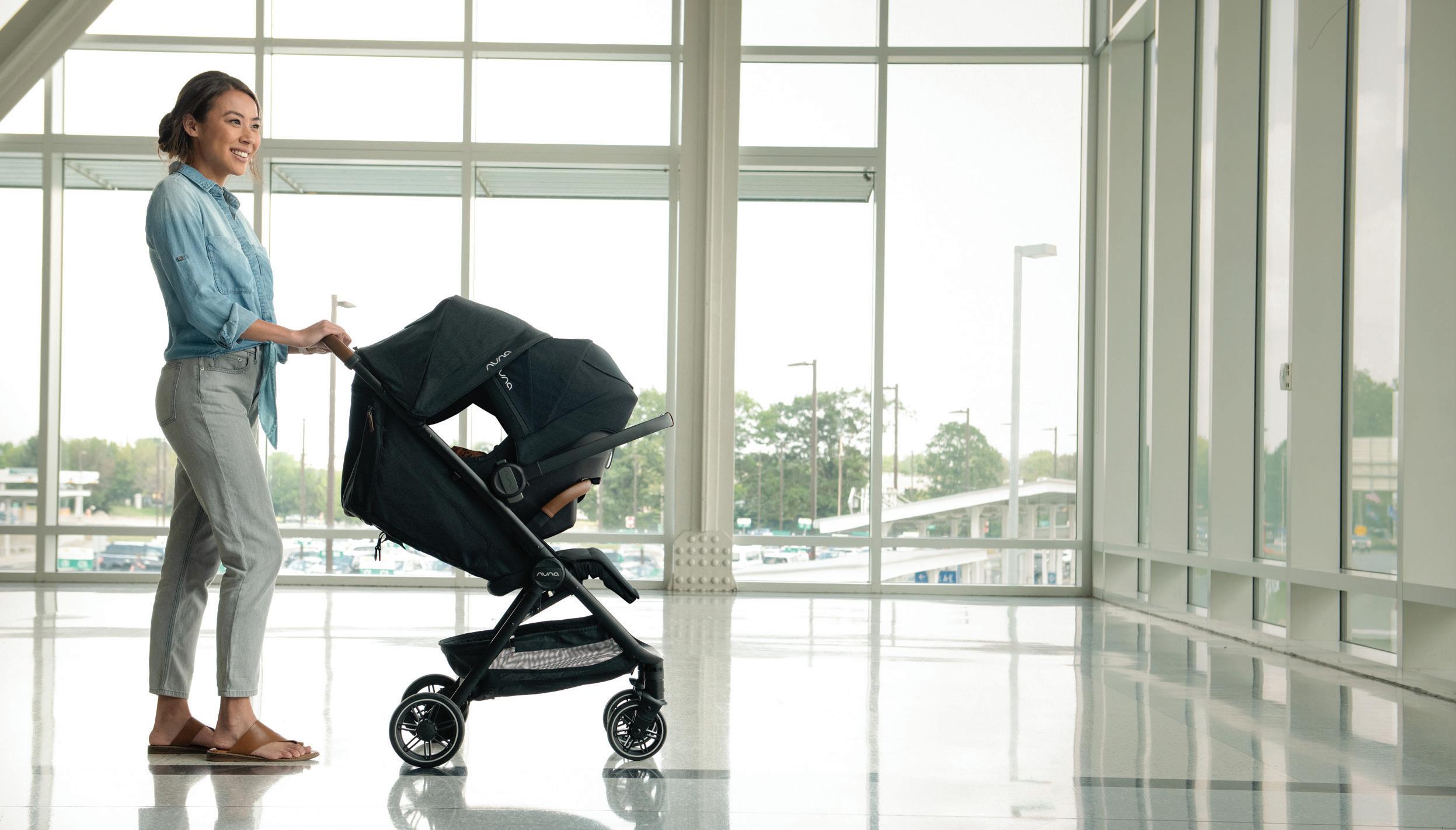
Fan favorites that our Nuna family’s been raving about.
It’s practical for all our travels. Compact and easily foldable, safe, and comfy for baby, and even easy on the eyes.
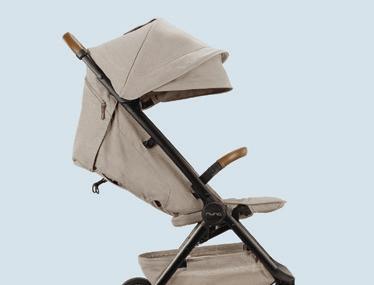



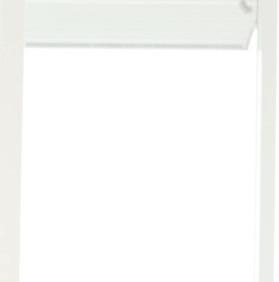


“ ”
Nicole K.
I have recommended this seat to all my mommy friends. I have already purchased one for my sister’s newborn.
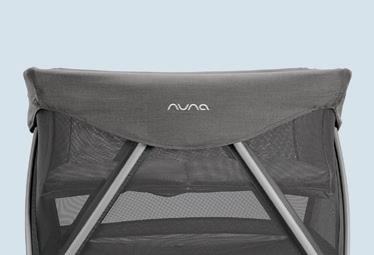
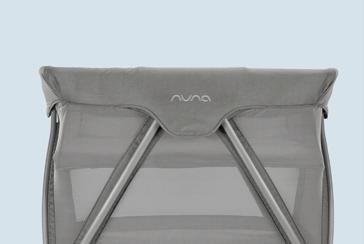
“ ”
Amy B.
Having a little one is a hand full, but with my Nuna CUDL I can be hands free!! This baby carrier is perfect for a multitasking mami.

All I can say is that it feels like pushing a smooth little Rolls-Royce. It’s compact and easy to fold with one hand.



“ ”
Jerome P.

It doesn’t take up a lot of space but is still roomy enough for my baby and it’s so easy to set up and pack away.
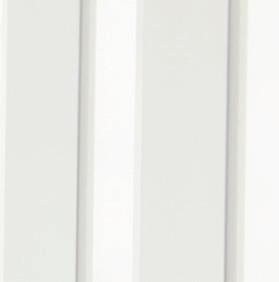

“ ”






Ivy J.

FR FREE M ATERIALS HIGH ST A NDARDS AWARD W INNING M I N DFUL MA N UFACTUR I N G BETTER F OR BABY Follow the journey @nuna_usa scan to shop
@victoriamonet “ ”
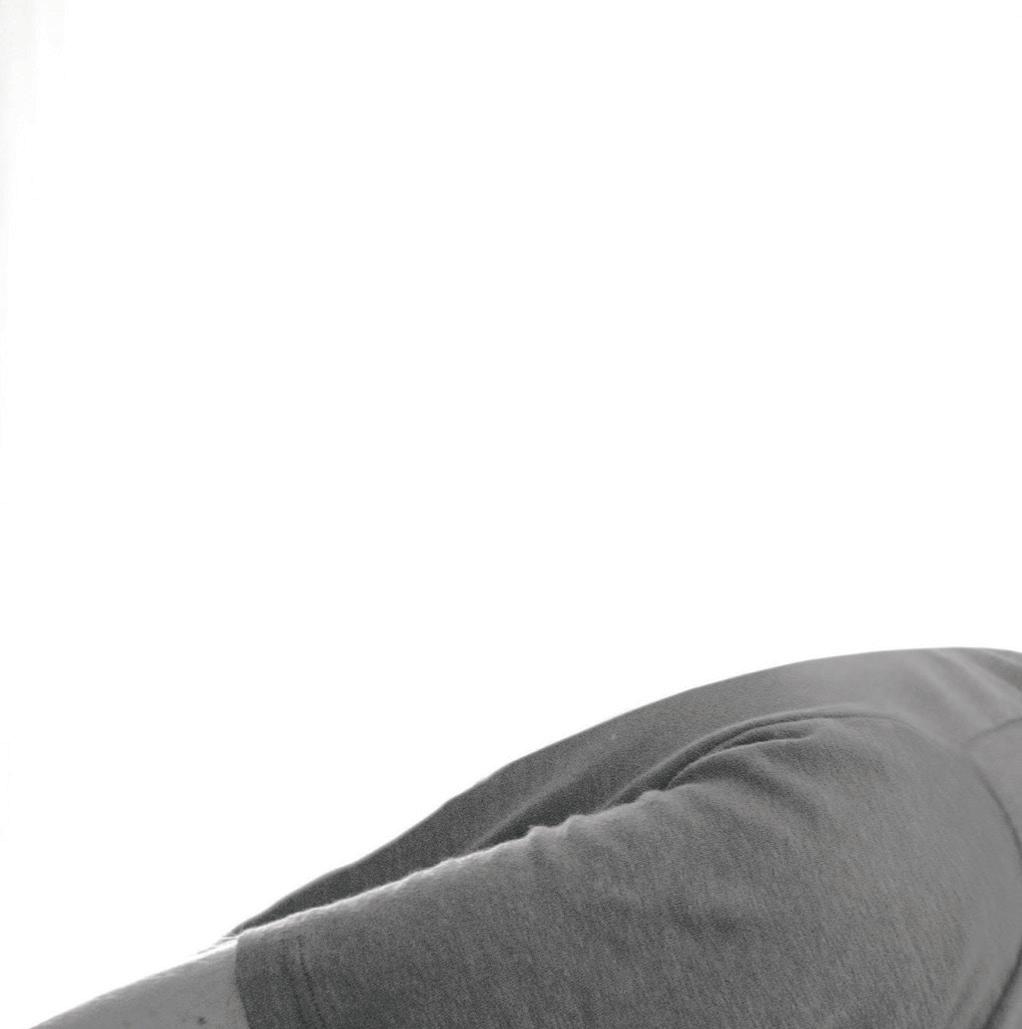


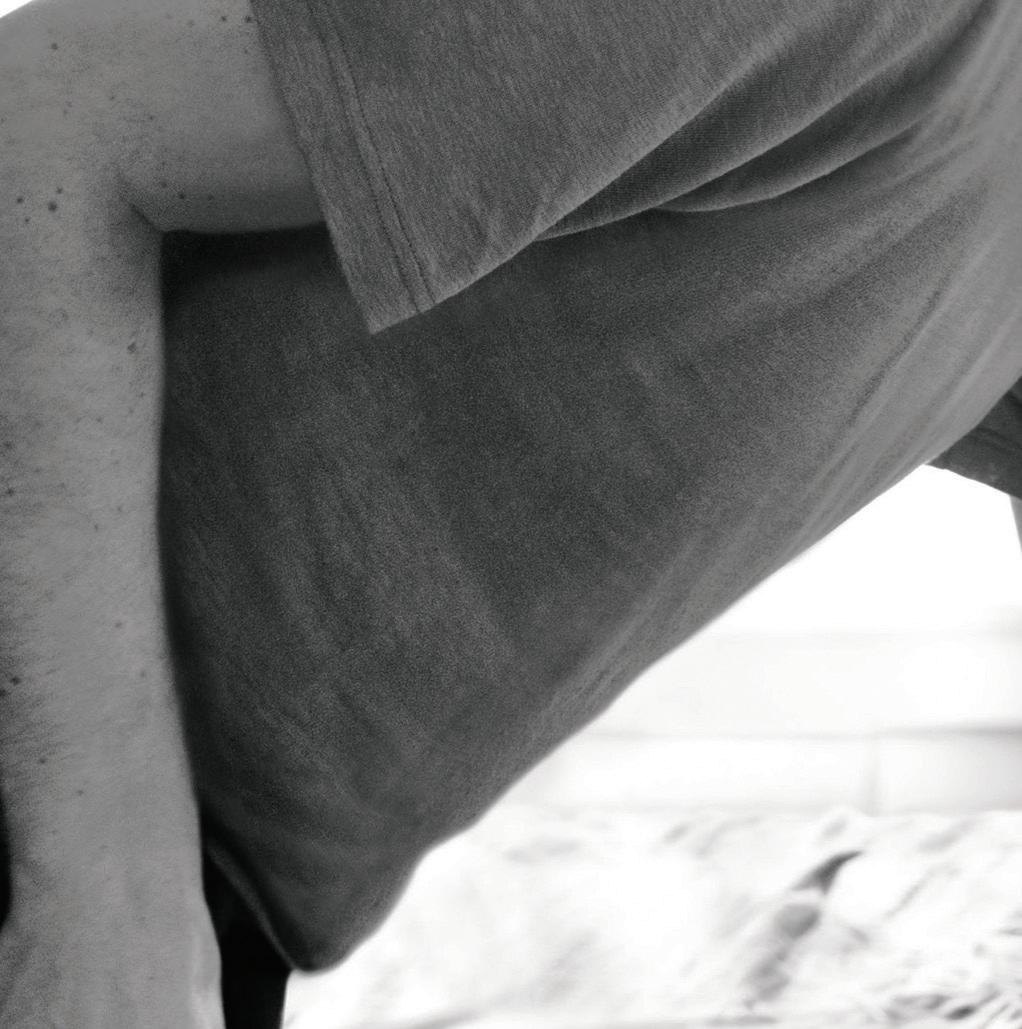
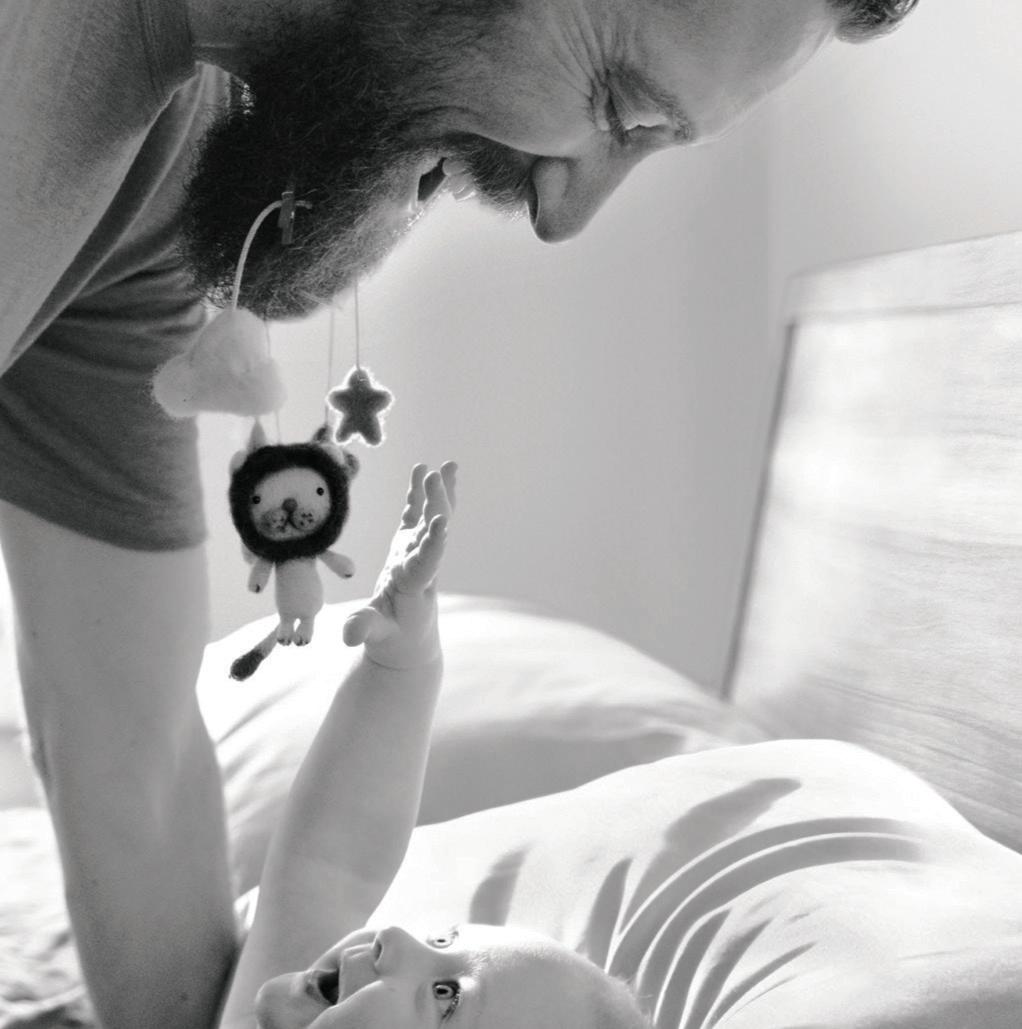


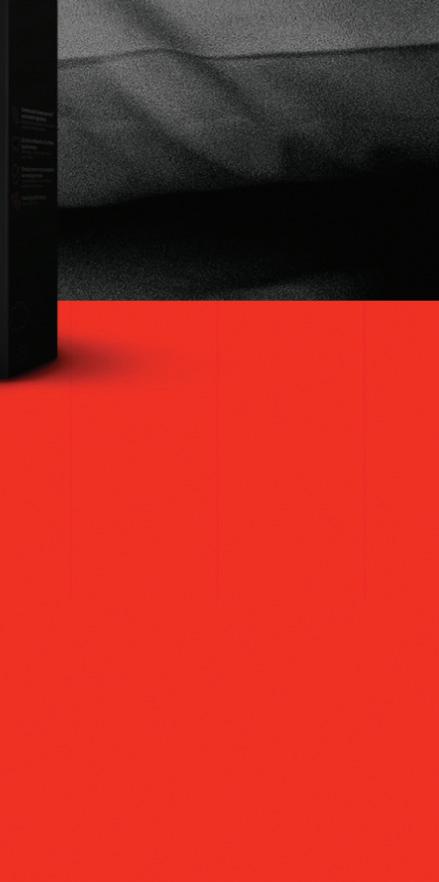
THIS WASN'T IN ANY OF THOSE 25 BABY BOOKS YOU READ... AND THAT'S PERFECT. Inspired
your own perfect care, our perfect diaper is here. *23% by weight | ®/™ Trademarks of Kimberly-Clark Worldwide, Inc. or its affiliates. © KCWW OUR SOFTEST EVER FREE OF PARABENS PLANT-BASED MATERIALS*
by











































































































































































 By Shawana S. Moore, DNP, MSN, CRNP, WHNP-BC
By Shawana S. Moore, DNP, MSN, CRNP, WHNP-BC


































































































































 JAMIE VINCENT, MSN, APRN-CNS, RNC-OB, C-EFM is a nurse expert adviser to Healthy Mom&Baby
JAMIE VINCENT, MSN, APRN-CNS, RNC-OB, C-EFM is a nurse expert adviser to Healthy Mom&Baby




















































































 By Natalie Shelton MSN, APRN, ACNS-C, FNP-C
By Natalie Shelton MSN, APRN, ACNS-C, FNP-C
 By Nikita Johnson
By Nikita Johnson























































 By Aliah Thomas, RNC-OB
By Aliah Thomas, RNC-OB





 By Tamera L. Young, RN, MSN
By Tamera L. Young, RN, MSN














































































































 Chicken Fajita Bowl
Shrimp Pesto Cavatappi
Roasted Vegetable & Eggwhite Sandwich with Turkey Bacon
Braised Boneless Short Ribs
Chocolate Mousse Layer Cake
Chicken Fajita Bowl
Shrimp Pesto Cavatappi
Roasted Vegetable & Eggwhite Sandwich with Turkey Bacon
Braised Boneless Short Ribs
Chocolate Mousse Layer Cake












 By Sharon Hitchcock, DNP, RNC-MNN
By Sharon Hitchcock, DNP, RNC-MNN




























































































 By Sharon Hitchcock, DNP, RNC-MNN
By Sharon Hitchcock, DNP, RNC-MNN





































 By Dr. Danielle Beasley, PhD, RN, RNC-OB, CNE
By Dr. Danielle Beasley, PhD, RN, RNC-OB, CNE



























































































 By Aliah Thomas, RNC-OB
By Aliah Thomas, RNC-OB













































